Welcome to “My Balsa RC Models Photo Gallery Page.” This webpage contains many of the images I used in the development of my “build descriptions” which you can download using the links I provided for each model @: “My Balsa RC Models Builders Page.” I felt those who enjoy looking at RC model construction would appreciate having larger images to view. I know anything I could find for a Balsa model I was building always helped.
NOTE - You can view all images using a “Spotlight Box” by simply clicking on any image.
Having served 24 years in the Air Force, I tend to keep track of new USAF developments, especially when it comes to new aircraft. One that has caught my attention is the new OA-1K Skyraider II. For my Semi-Scale scratch build of the Skyraider II, my starting point will be the Airtractor AT-802. This scratch build is fully covered in my OA-1K “build description” which is available for viewing and download using a link on “My Balsa Models Builders Page.”
Source of Plans Images: RCGroups Forums AirTractor AT-802 Webpage.
With my Miss Vintage build complete, I need to have something (in addition to my Stained Glass projects) to keep my fingers busy over the next few winter months. So, after building and flying my Andy Clancy Speedy Bee, I figured I would try my hand at some modifications and a scratch build of Andy Clancy's Stagger Bee. With this build finished on 27 March 2025, the final version of my Stagger Bee “build description” is available for viewing and download using a link on “My Balsa Models Builders Page.”
First Four Plan Images Source: Extract from the Andy Clancy Aviation Stagger Bee Plans.
Miss Vintage was the RC model I selected for the April 2024 edition of my “Build of the Month” Series. I started this scratch build on 28 February 2024, but it was placed on hold status until I finished the Beechcraft Starship build on 3 August. With this build finished on 10 October 2024, the final version of my Miss Vintage “build description” is available for viewing and download using a link on “My Balsa Models Builders Page.”
I started my build of this AMTN Beechcraft Starship kit for a flying club friend (in 2nd image) on 5 April 2024. While it was not a scratch build, I was very interested in the AWESOME AMTN kit because I felt I could an use the AMTN wing and fuselage design to aid me in coming up with plans for a potential future design and RC model build of the JetZero Blended Wing Body (BWB) transport/tanker.
This build was completed on 3 August 2024 and my “build description” is available for download using the link on “My Balsa Models Builders Page.”
This Balsa model was my first scratch build using a magnetic building board and hand made fixtures. I feel much of the models assembly would have been harder if not for the mag board and fixtures holding pieces in place for gluing. The final product is a magnificent classic from the Golden Age of Aviation, a 1935 Aeronca C3 Master.
This next scratch built Balsa model is named “Big Bird II” and is basically a powered glider. With an overall wingspan of 94″, this is the most gentle flyer I have in my hanger. With long ailerons and flaps, and oversized tail feathers, she would make a great first 5 channel model to fly.
This section, in combination with my “Velie Build Description” gives you some idea of what all it takes to complete a Balsa scratch build. This is a 1929 Velie Monocoupe. While doing some web research for my build I came across a build log on RCGroups.com for the same model. Reading thru that post I learned some new (don't say you can't teach an old dog new tricks) build methods which I adopted in my build.
This next model can be scratch built, or if you would rather try a kit first, you can purchase one from Andy Clancy Designs. This is the Clancy “Speedy Bee.” She is a fairly easy build, and results in a gentle flyer that I think you will really enjoy. Mine is powered by an O.S. .25 FX 2-stroke engine, and any modifications I made to the plans are all covered in my “Speedy Bee Build Description.”
How about a larger aerobatic model. This is one of my scratch built Balsa models named “Cloud Dancer” designed by Fred Reese, and was featured in a June 1993 edition of Radio Control Modeler. Note - This model will require a higher level of scratch build experience. She has a wingspan of 73″ and is powered by an old Thunder Tiger .61 2-stroke engine. This girl will fly where you point her, and is more than capable of doing any maneuvers that I'm willing to attempt.
Here is a Balsa model named “Bokkie.” A small inexpensive model to scratch build. With a symmetrical airfoil and full wingspan ailerons she makes a great first aerobatic model. Powered by an O.S. .26 4-stroke engine, she can fly all day and use very little nitro fuel. I really enjoy taking her to the flying field and have more flights on this model than any other in my hanger.
Every once in a while I see something that REALLY catches my interest. Such was the case with the release of a Blended Wing Body (BWB) concept from Boeing in an Feb 13-26, 2023 Aviation Week and Space Technology article. Using images I could find on the BWB design, I started to layout the design for my Balsa model. I started the design effort using paper and pencil, but rapidly realized I needed to learn how to use a CAD program. The images below show that process up until I placed the project on hold. You can read more in my “BWB Design and Build Description.”
Since we are on biplanes, were is another one of my scratch built Balsa model biplanes that has some special characteristics. This next model is also easy to build, won't take a lot of material, and results in a GREAT biplane? Named “S.T.O.L. Pigeon”, she has an O.S. .35 2-stroke for power. The bottom wing has full span ailerons and the top wing has full span flaps. Thus, she is a “Short Take Off and Landing” model. I made several modifications to the original plans, which you can read about in my “STOL Pigeon Build Description.”
This next model is also easy to build, does not take a lot of material, and results in a GREAT biplane? Named “Double Trouble 40”, she has an O.S. .40 2-stroke for power, and with full span ailerons on both wings will roll faster than you can imagine. This one is not a trainer.
You want a scratch build that is very simple, doesn't take a lot of material, and results in a GREAT trainer? Then this next model is just what you want to try. Anyone that has been to an RC flying field has probably seen some version of a Telemaster. This version is called a “Junior Telemaster”, and can be powered by nitro engine or electric motor. She is powered by an old O.S. .26 4-stroke engine, and is a joy to fly.
How about something that you won't find anywhere on the web, except for here. This next Balsa RC model was built using my hand drawn plans using paper, pencil and a ruler. Not only that, she is a twin fuselage model using two 4-cycle engines for power, a wingspan of approximately 152″ overall, and is capable of carrying and dropping another Balsa RC model from a 3′ center wing section. I named this model “Double Trouble” and she lived up to that name.
Now for the small RC model you just saw hanging under the center wing section of Double Trouble. This model is a non-powered RC version of the Boeing X-20, and uses two small servos to control the ruddervators. Using a servo-controlled release mechanism, the X-20 attaches to the underside of the Double Trouble mother ship center wing section, and is released using the “Gear” switch on the transmitter. As with the real X-20, this model never flew. My Double Trouble lost its right wing on the 5th flight when the carbon fiber wing tube broke at the center wing to mid-wing joint. Sorry to say, I never rebuilt Double Trouble.
A few years back I wanted to build a larger “pattern” RC model. After reading an article from a March 2011 edition of Model Aviation titled Ed "Kaz" Kazmirski's Simla, I decided to order the plans from Model Aviation Magazine Plans Service. The Simla was RC pioneer and legend Ed "Kaz" Kazmirski's boldest and most ambitious design. In 1965 the Simla was a giant leap into the unknown world of large-scale RC Aerobatics (Pattern) airplanes, decades before big models would be commonplace. The Simla was an experimental, one-of-a-kind effort employing out-of-the-box thinking at a time when aircraft design was as much intuition as scientific. This build is straightforward and basic for anyone who has constructed a model from a kit. My Simla build progression is captured in the images below. She is a BIG (102″ wingspan) RC model, is powered by an O.S. .95 2-stroke, and flies GREAT.
Ok, now you are going to see one of my Balsa scratch built models that is truly a different aircraft. The Voisin Canard was an aircraft developed by the Voisin brothers during 1910 and first flown early in 1911. This build was not only my first encounter with an under camber airfoil, but also my first, and is my last, canard model with a pusher engine. I would highly recommend you NOT attempt this model build unless you have a lot of scratch build experience.
This final section has images of some of the Balsa “kit” models I built when first starting my RC model building. The Dynaflight Butterfly and Great Planes Slow Poke were models I used to learn how to fly. Then I moved to 4-channel trainers like my Great Planes PT-40 and an Avistar.
An excellent “starter kit” to learn how to build and fly 3-channel is the Balsa USA 1913 Etrich Taube 40, and then for a 4-channel is the Great Planes Pete-n-Poke shown below. The Taube 40 was my first use of pull-pull controls. Another great 4-channel kit is the Balsa USA Eindecker 40. I flew this models for many years and then sold them to members of our flying club.
And if you want to get adventurous, you might want to try something like a SIG Kougar or SIG Wonder. Both of these kits are easy to build, but hold on to your transmitter when it comes to flying them. I enjoyed flying both when I was younger and had good eyes, but finally had to sell both to younger members of the flying club.














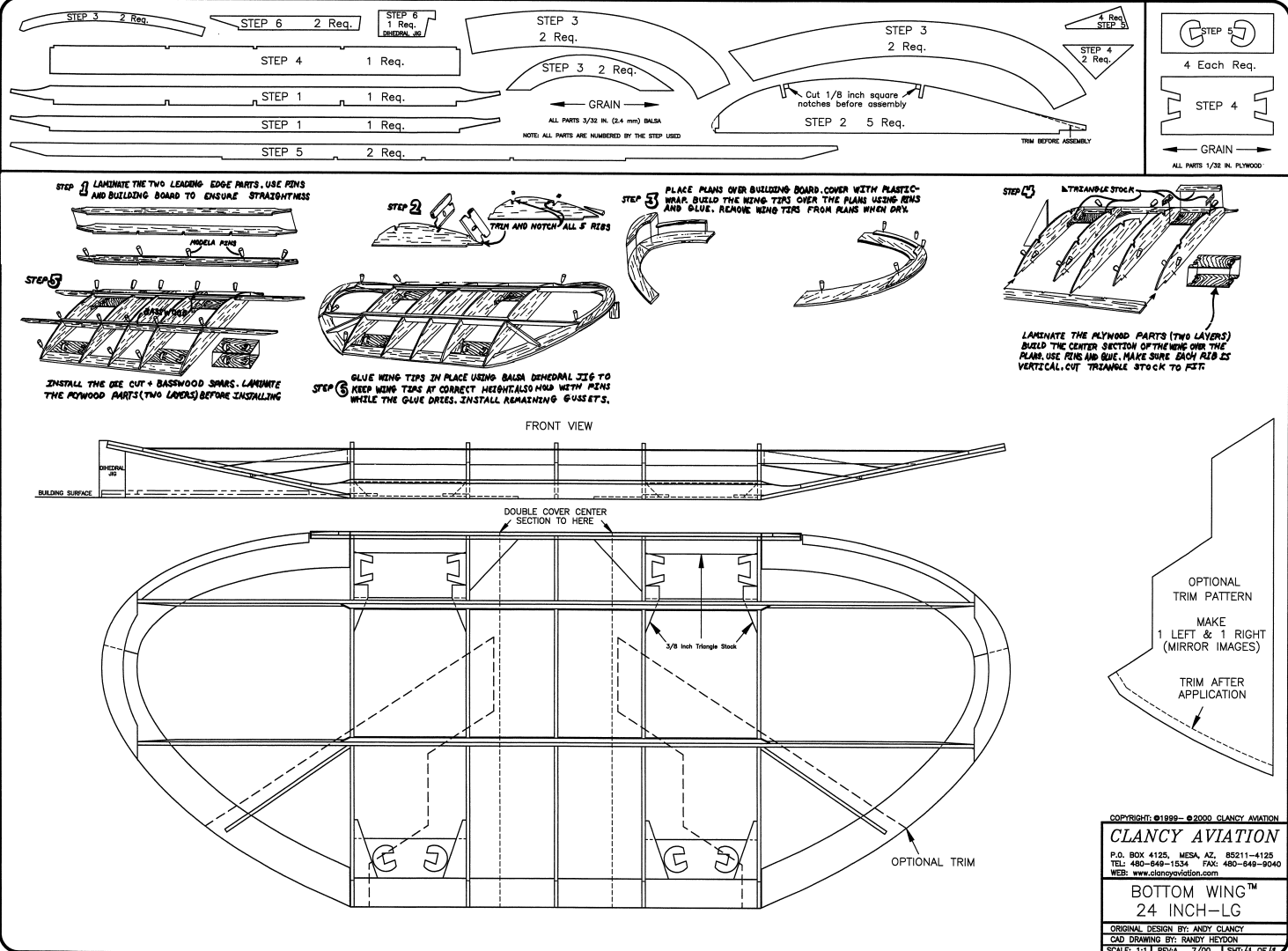
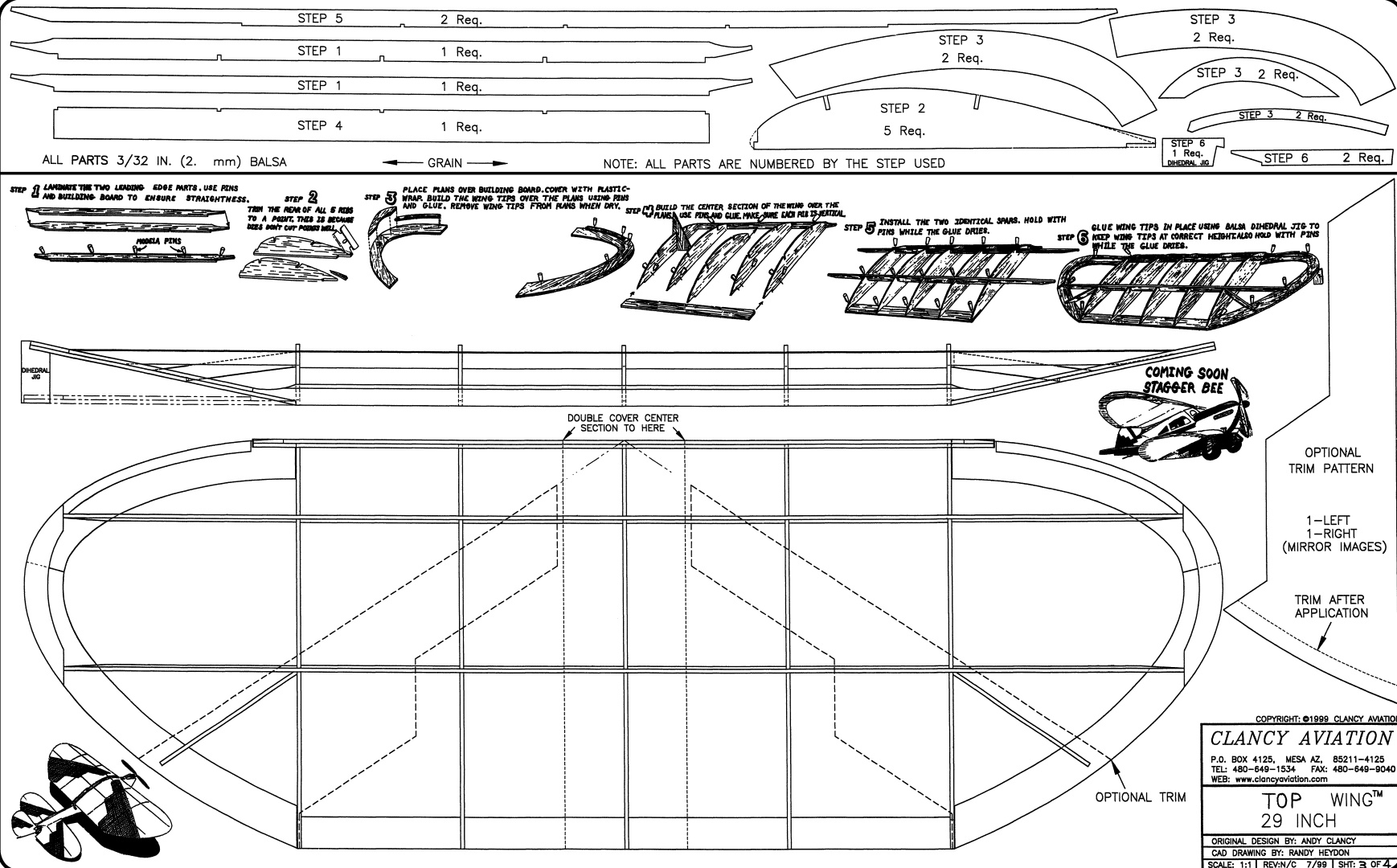


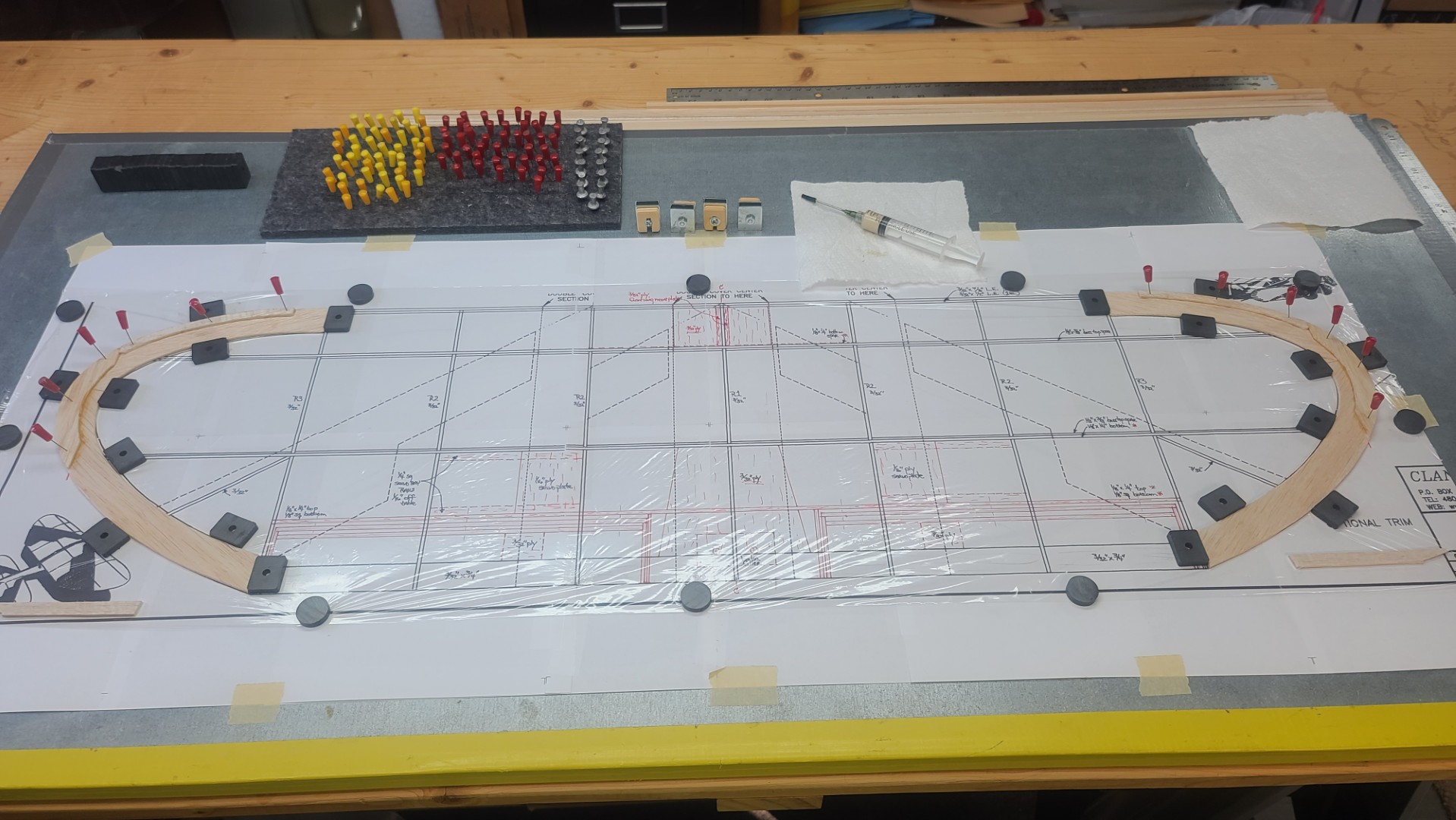
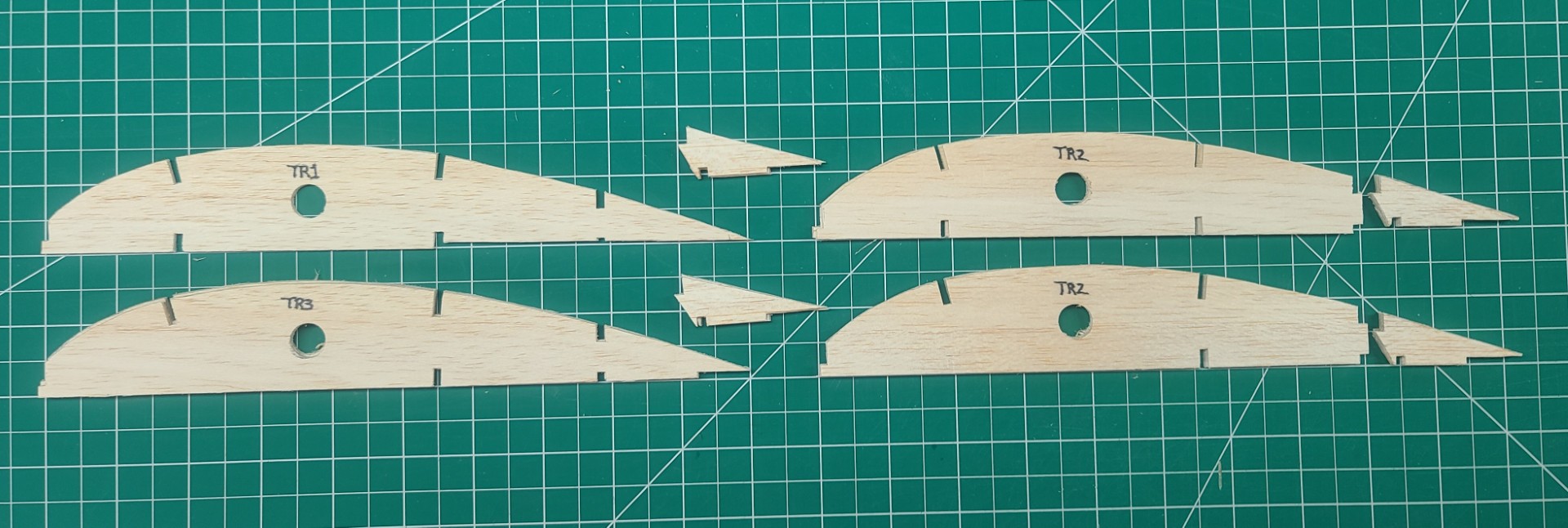


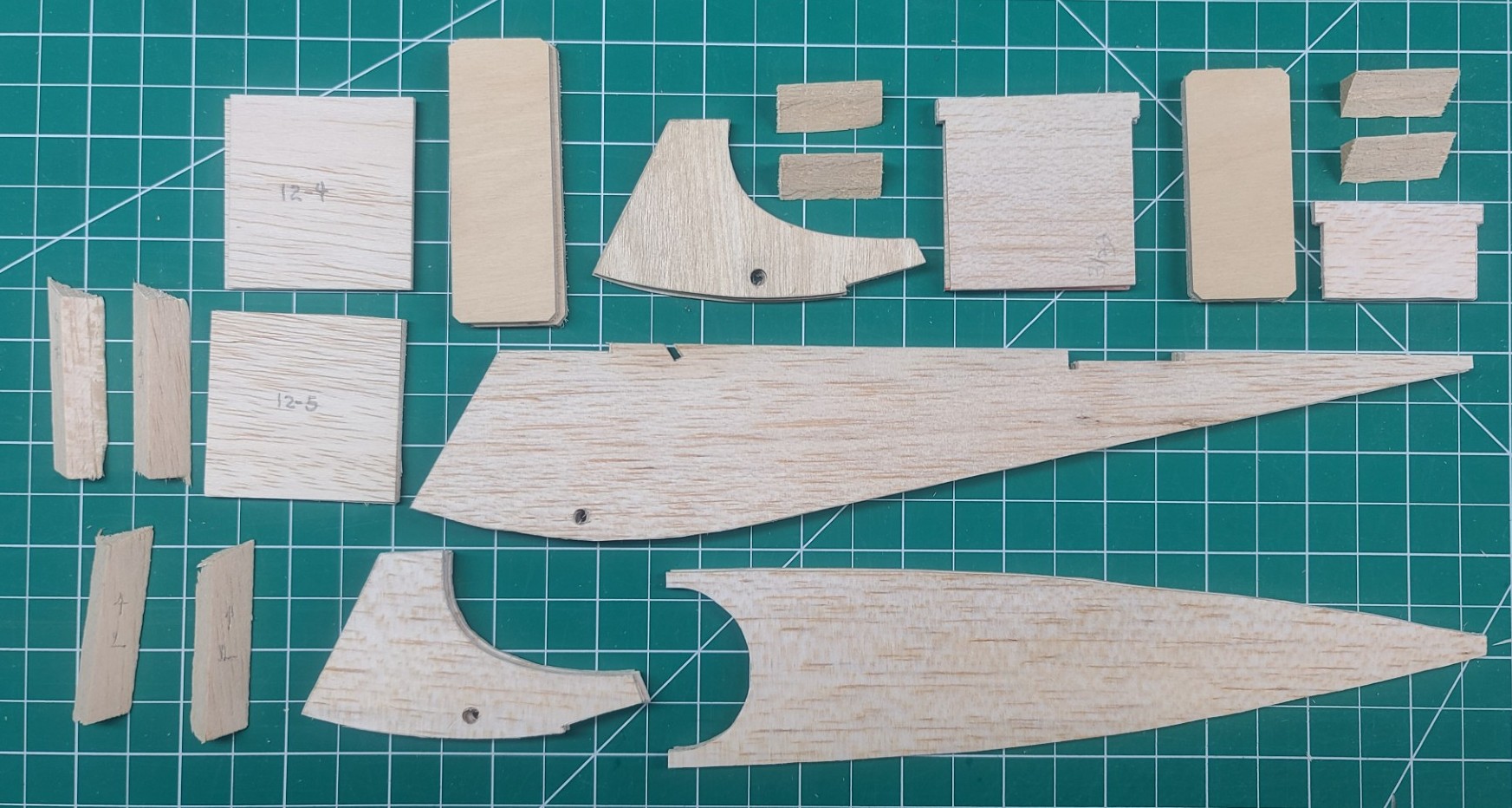



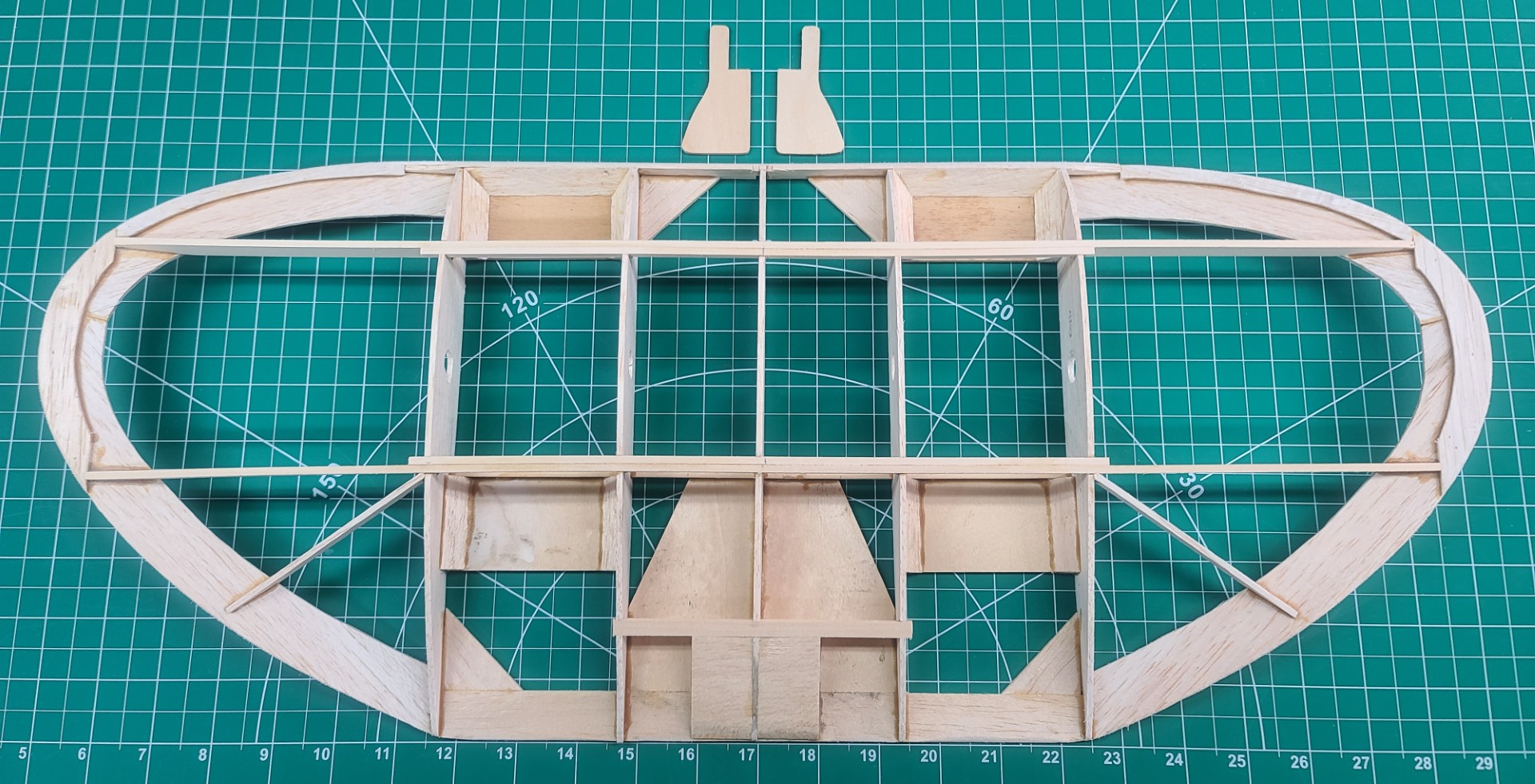

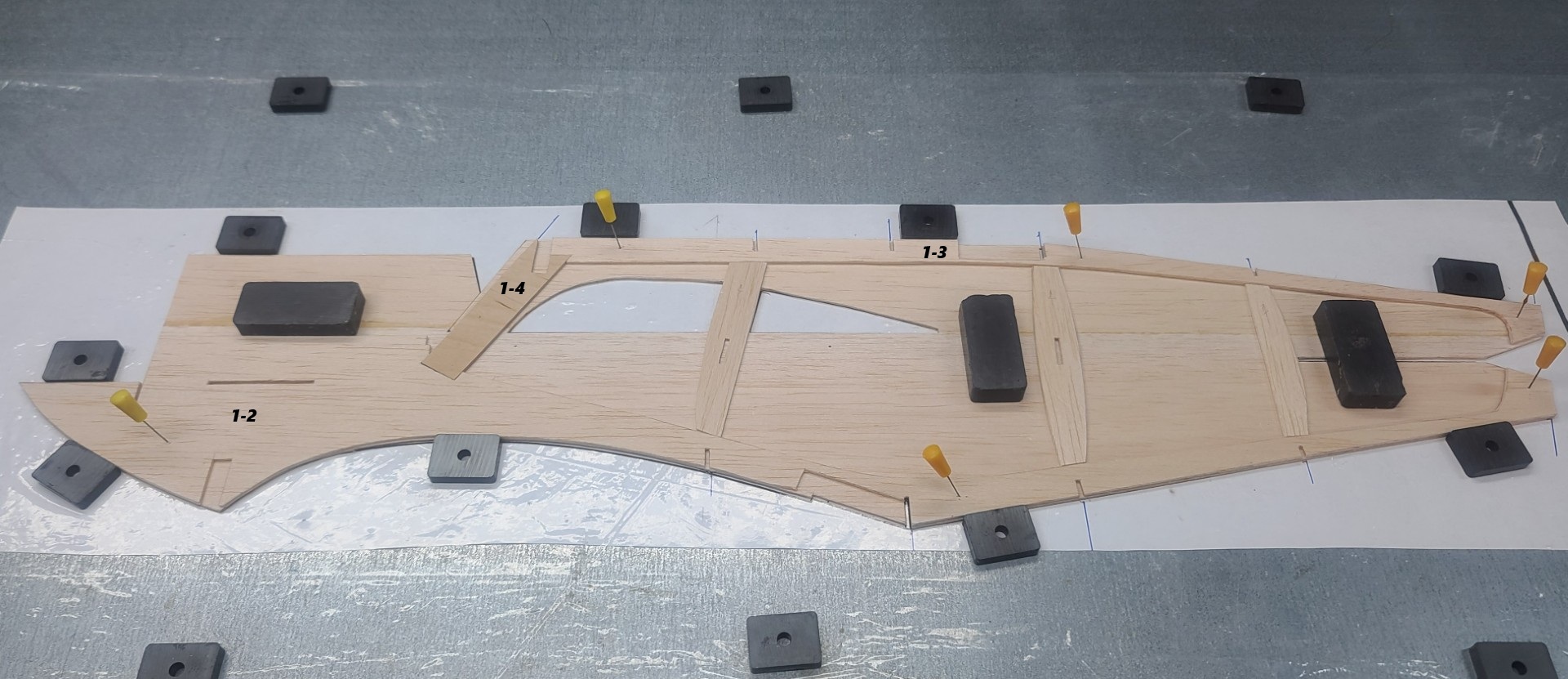

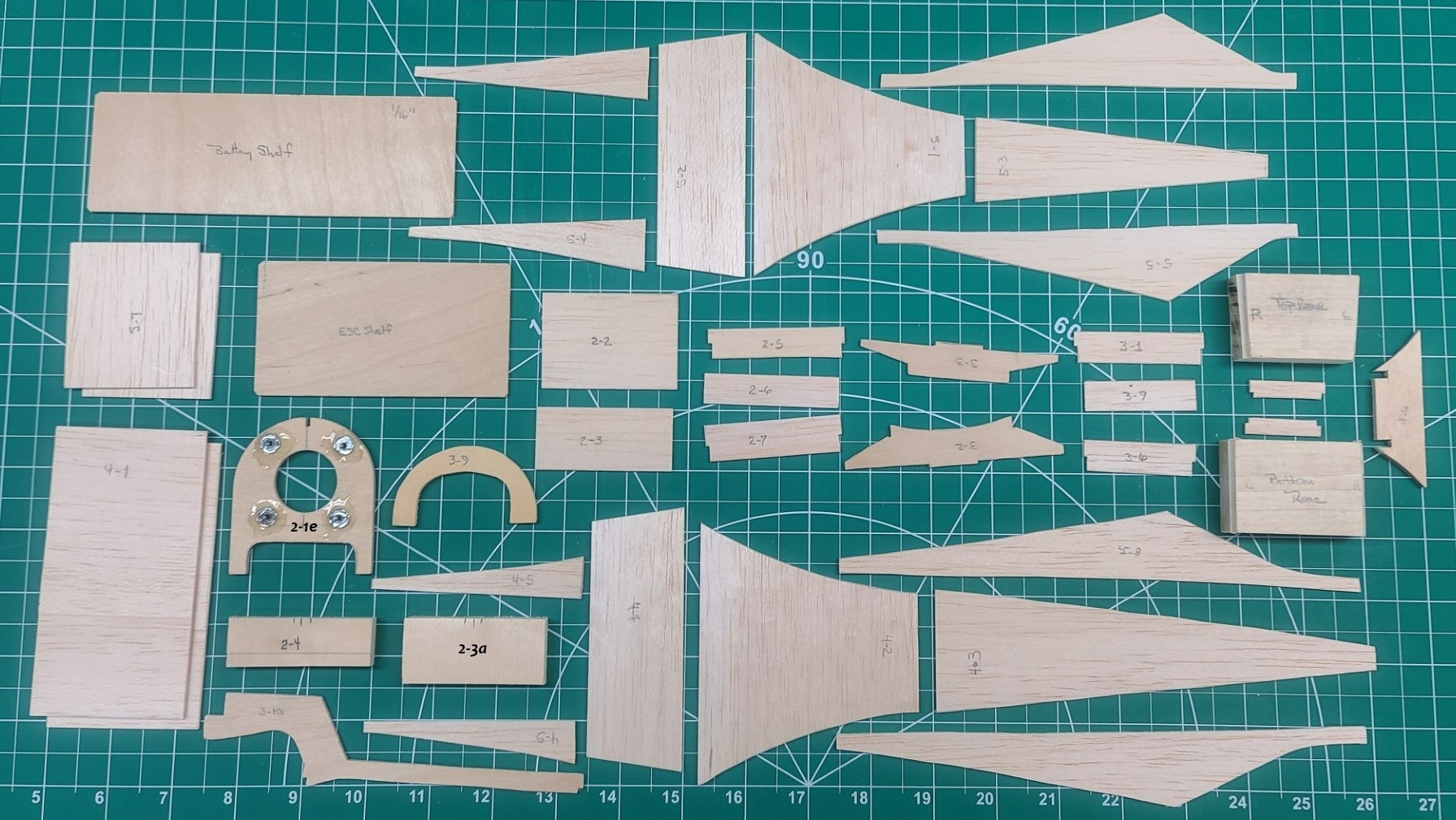

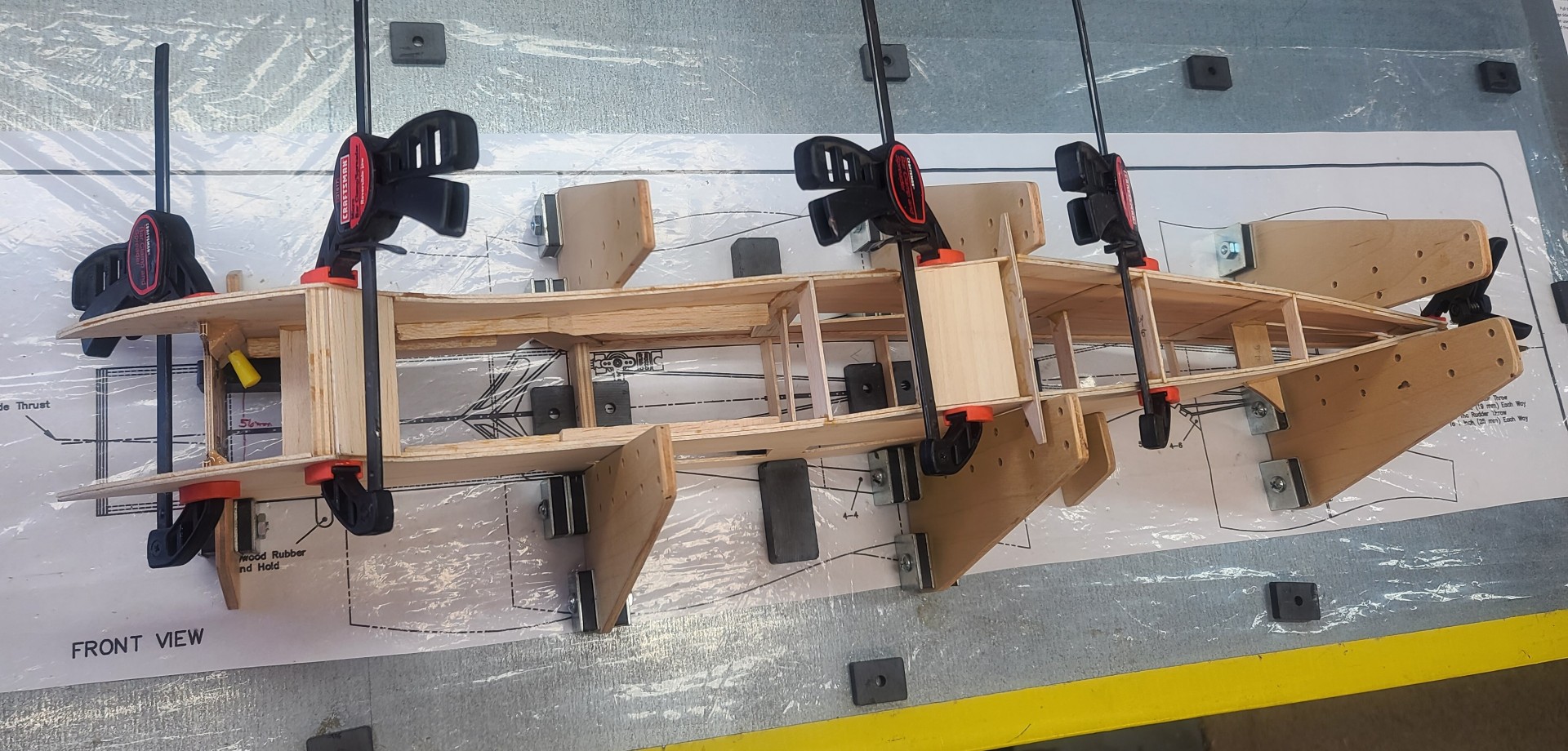











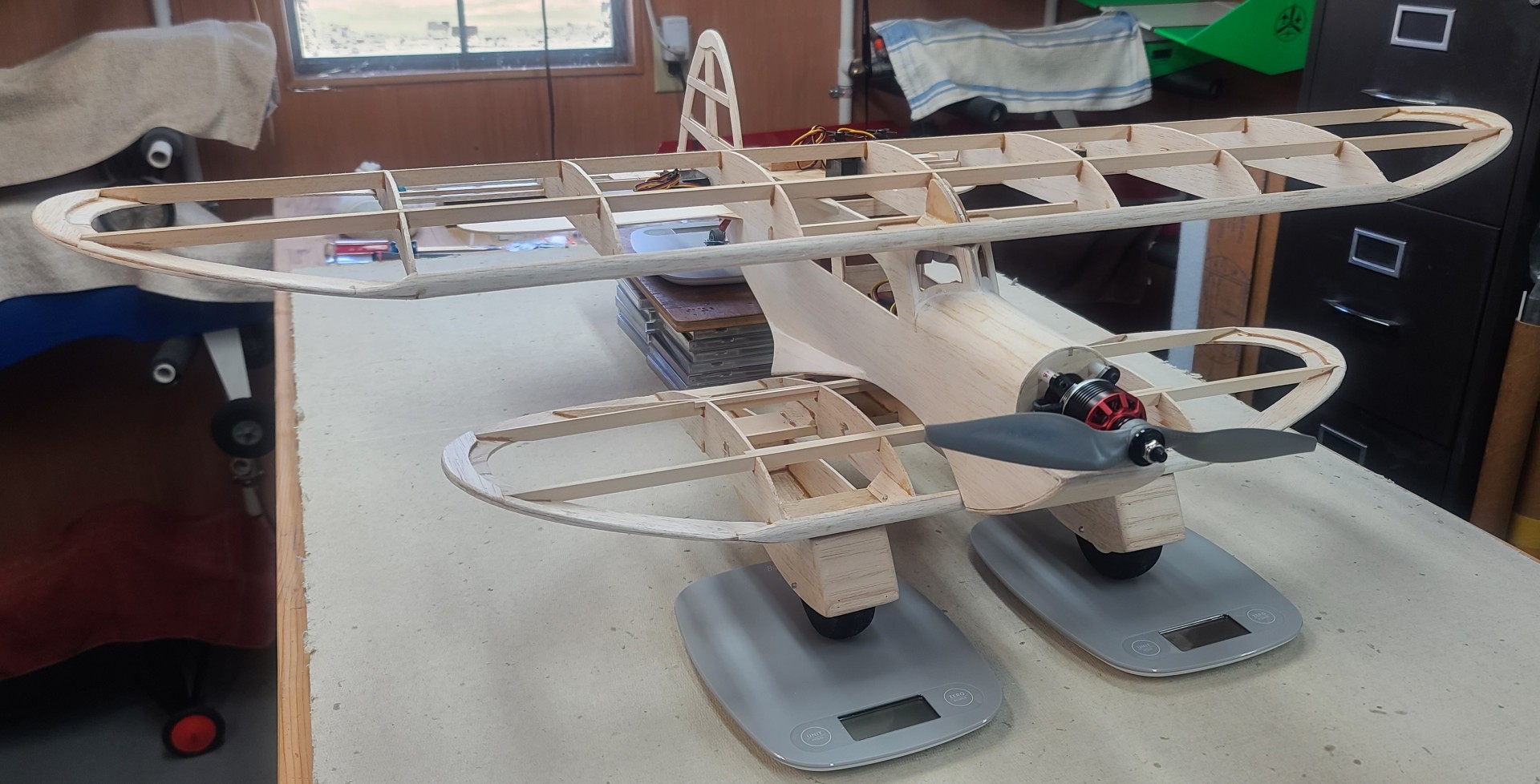
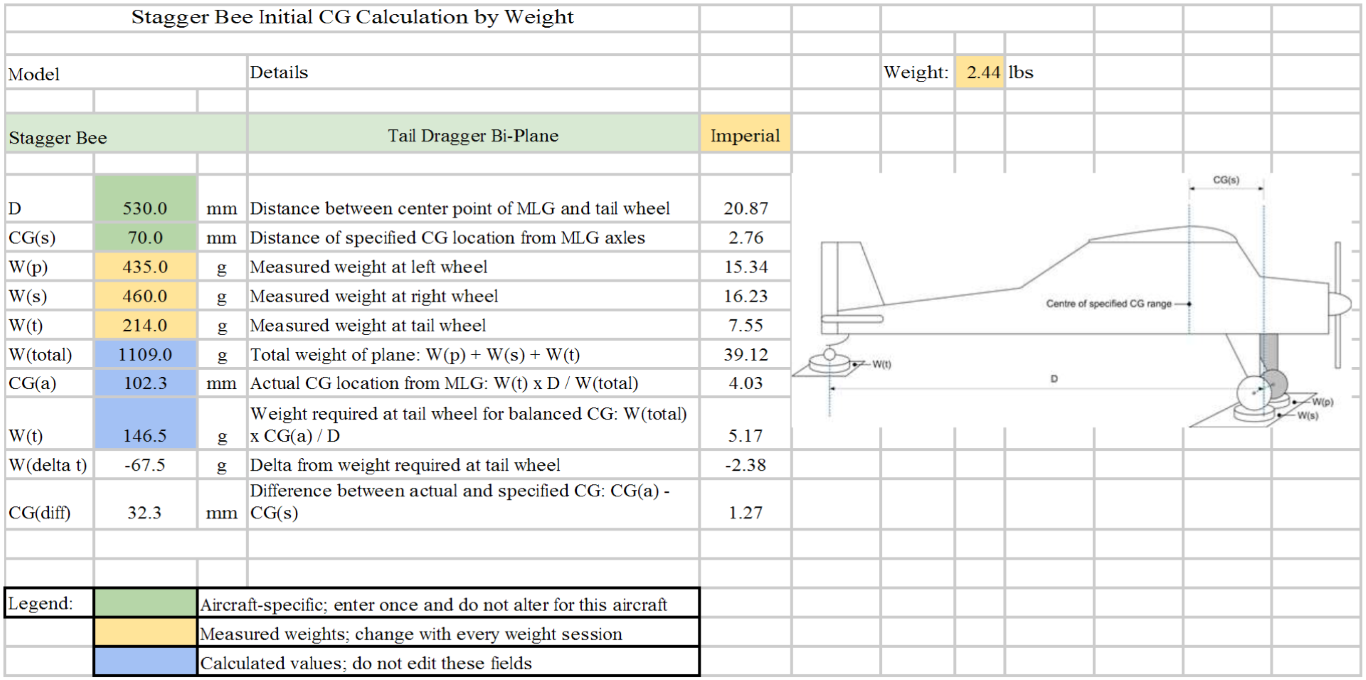








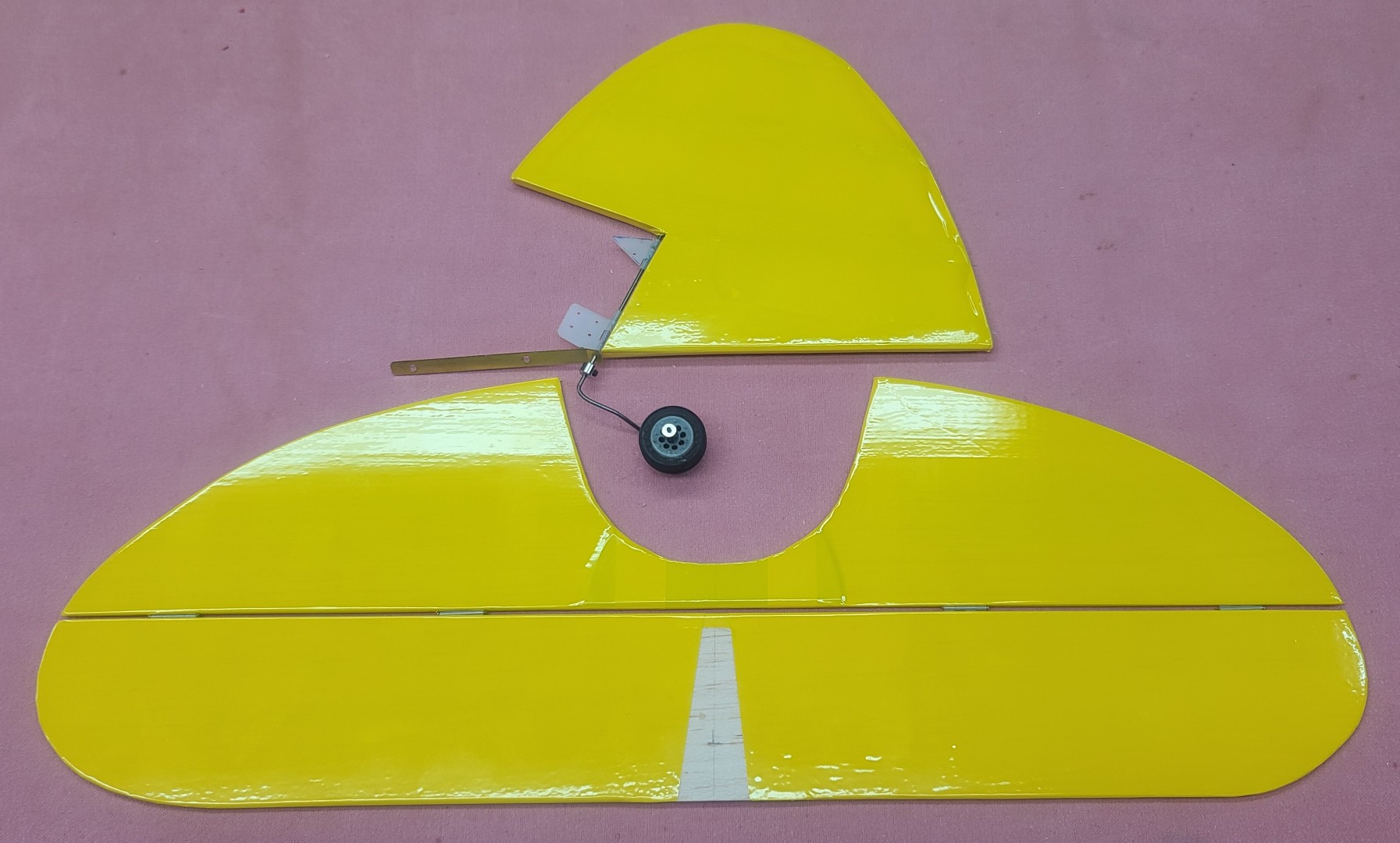












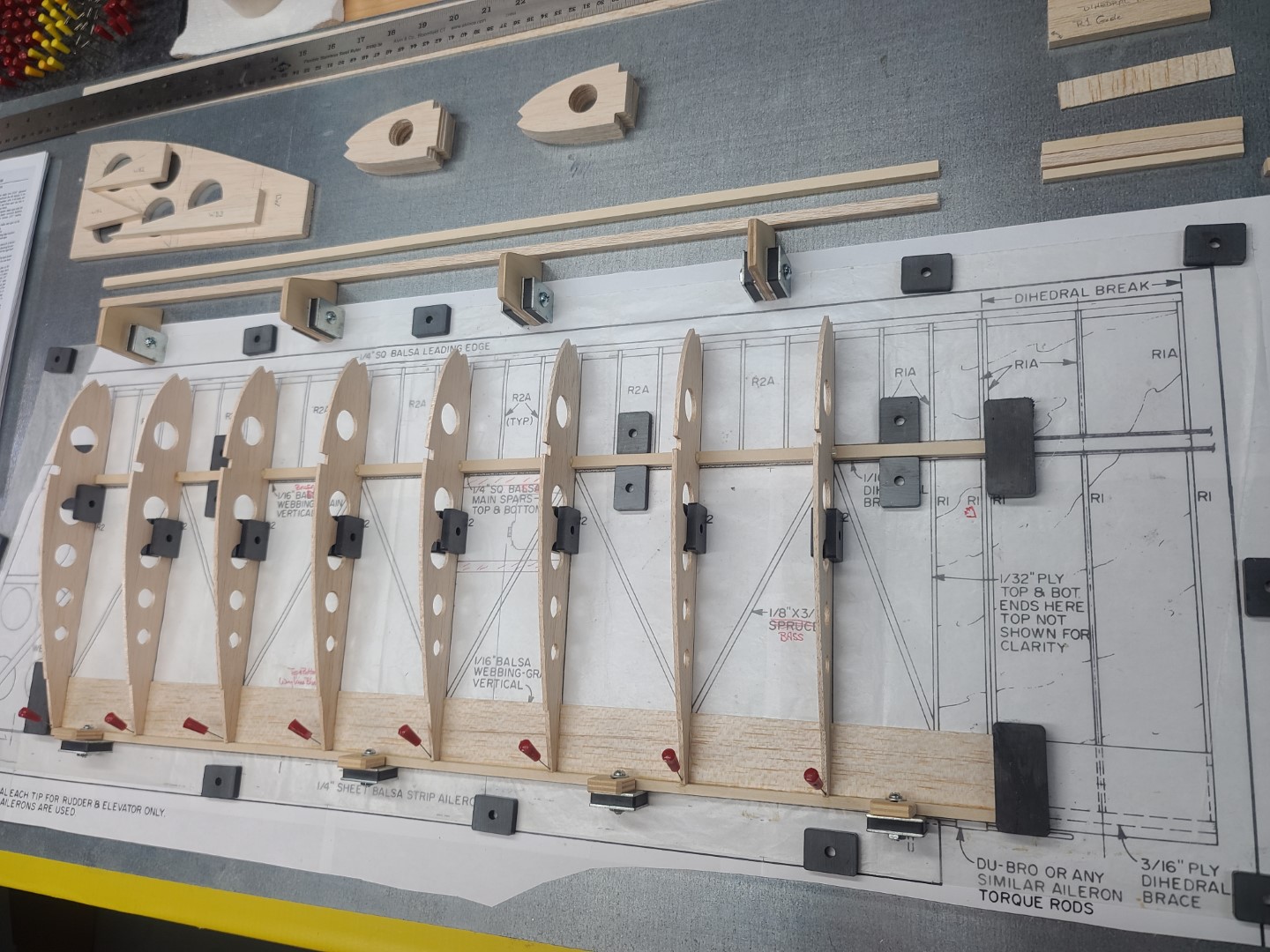


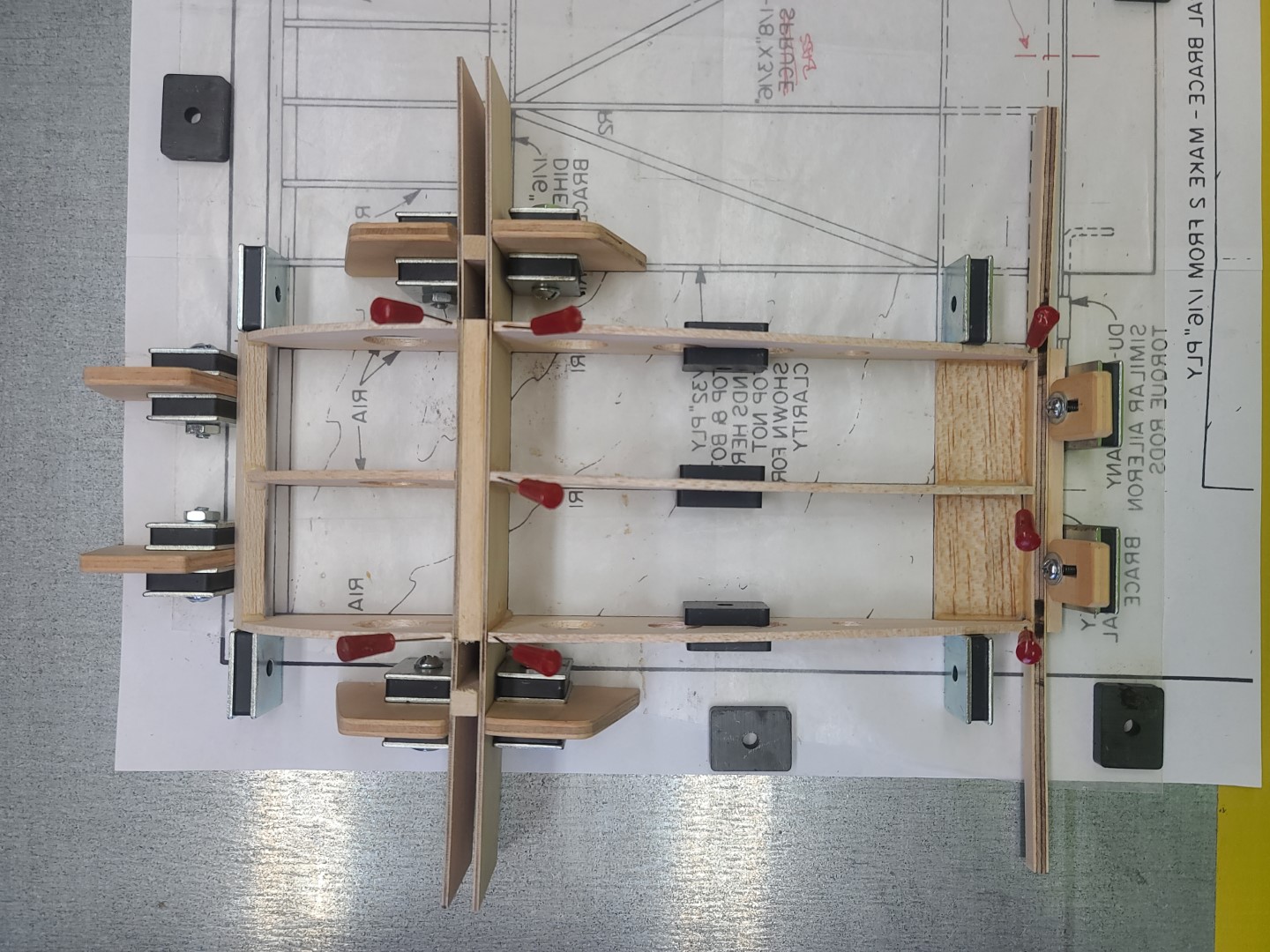
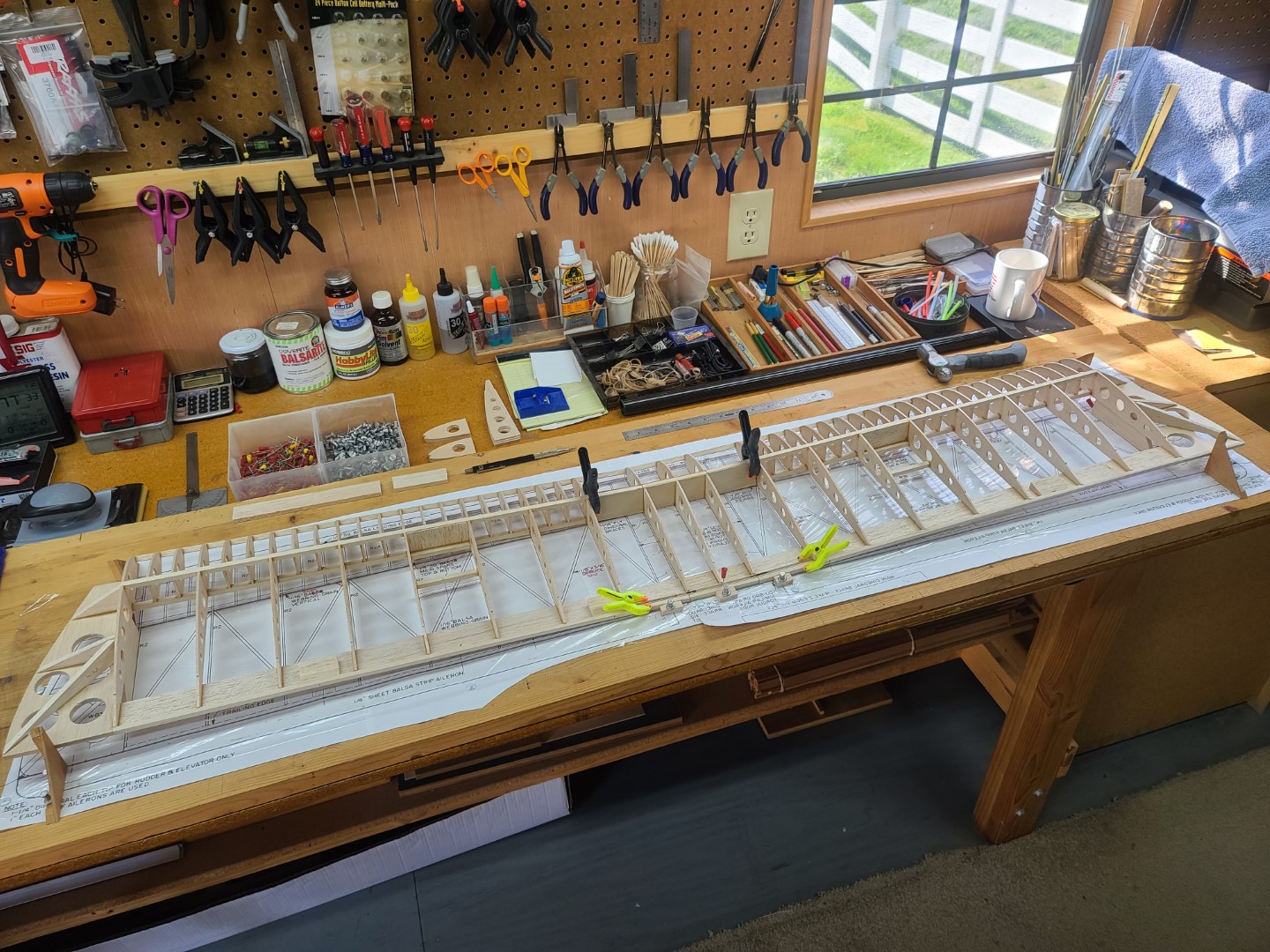
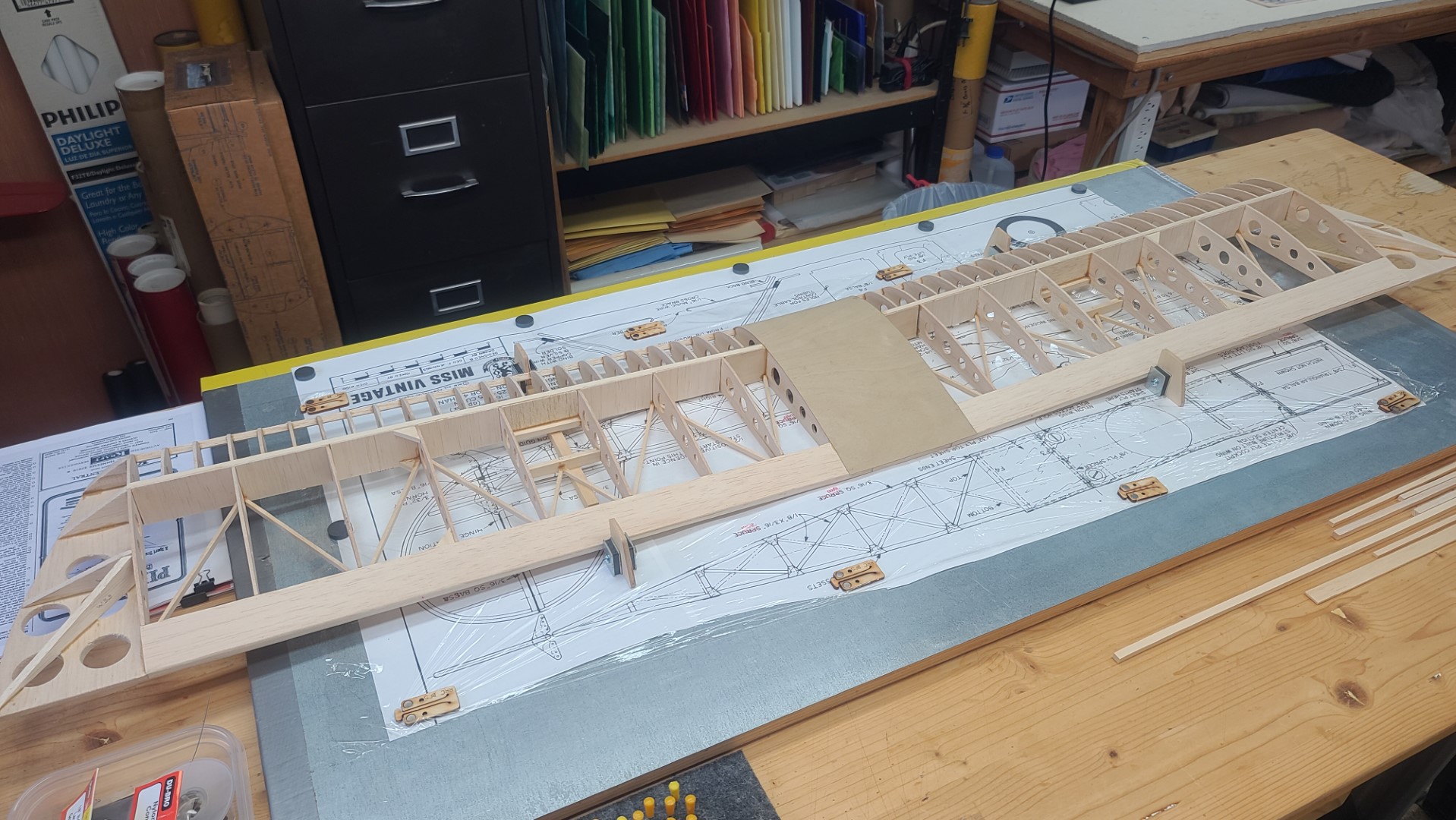
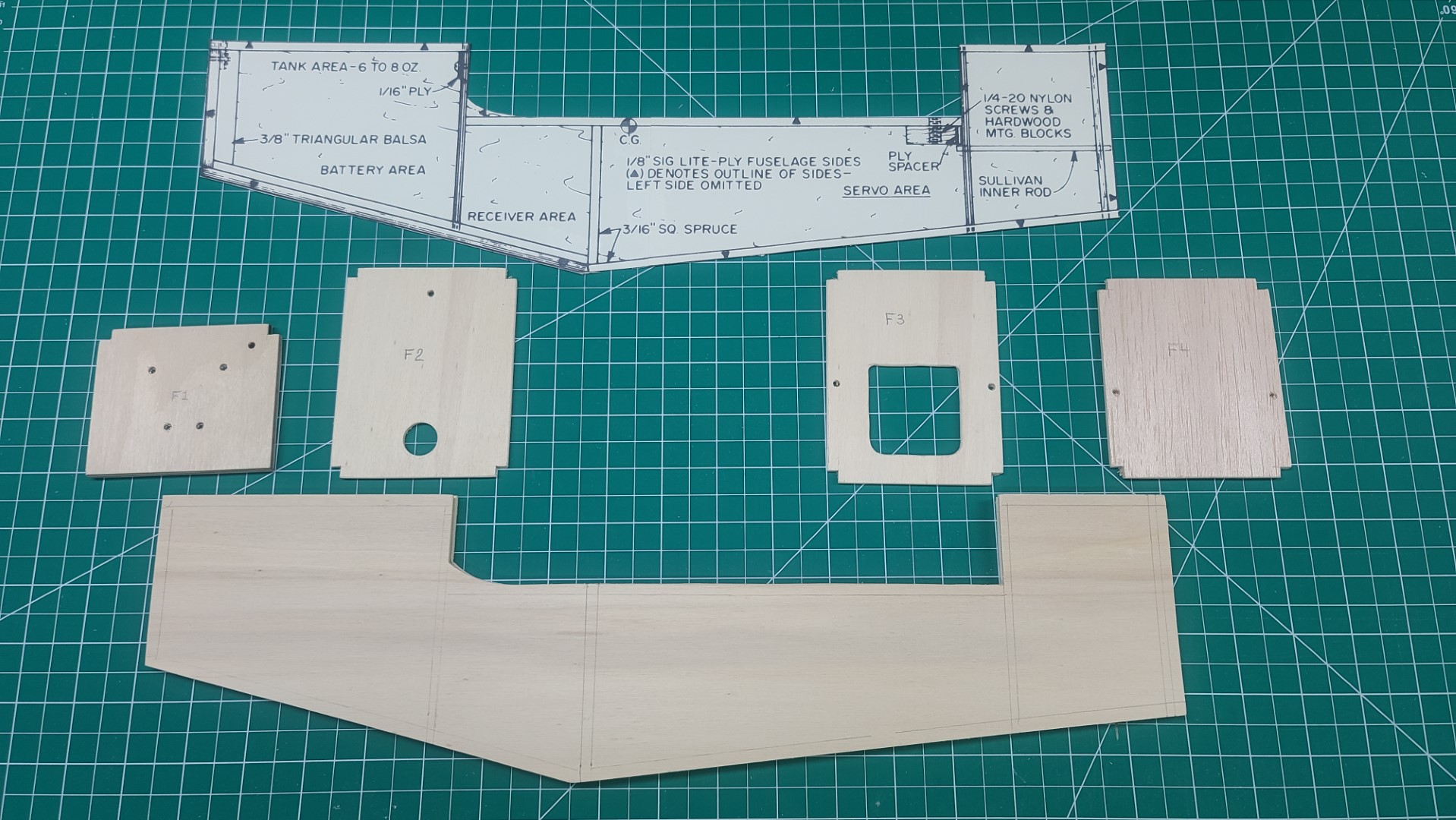
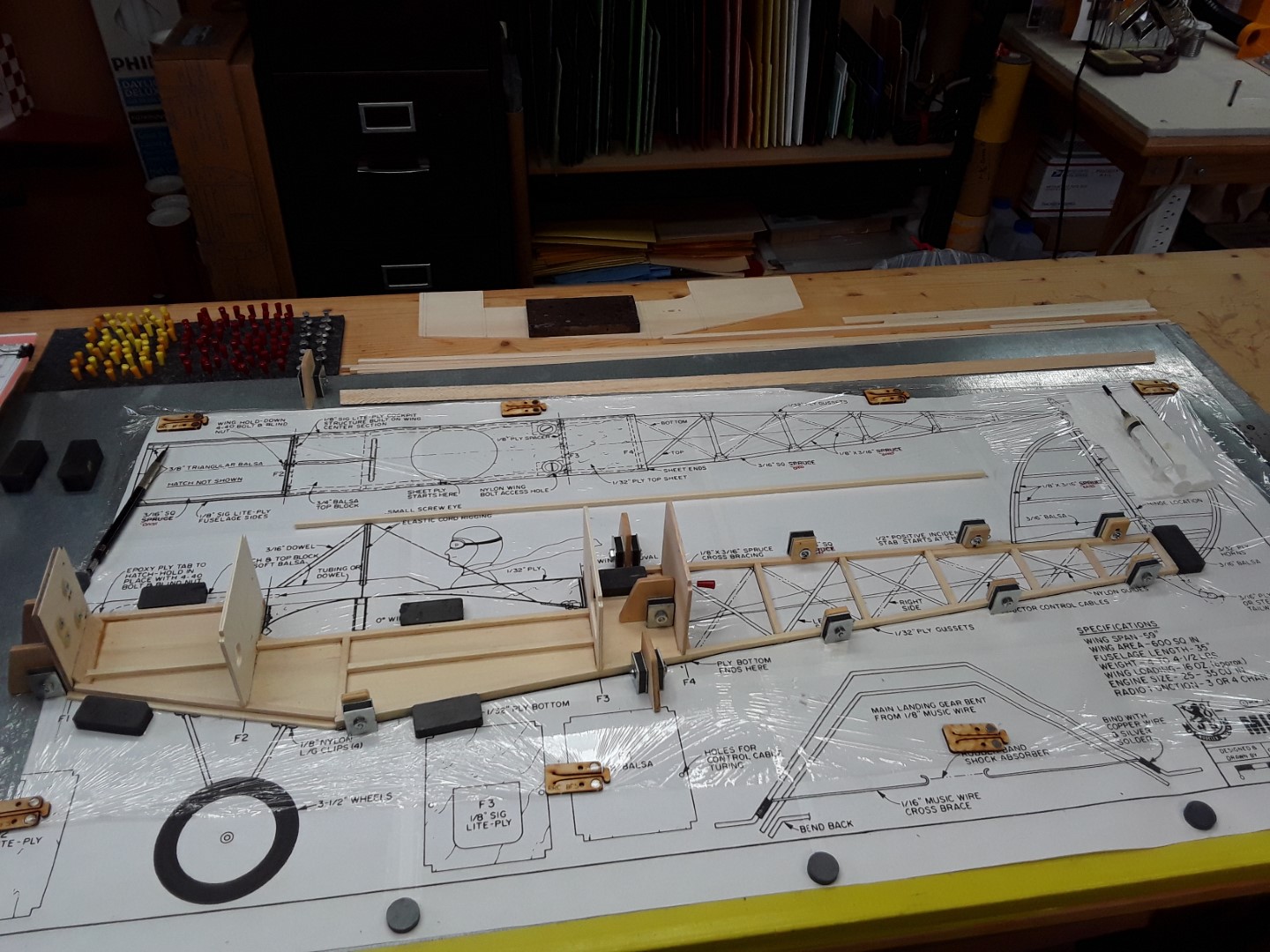

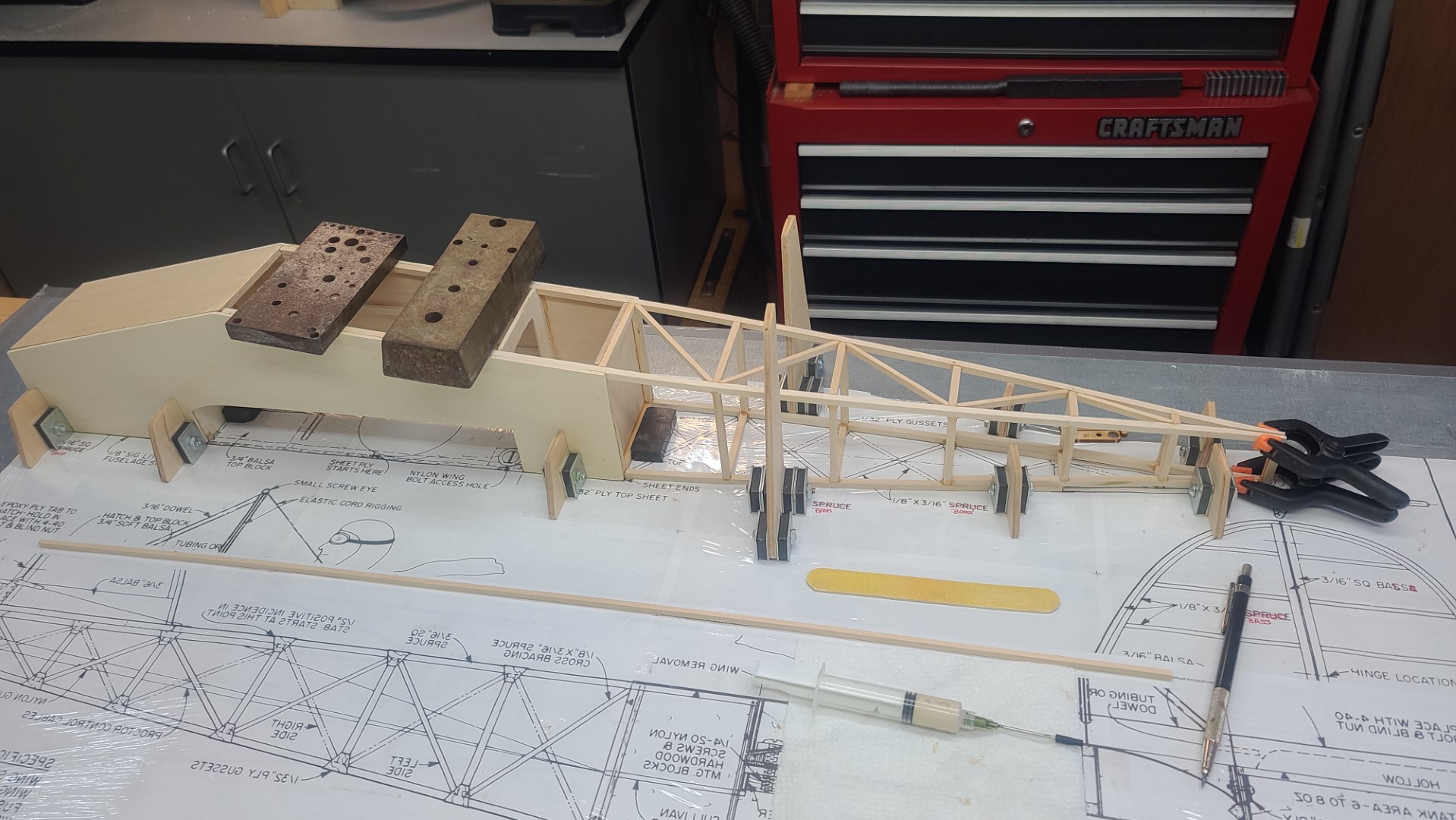




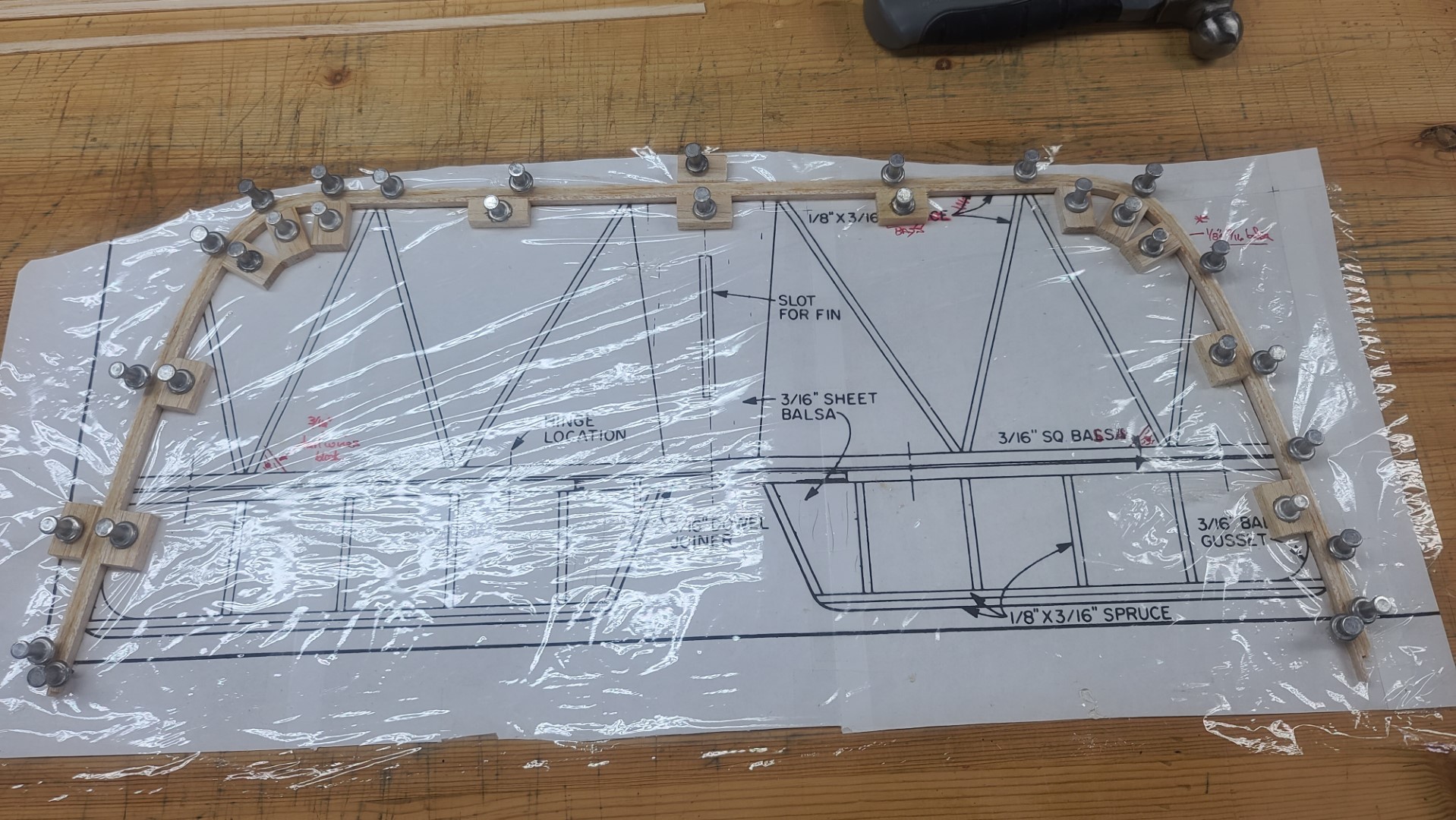
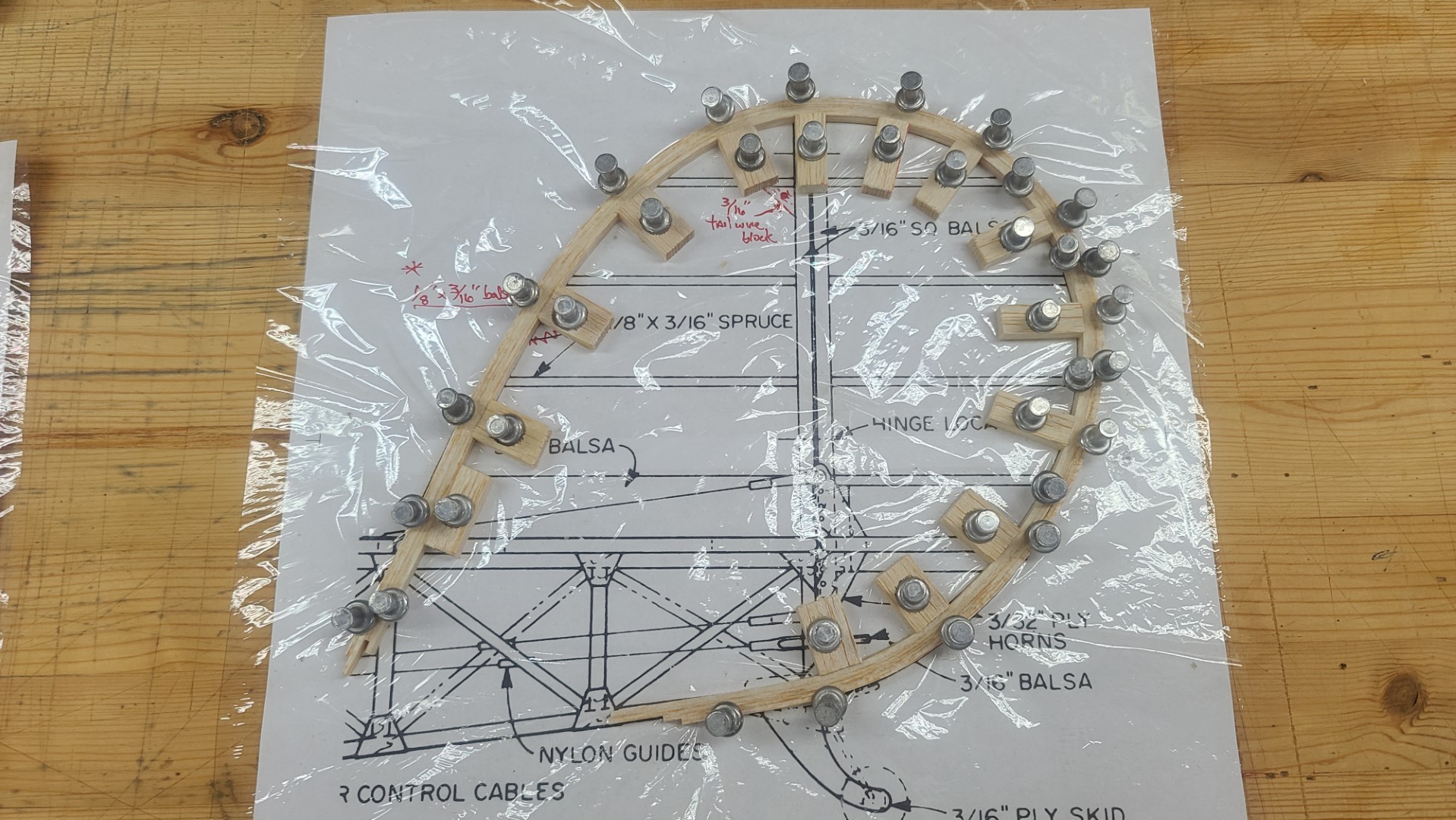








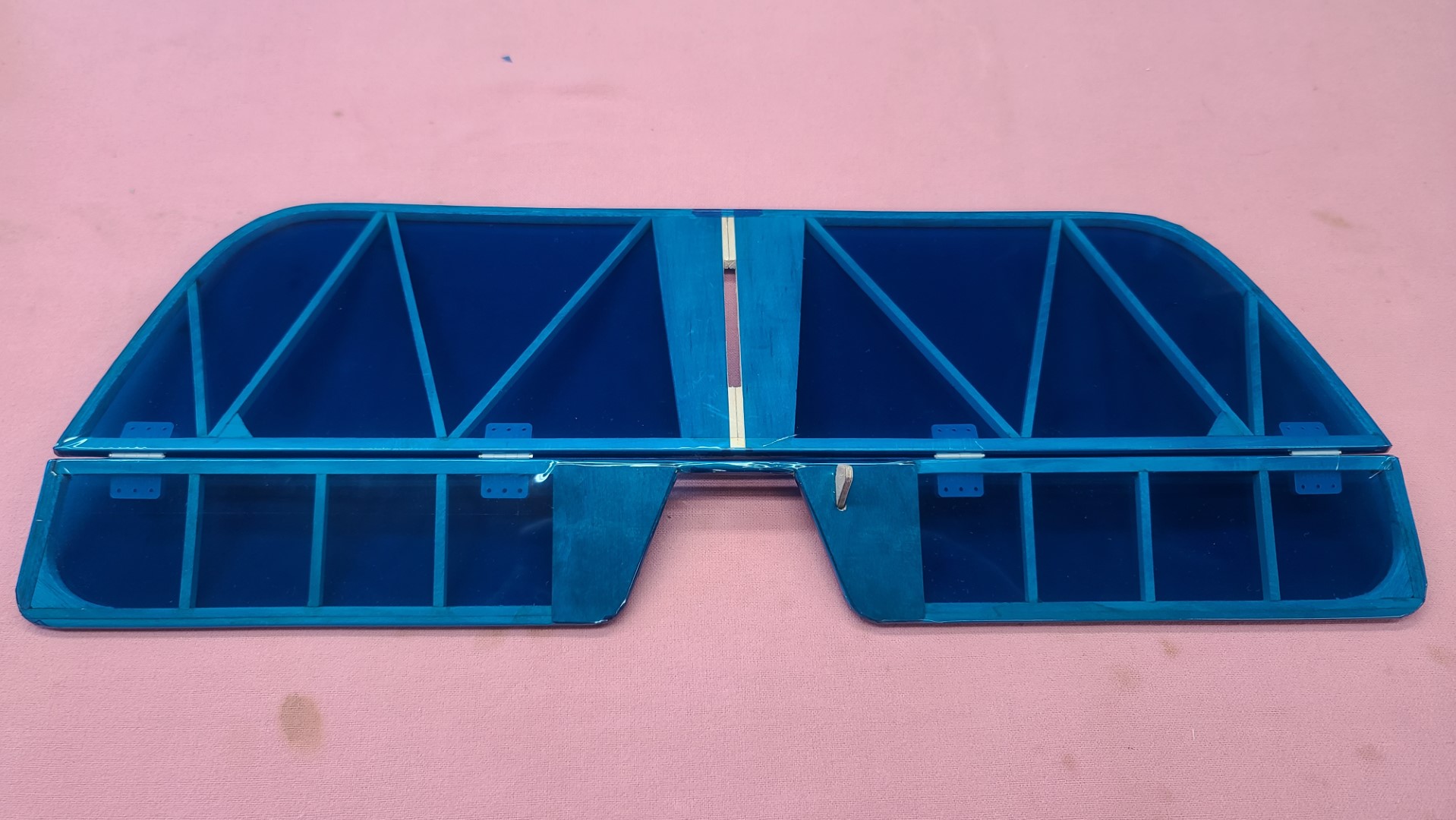



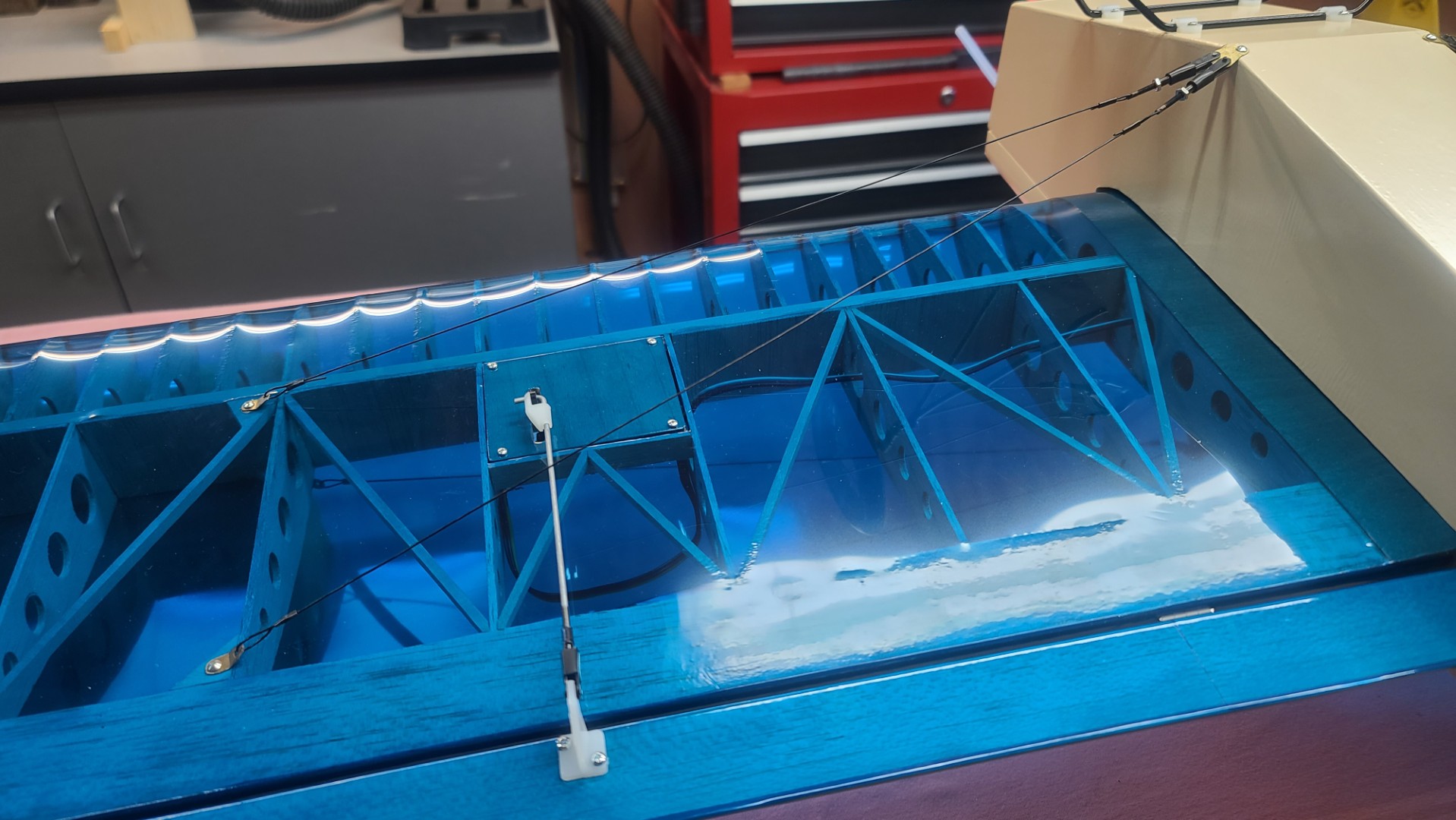





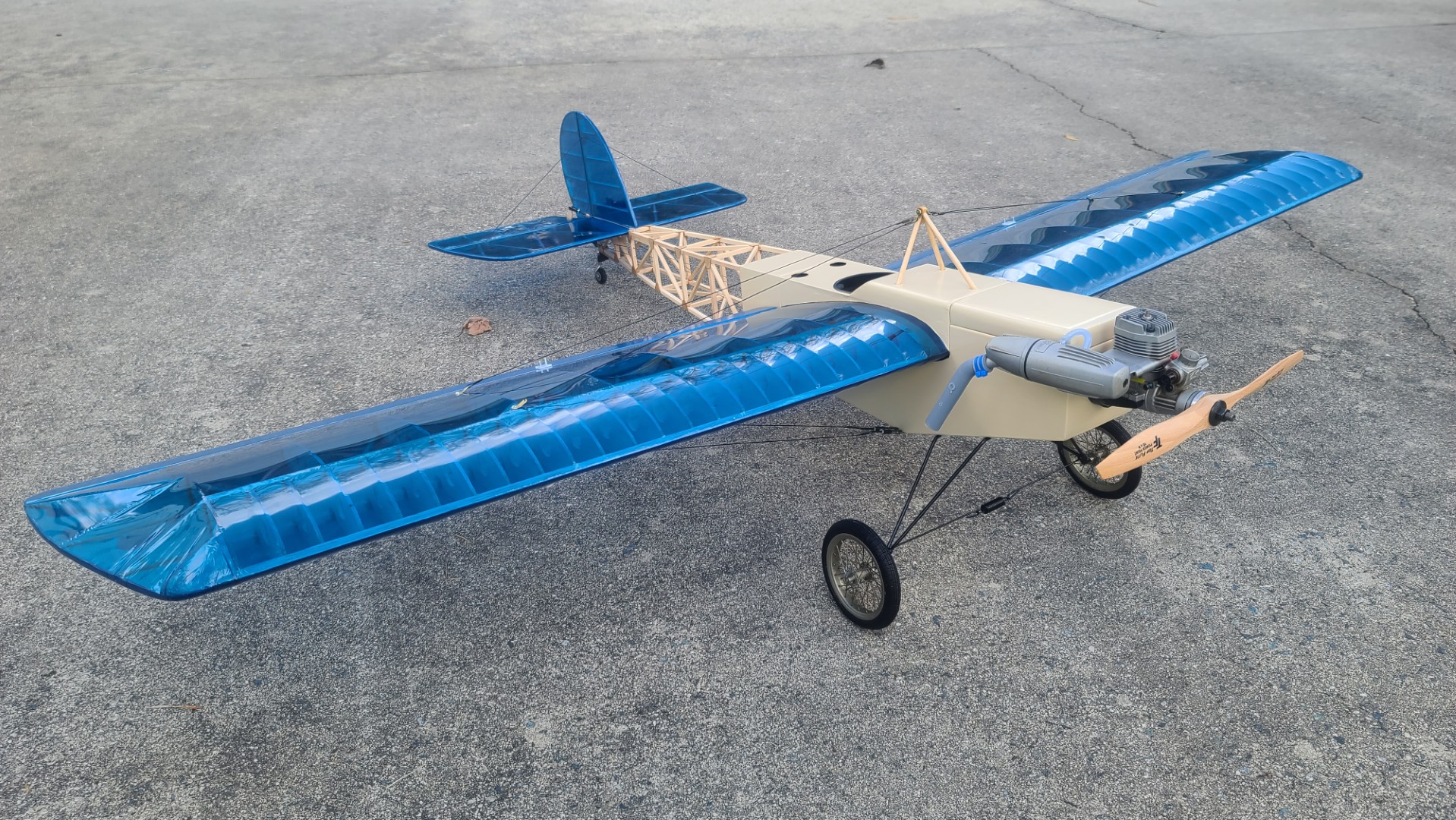




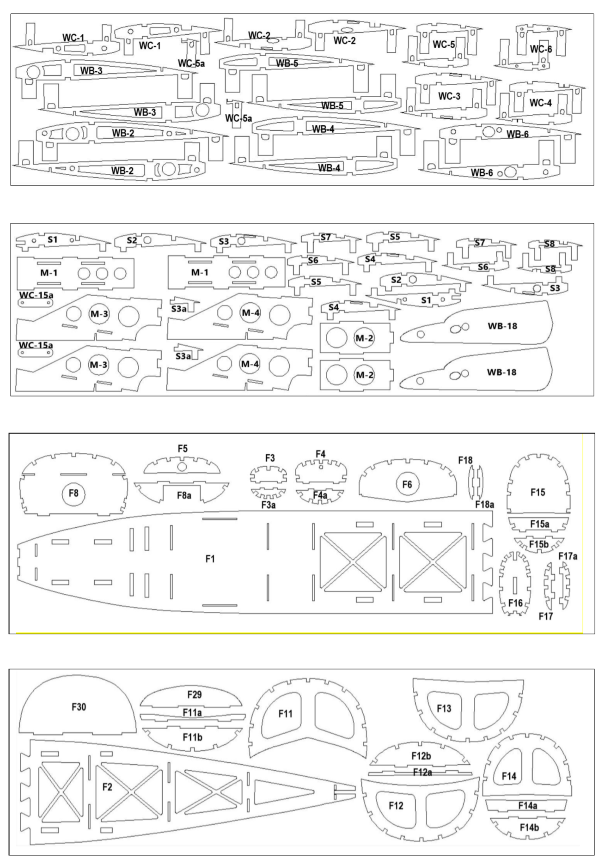




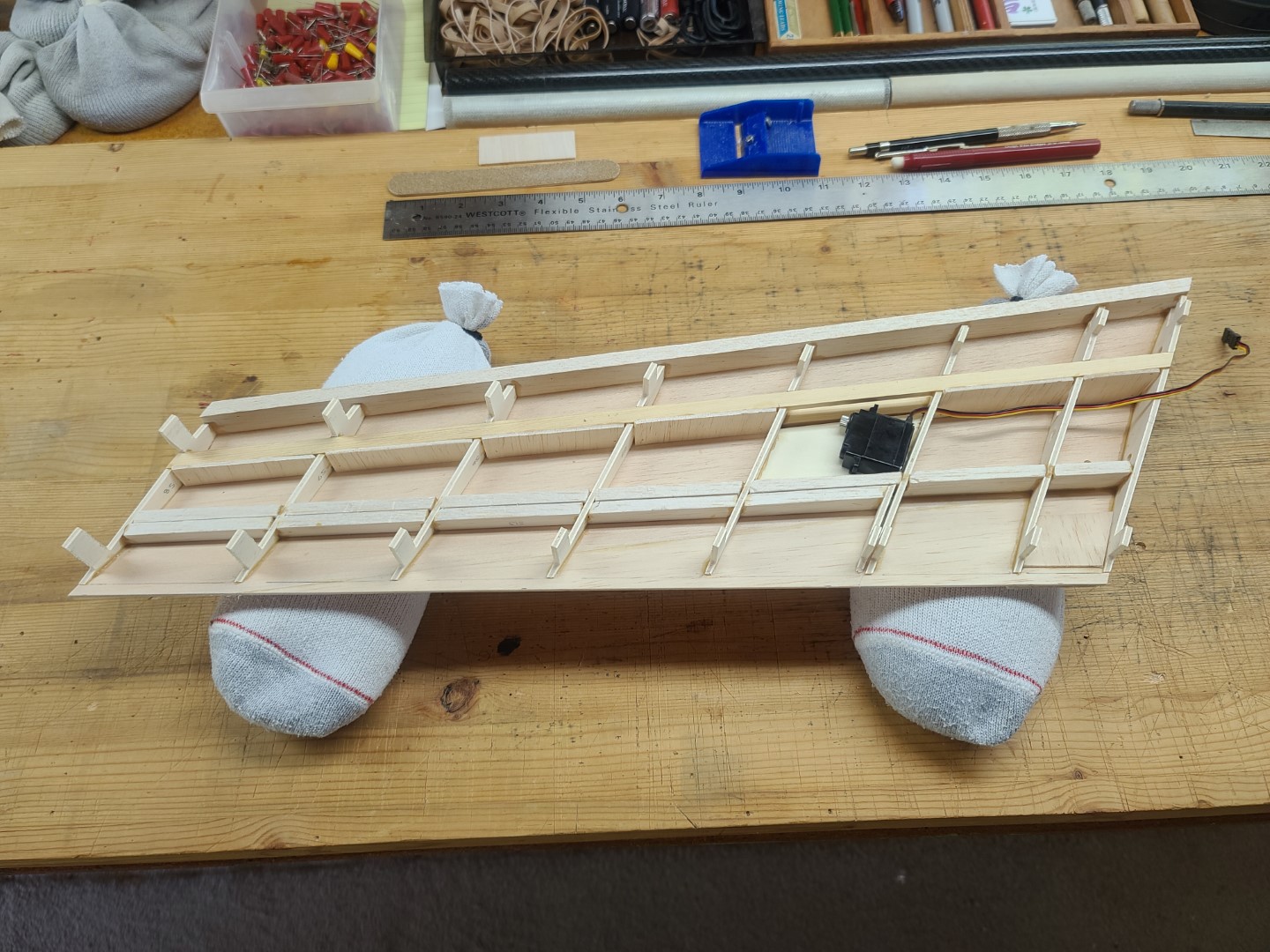

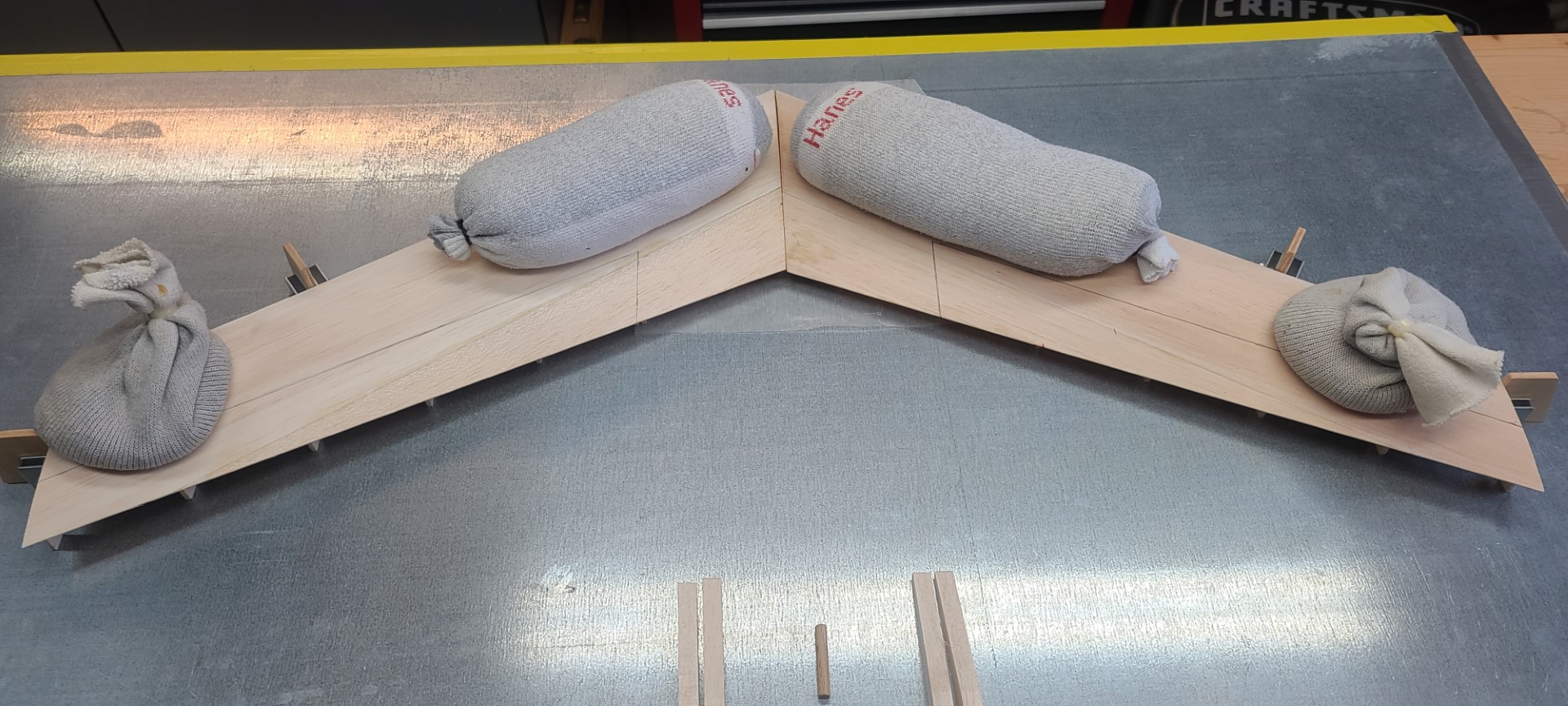




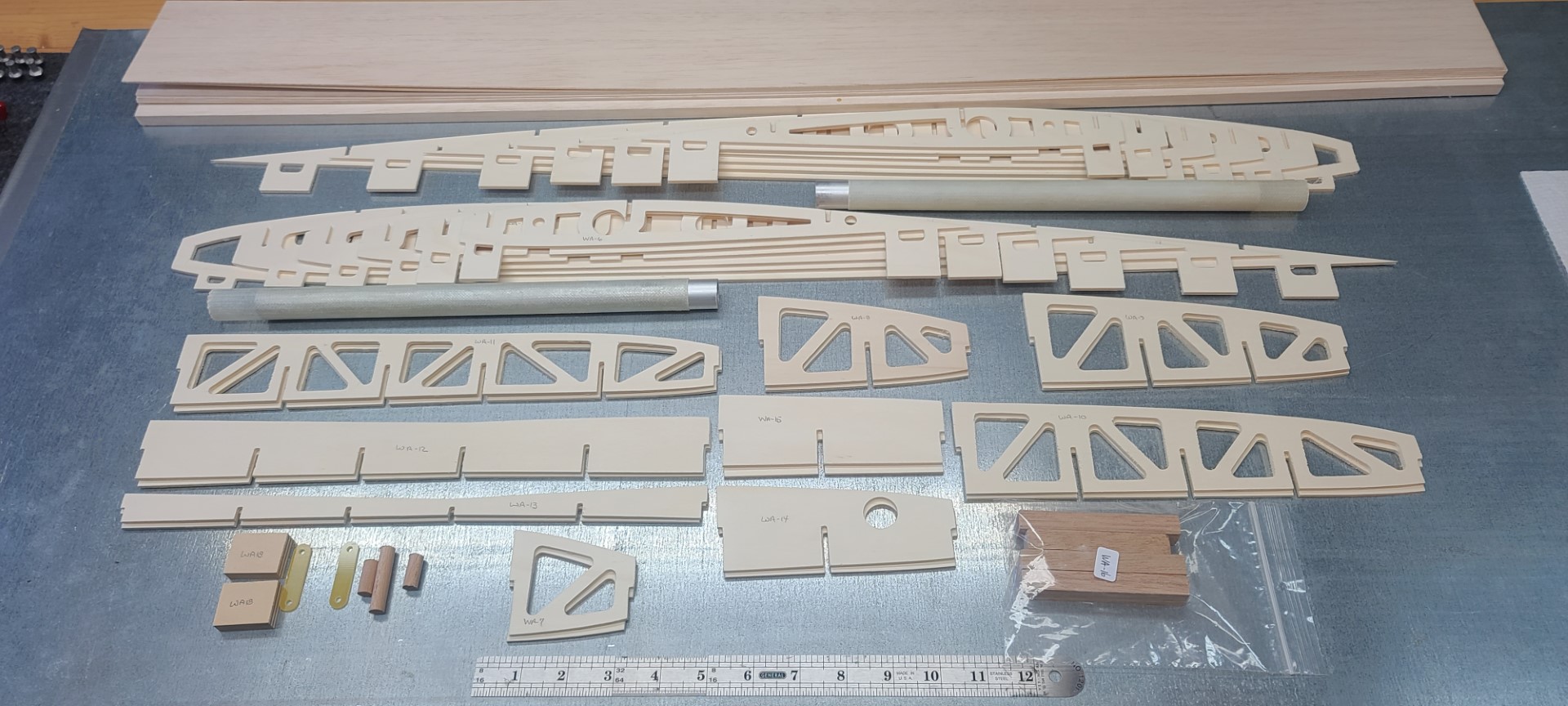













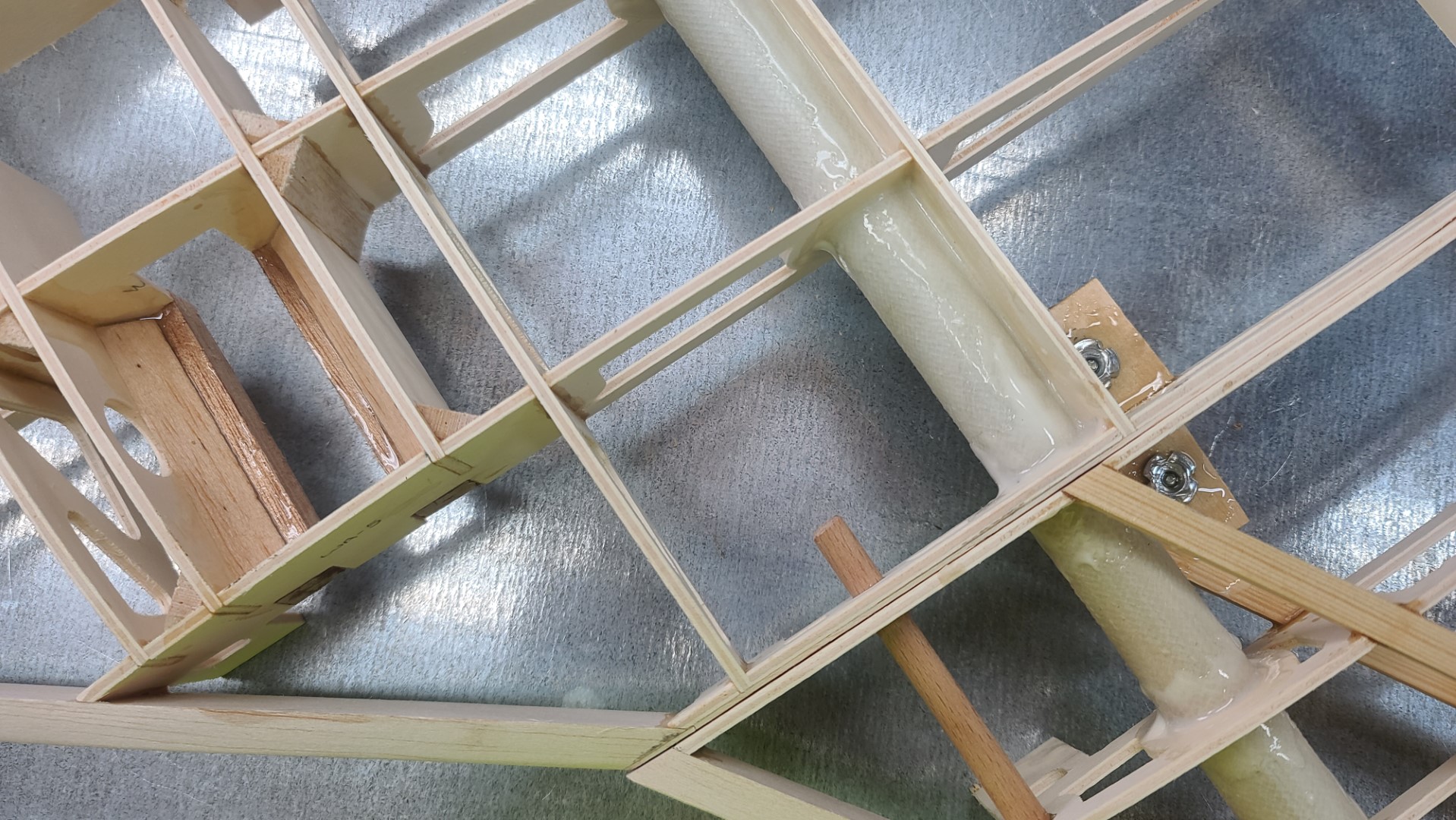



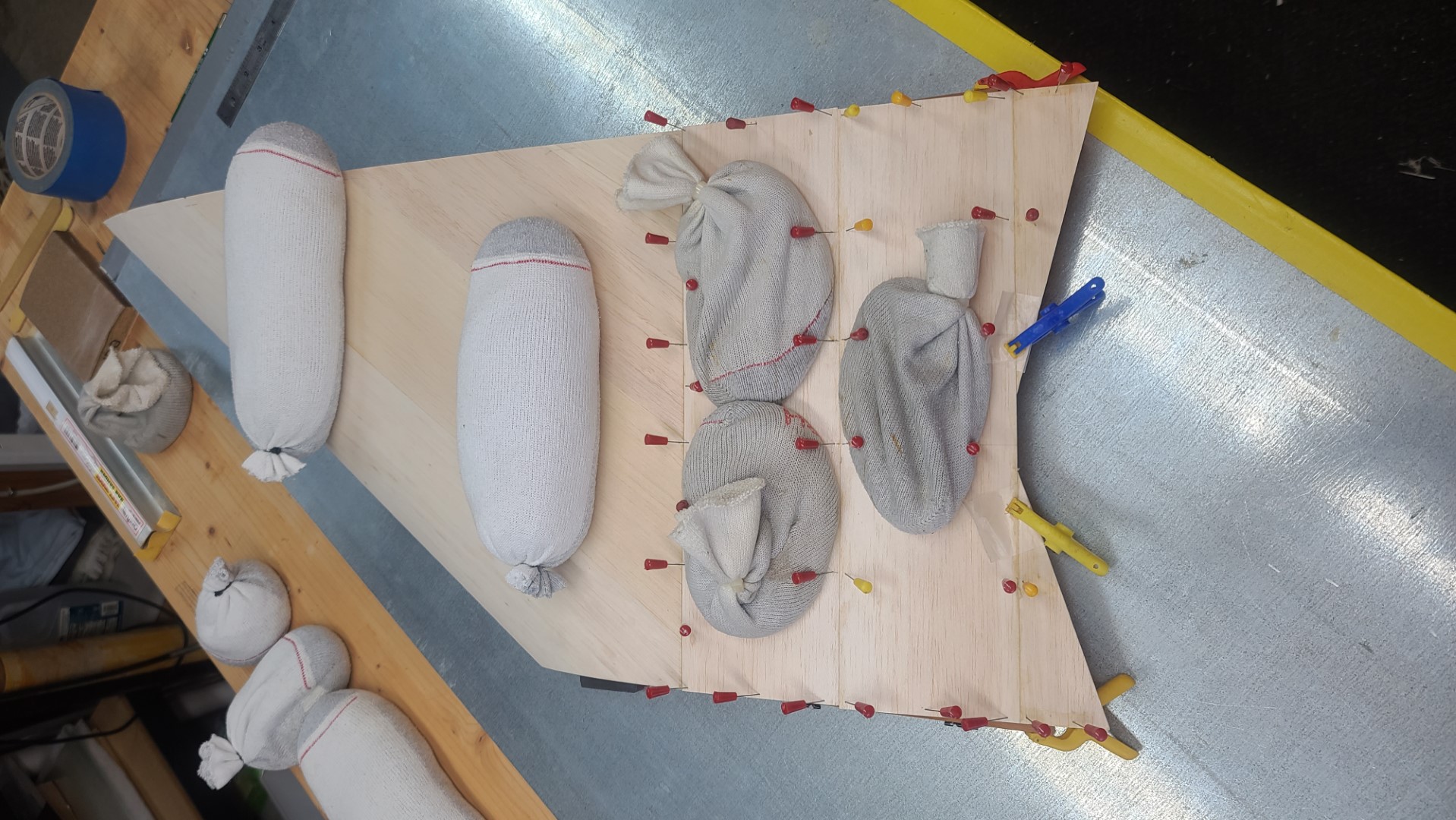




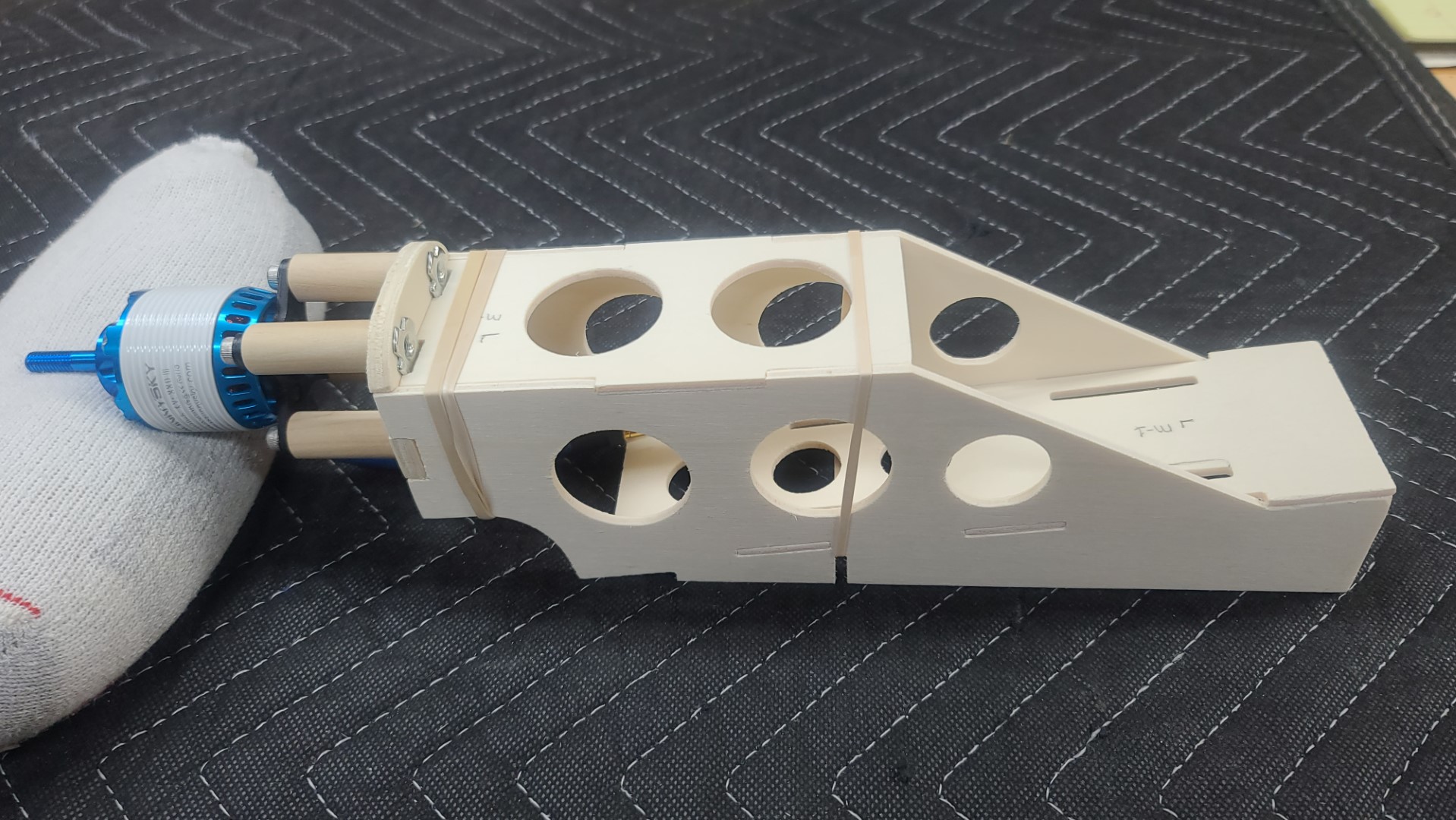
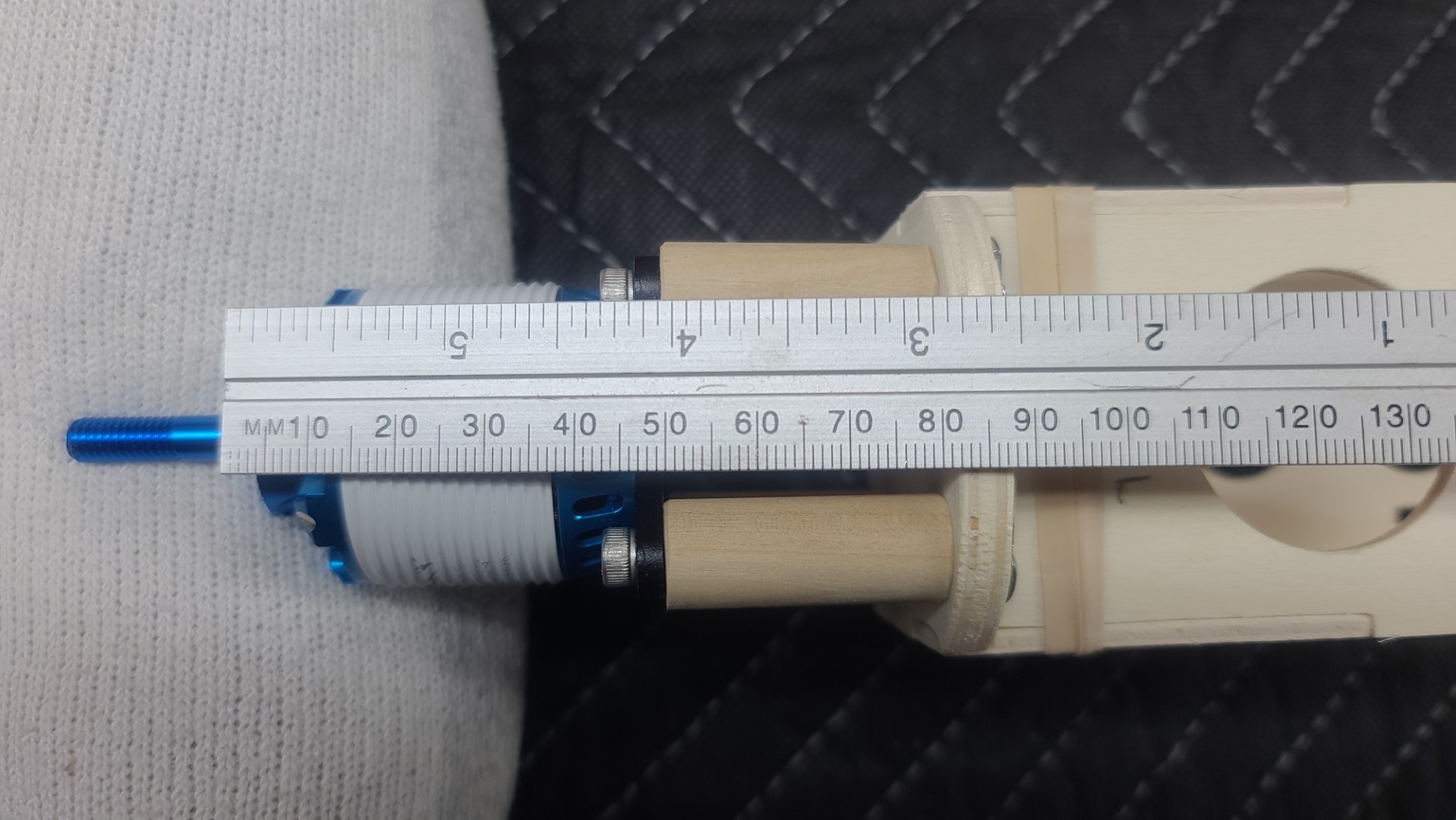
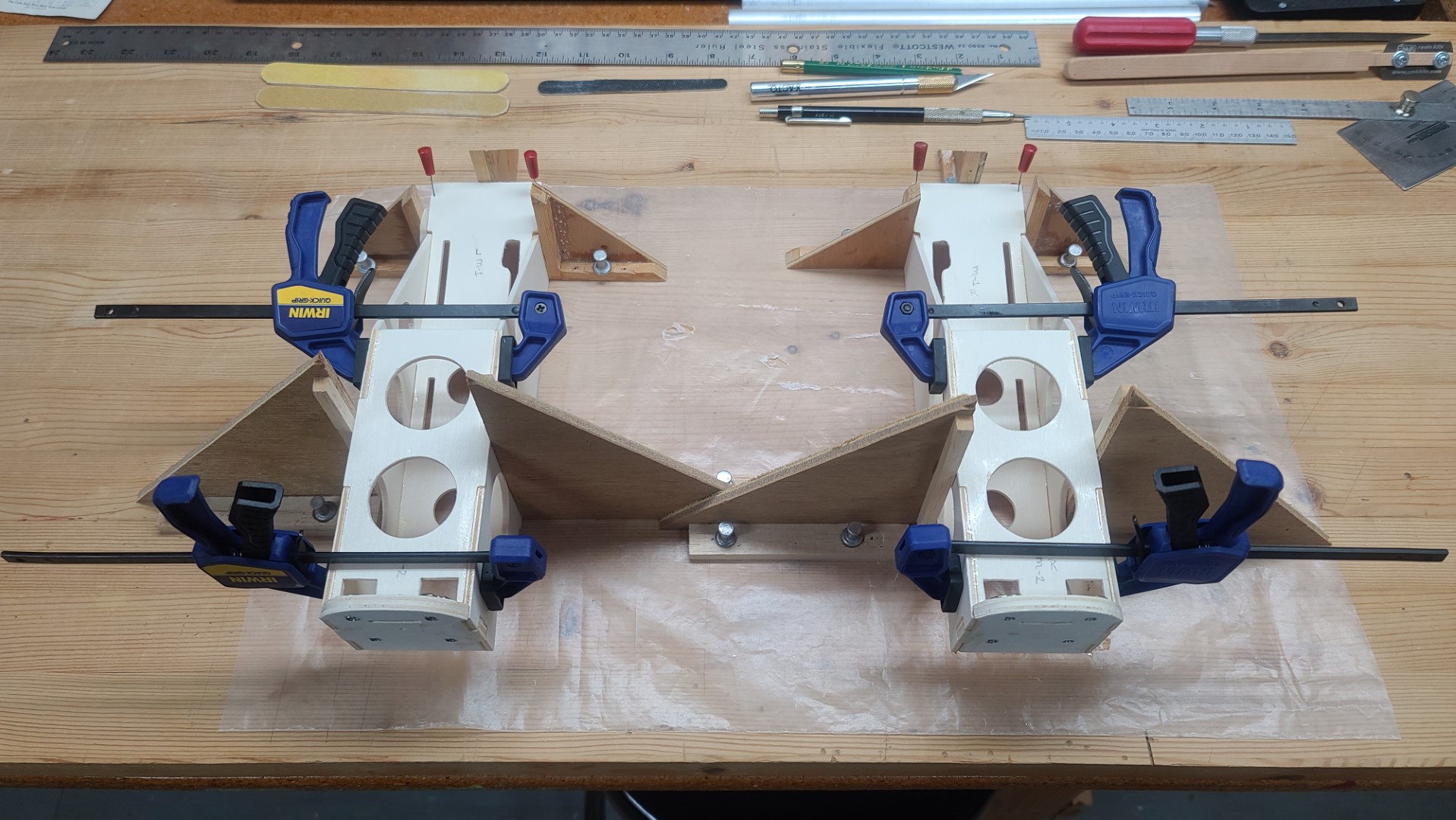





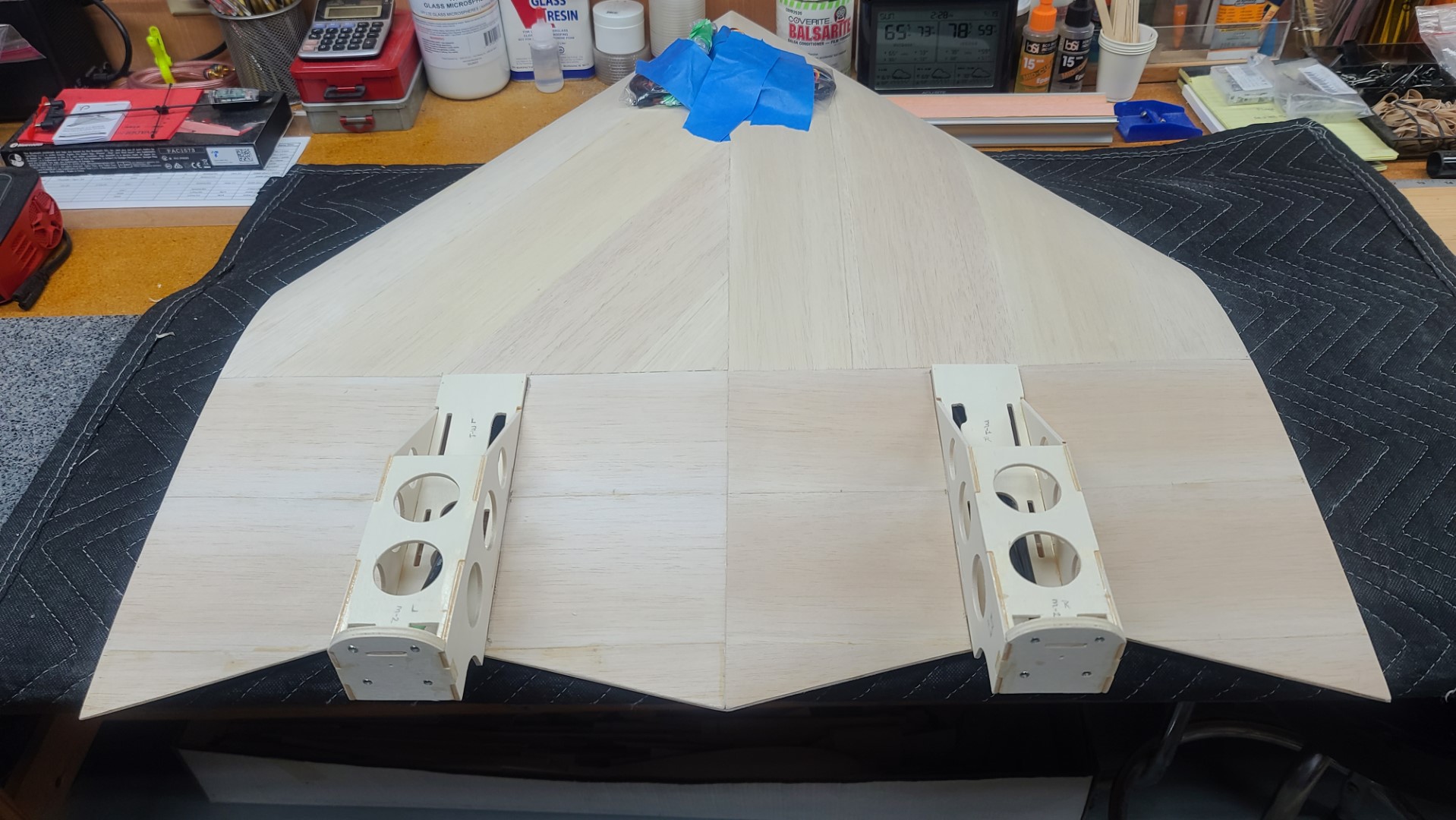




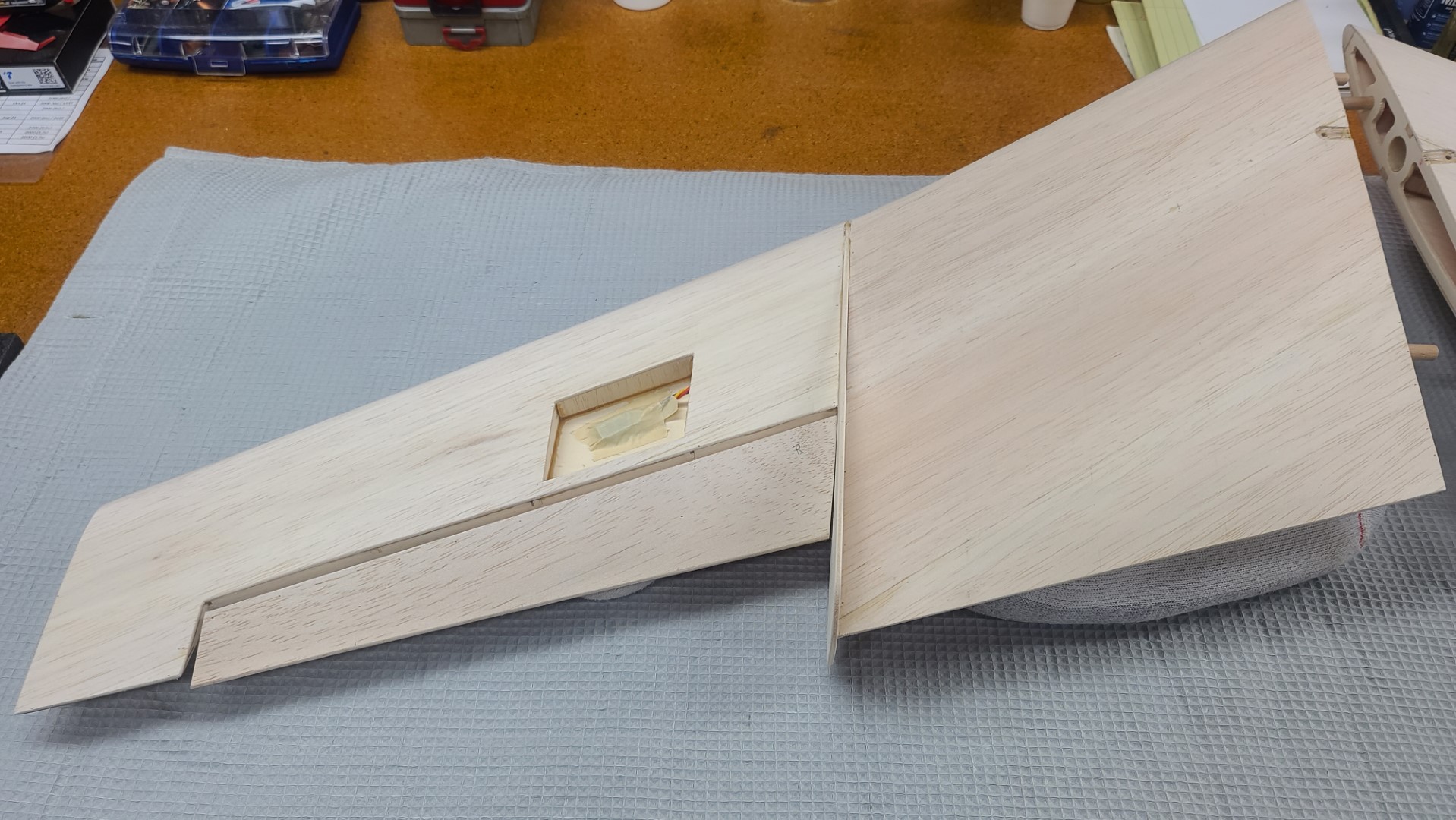
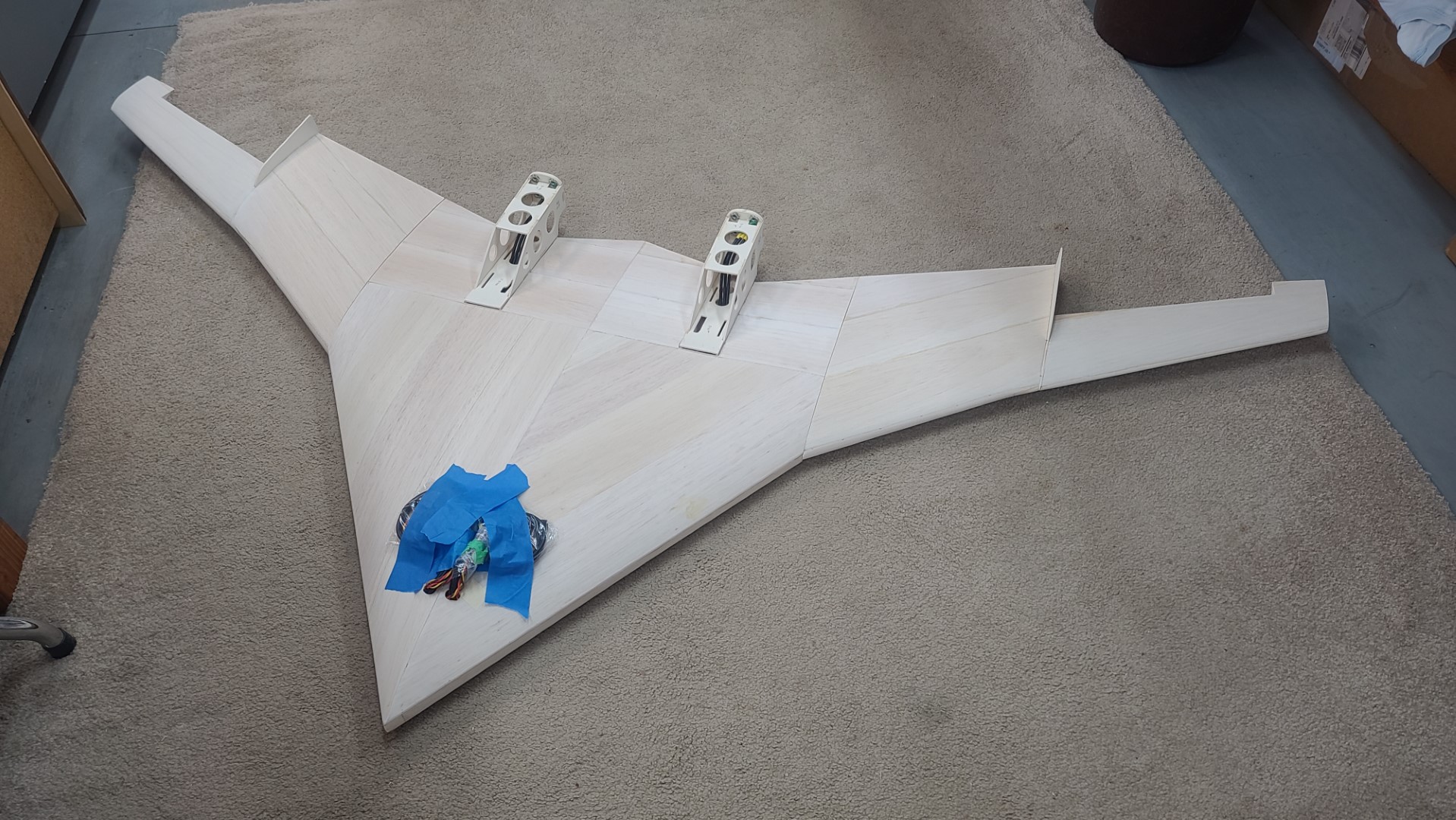










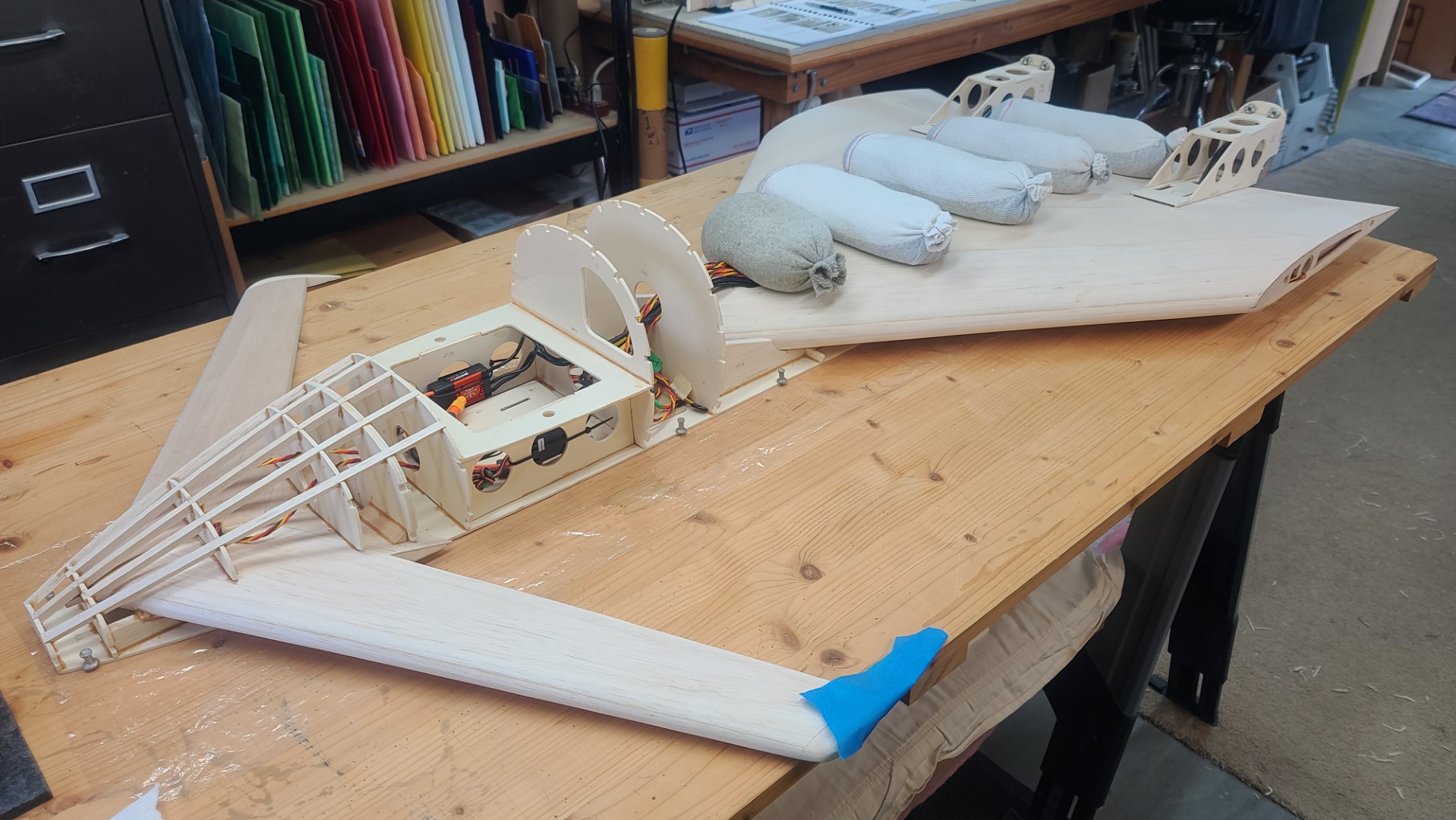




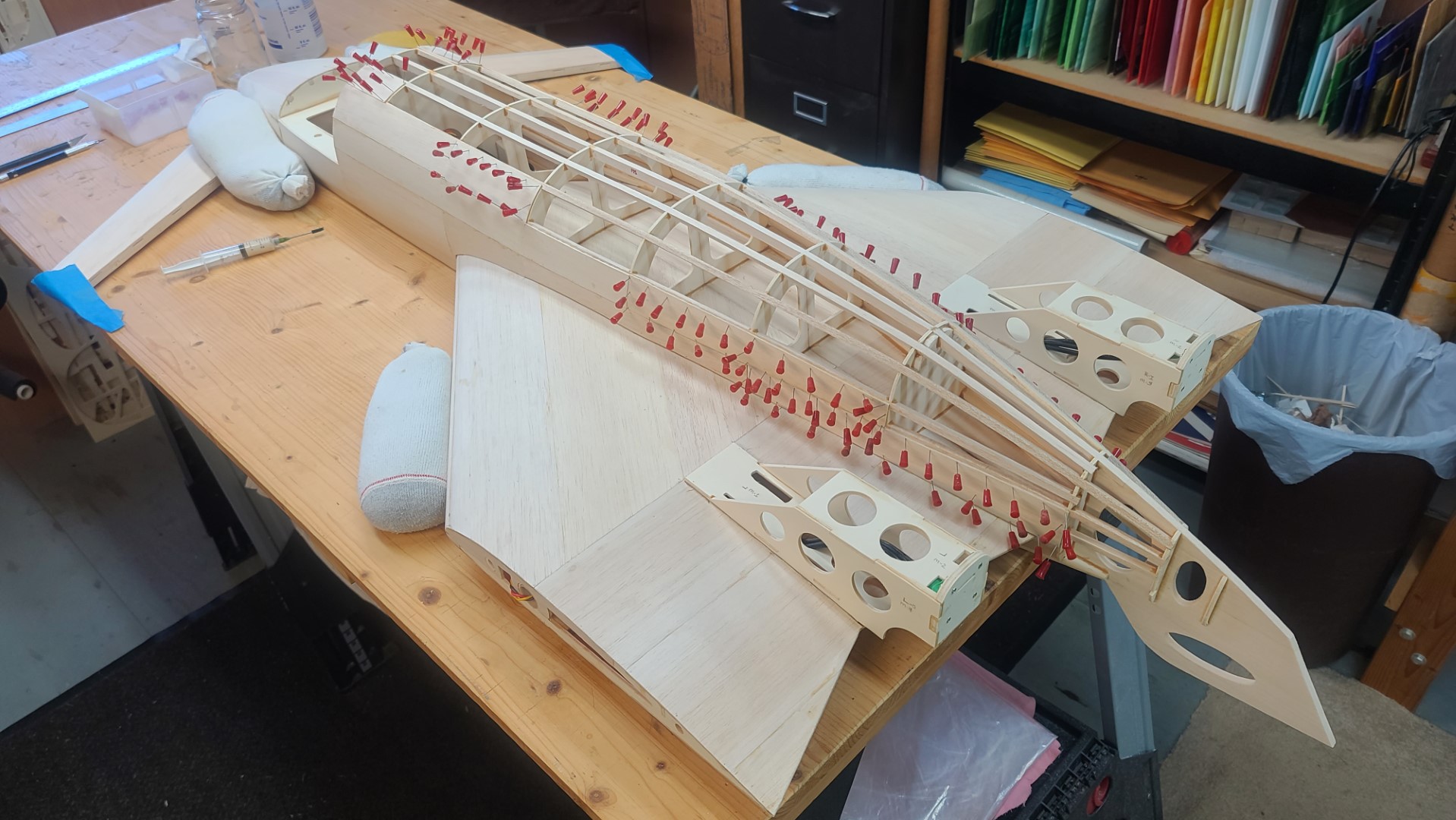

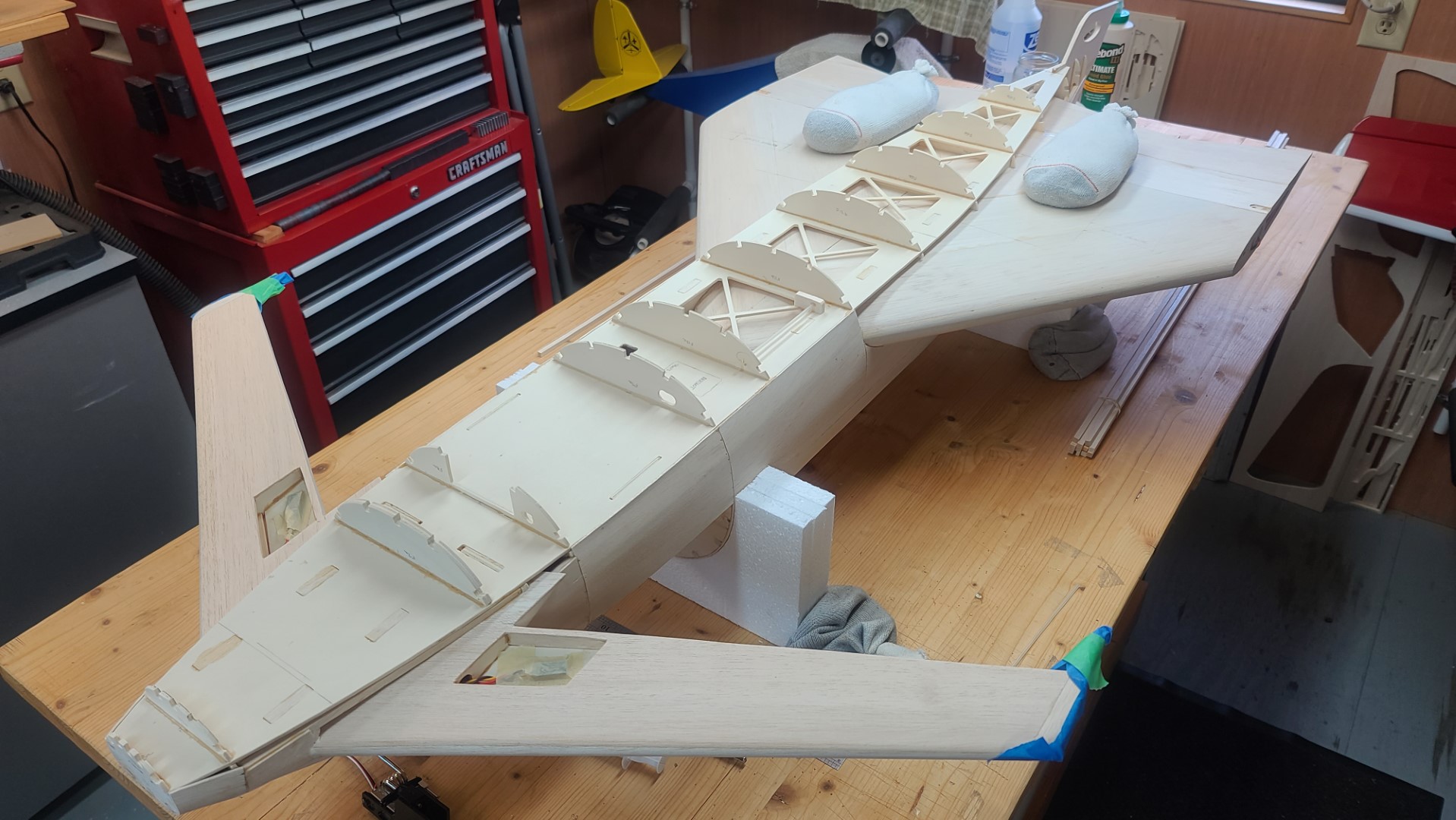
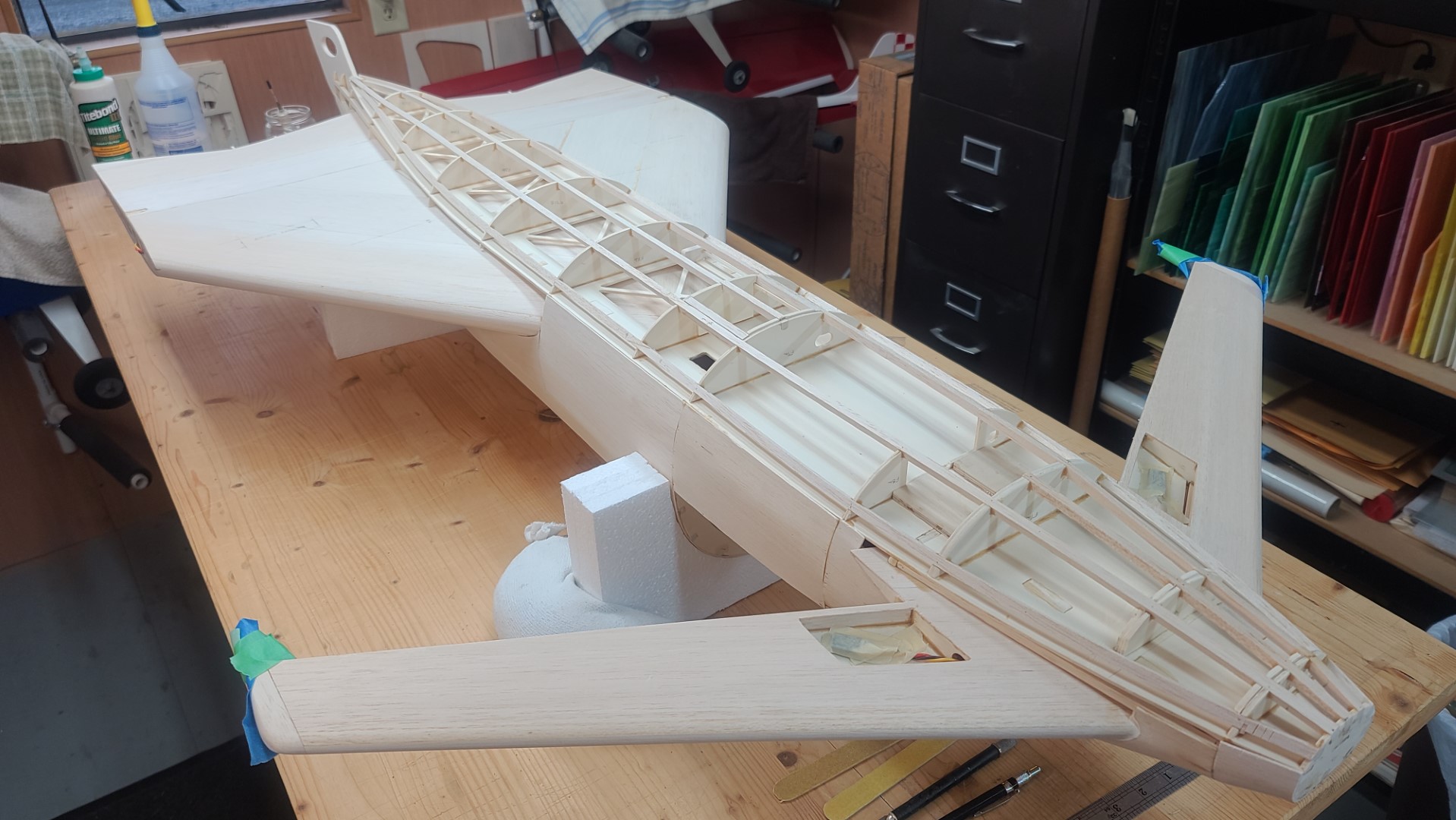

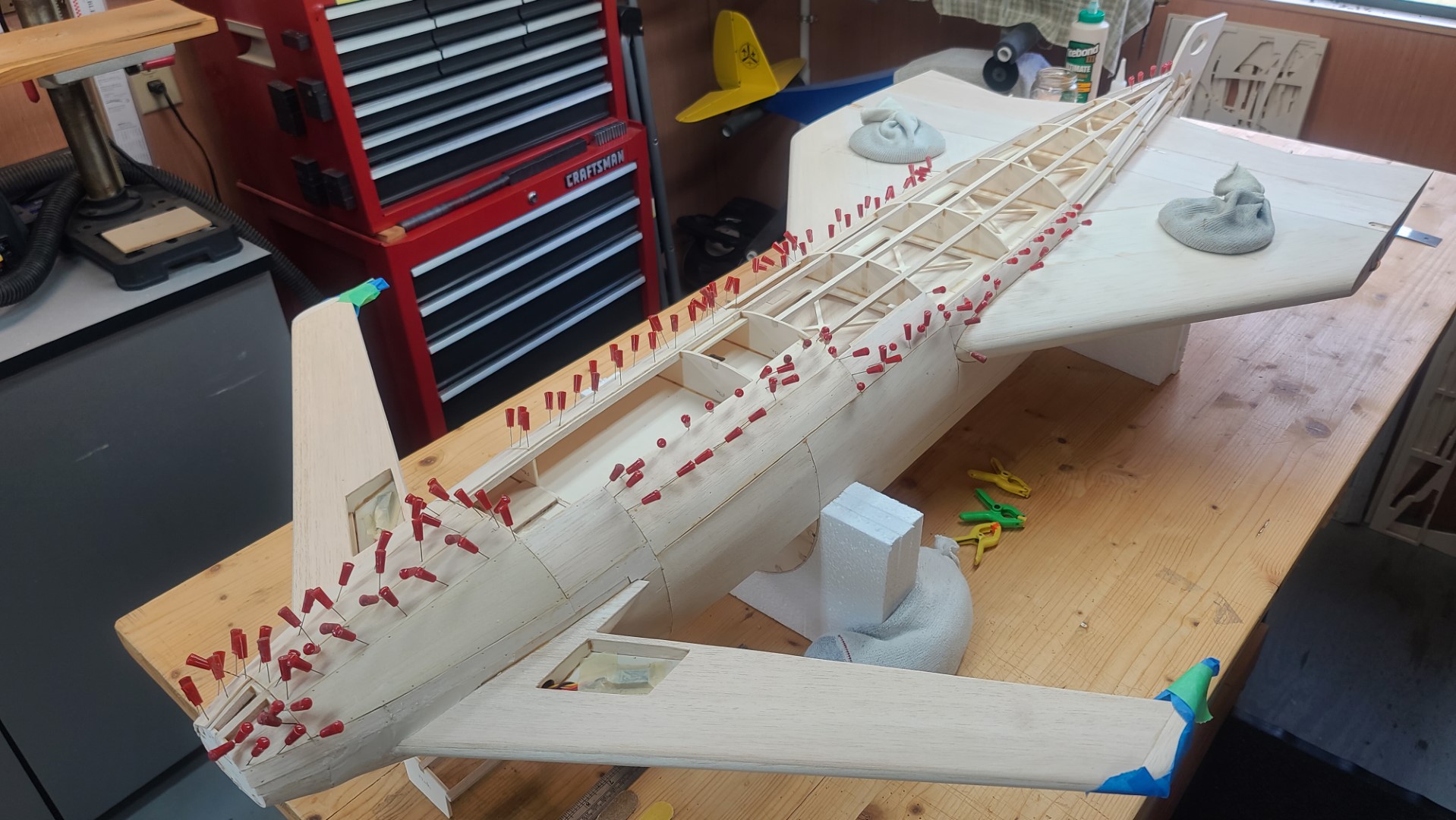
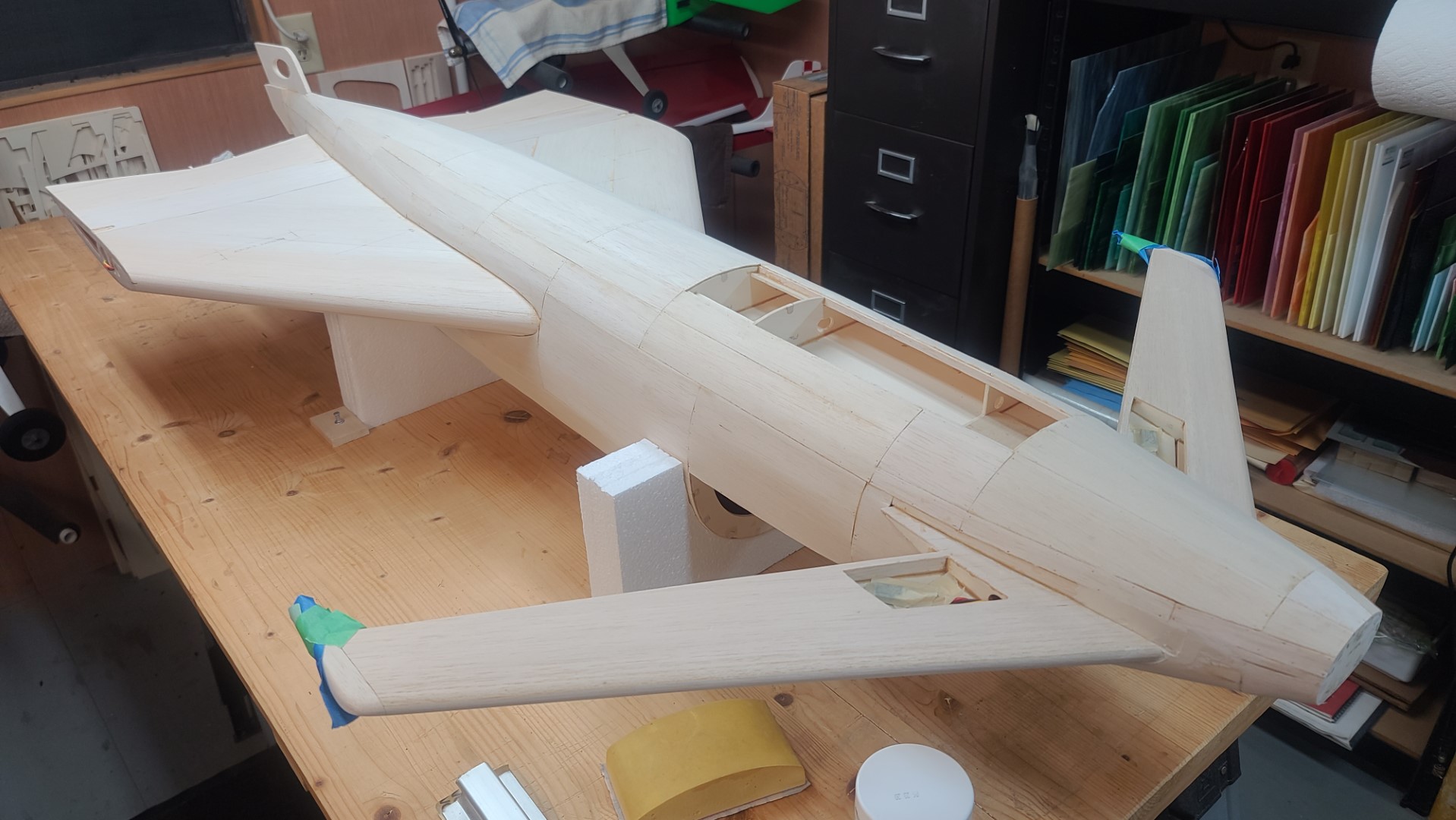
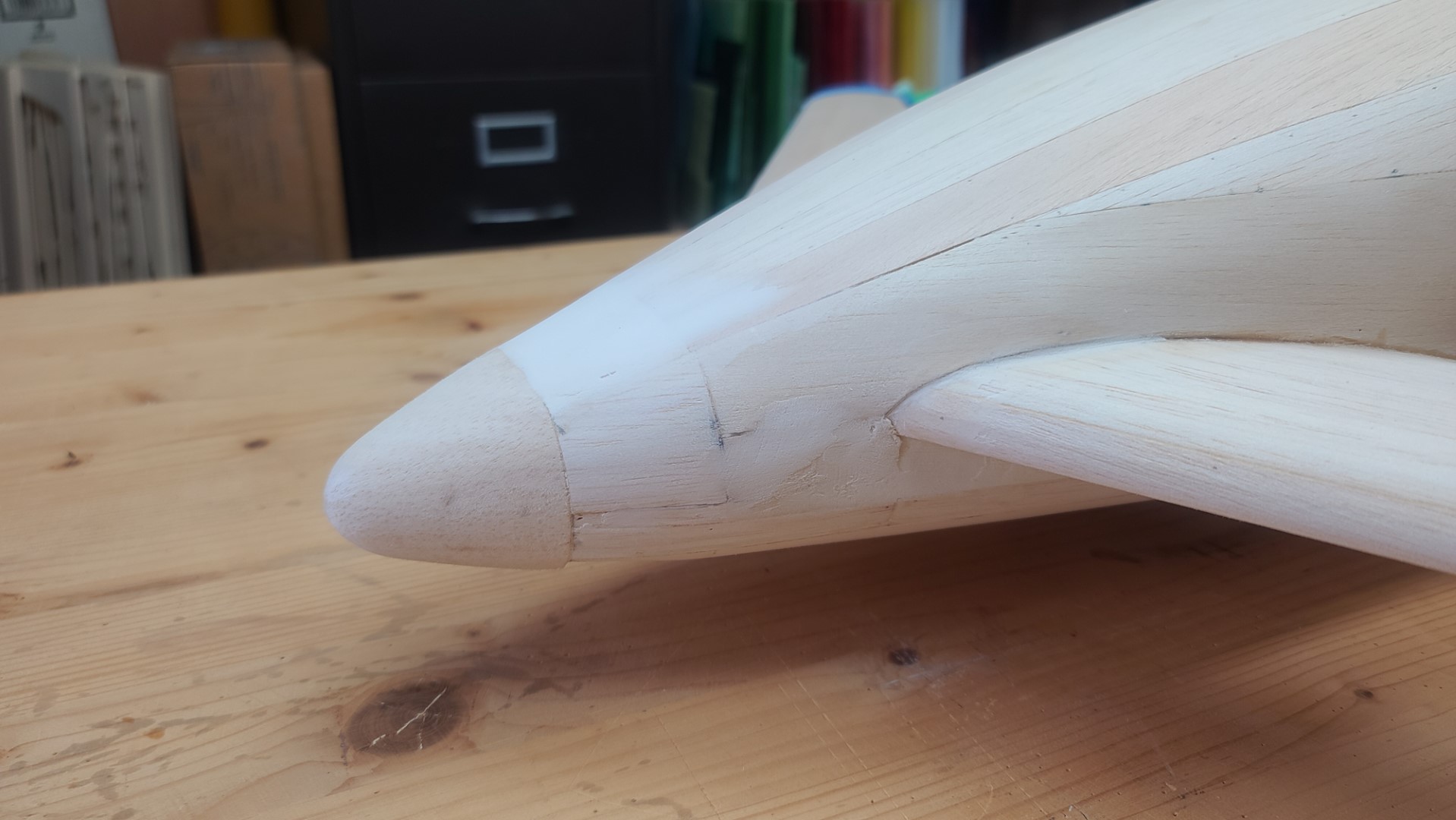


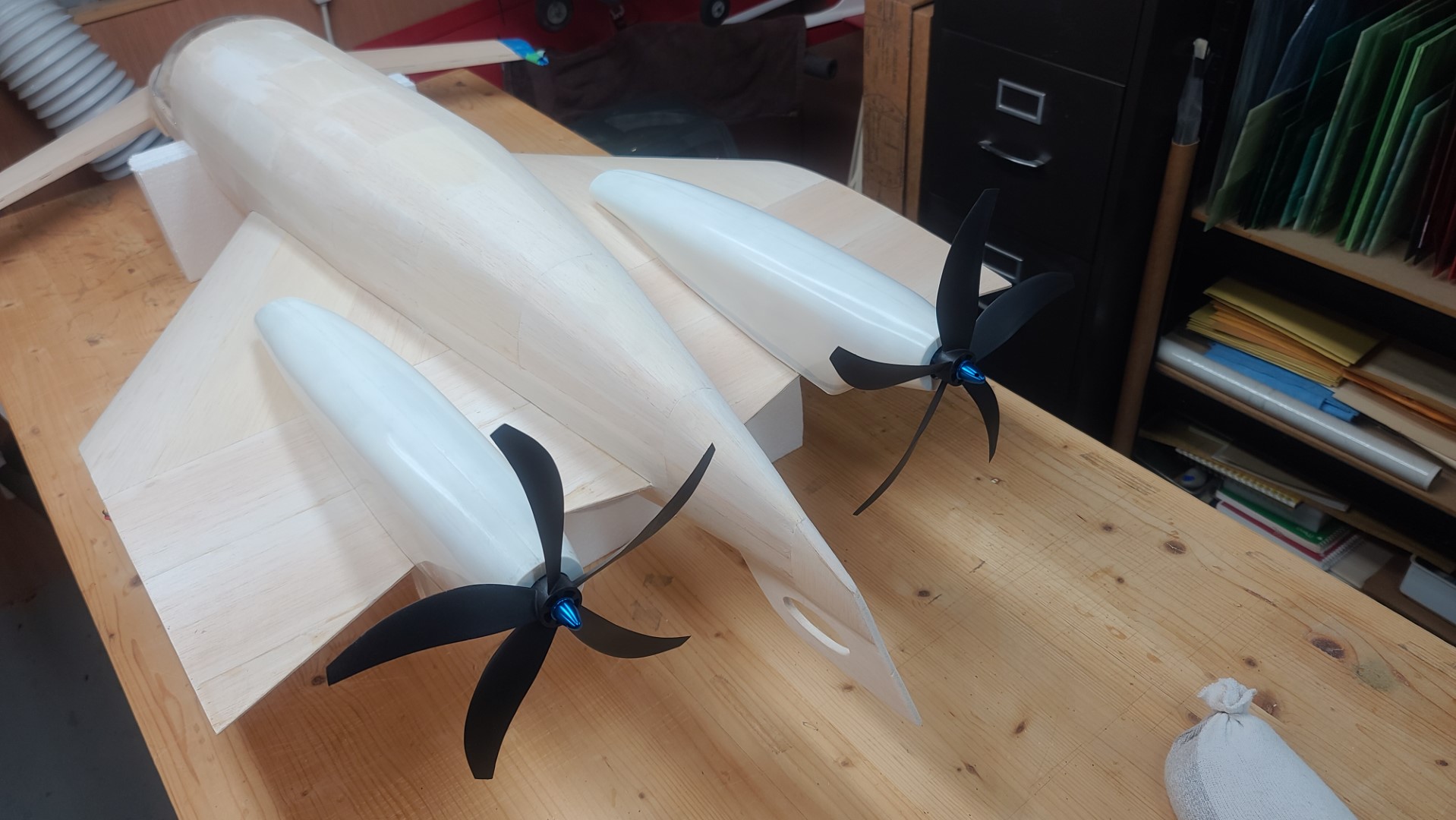







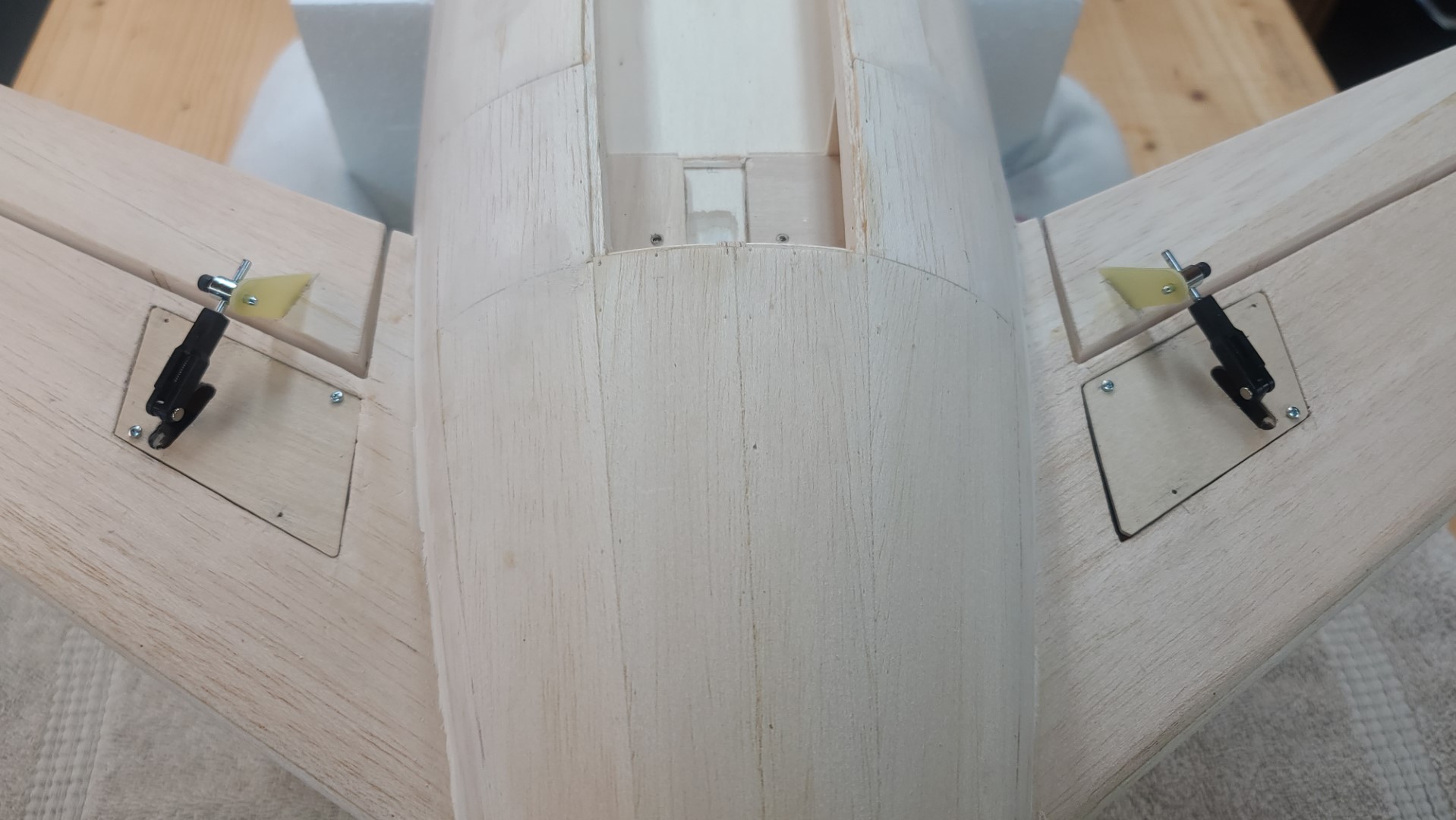




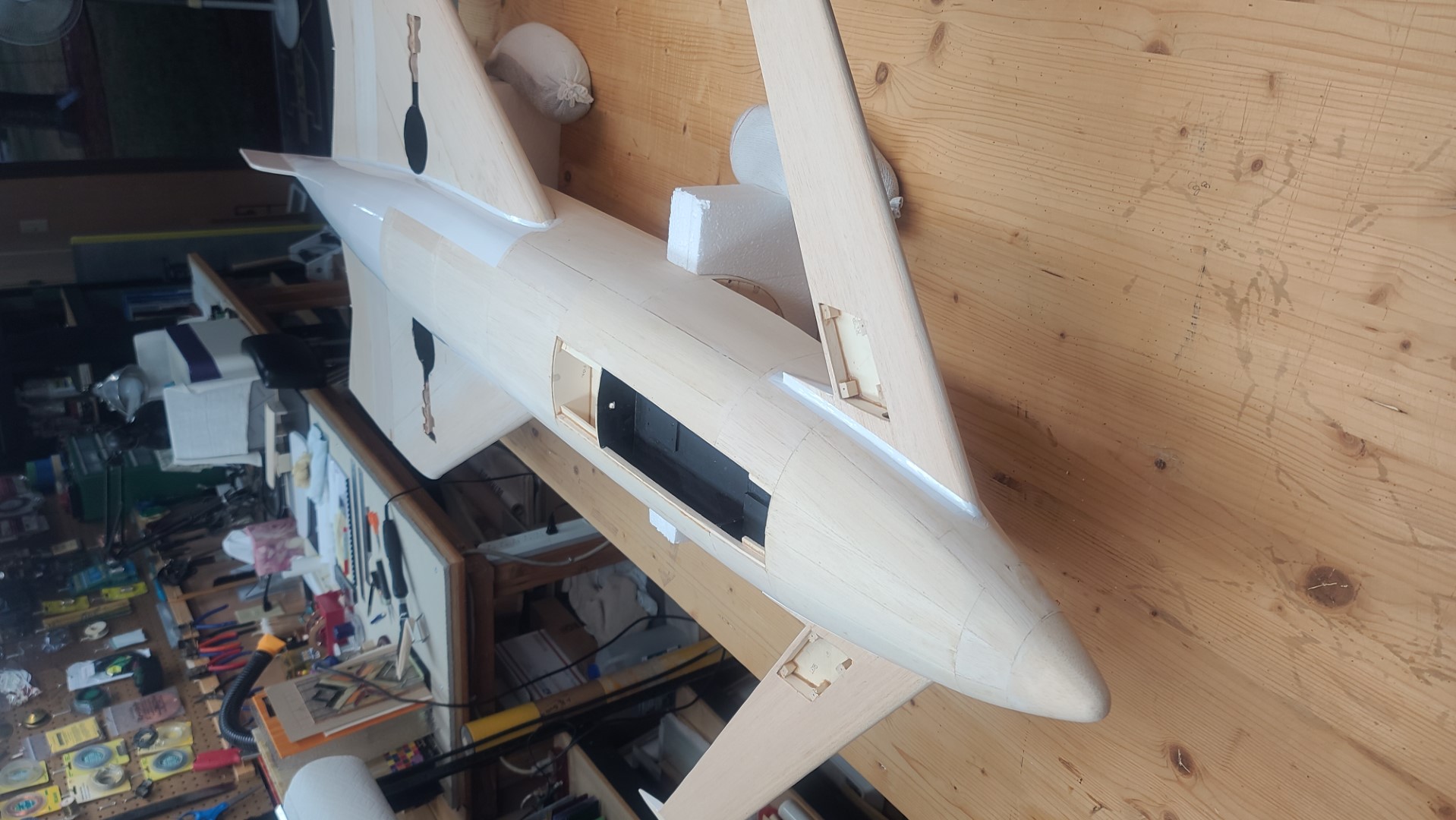





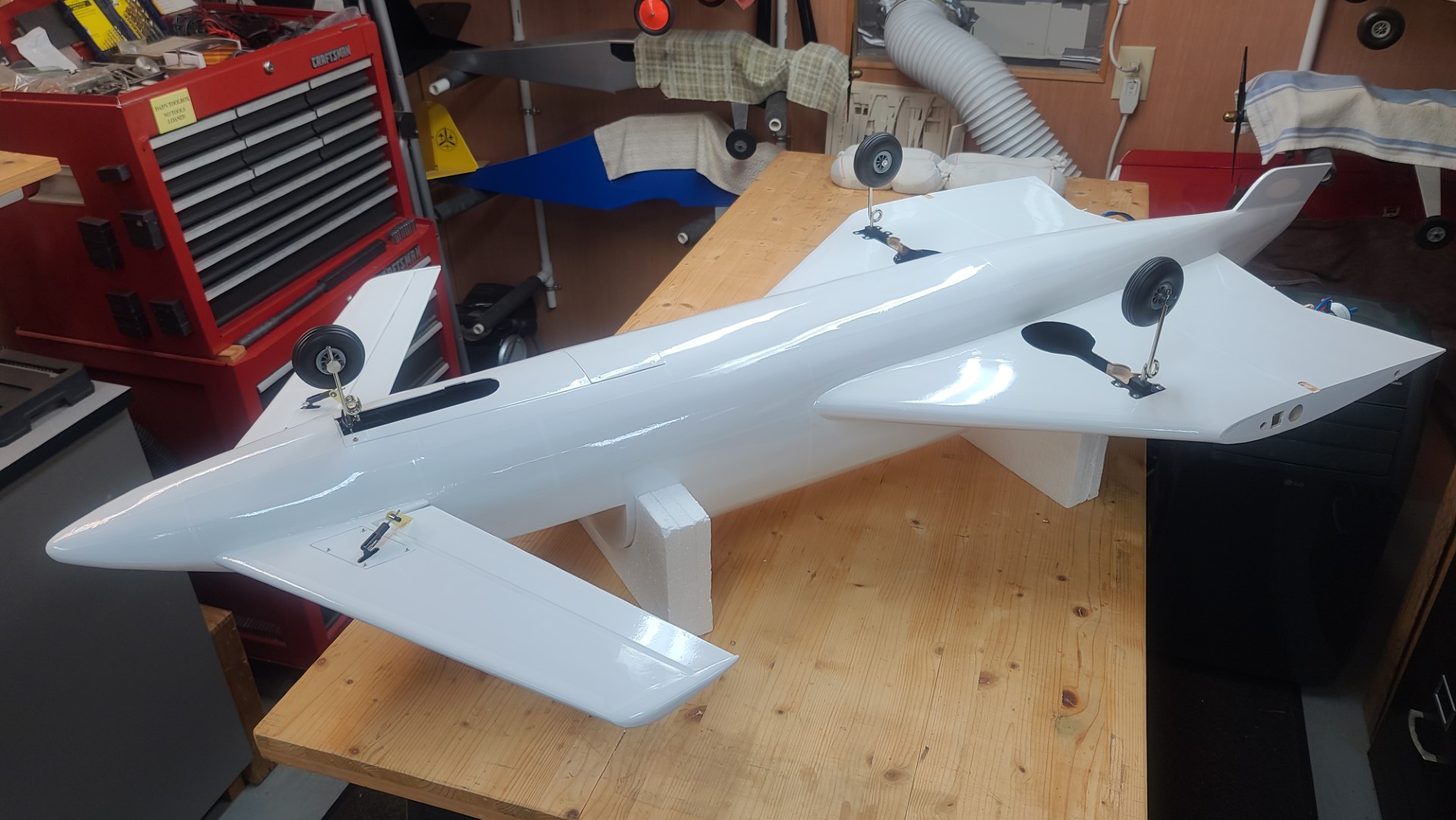








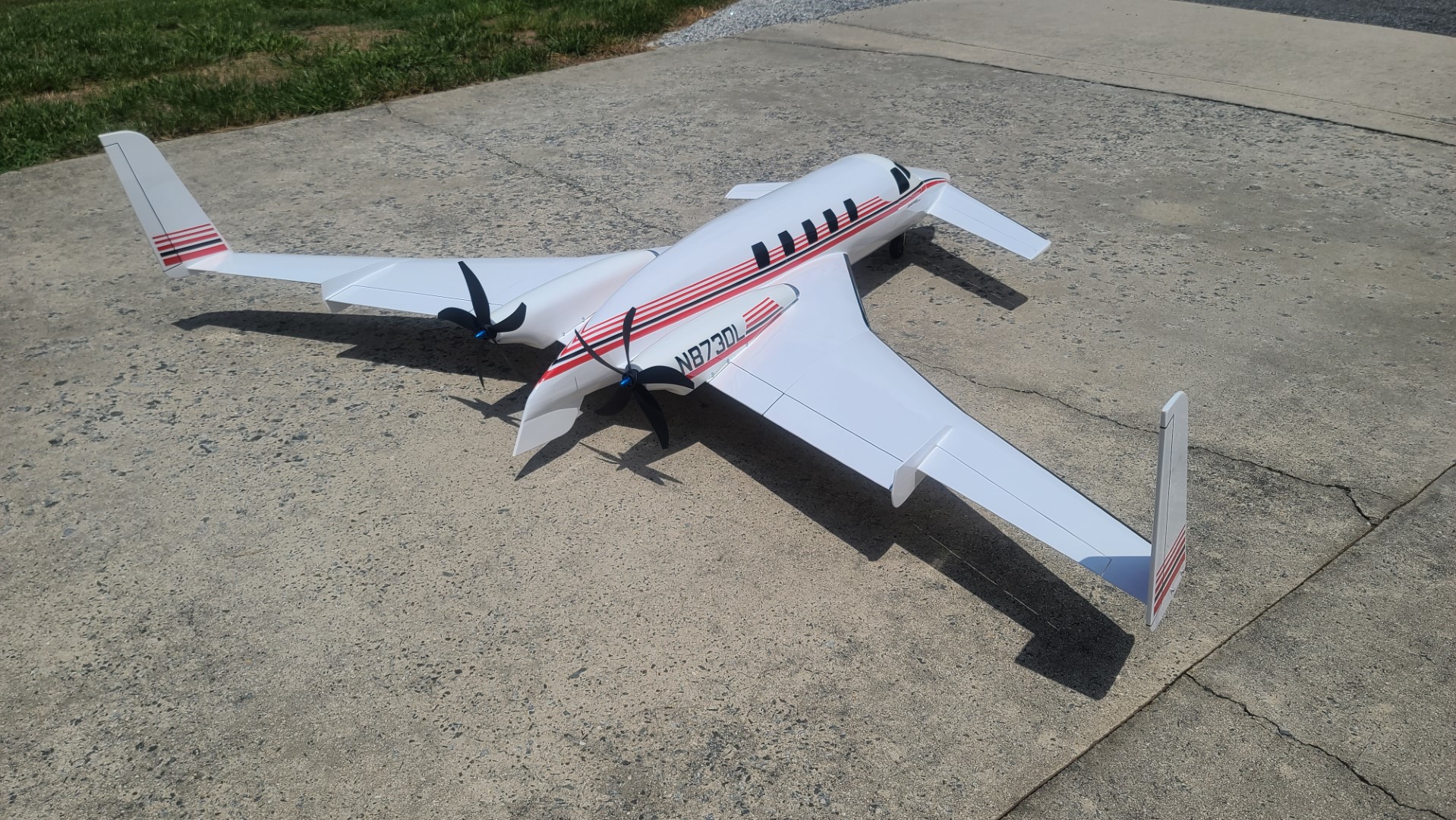
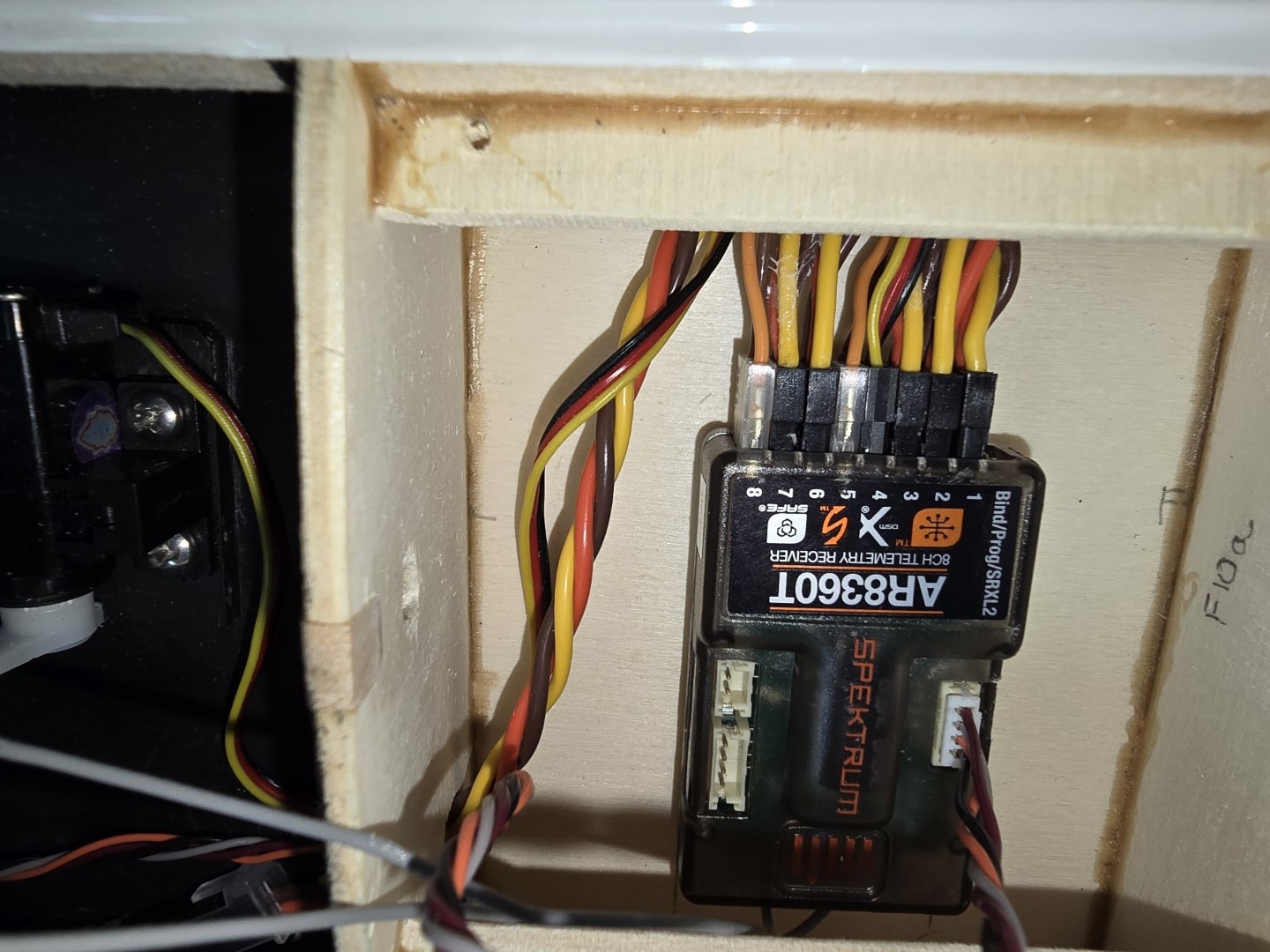




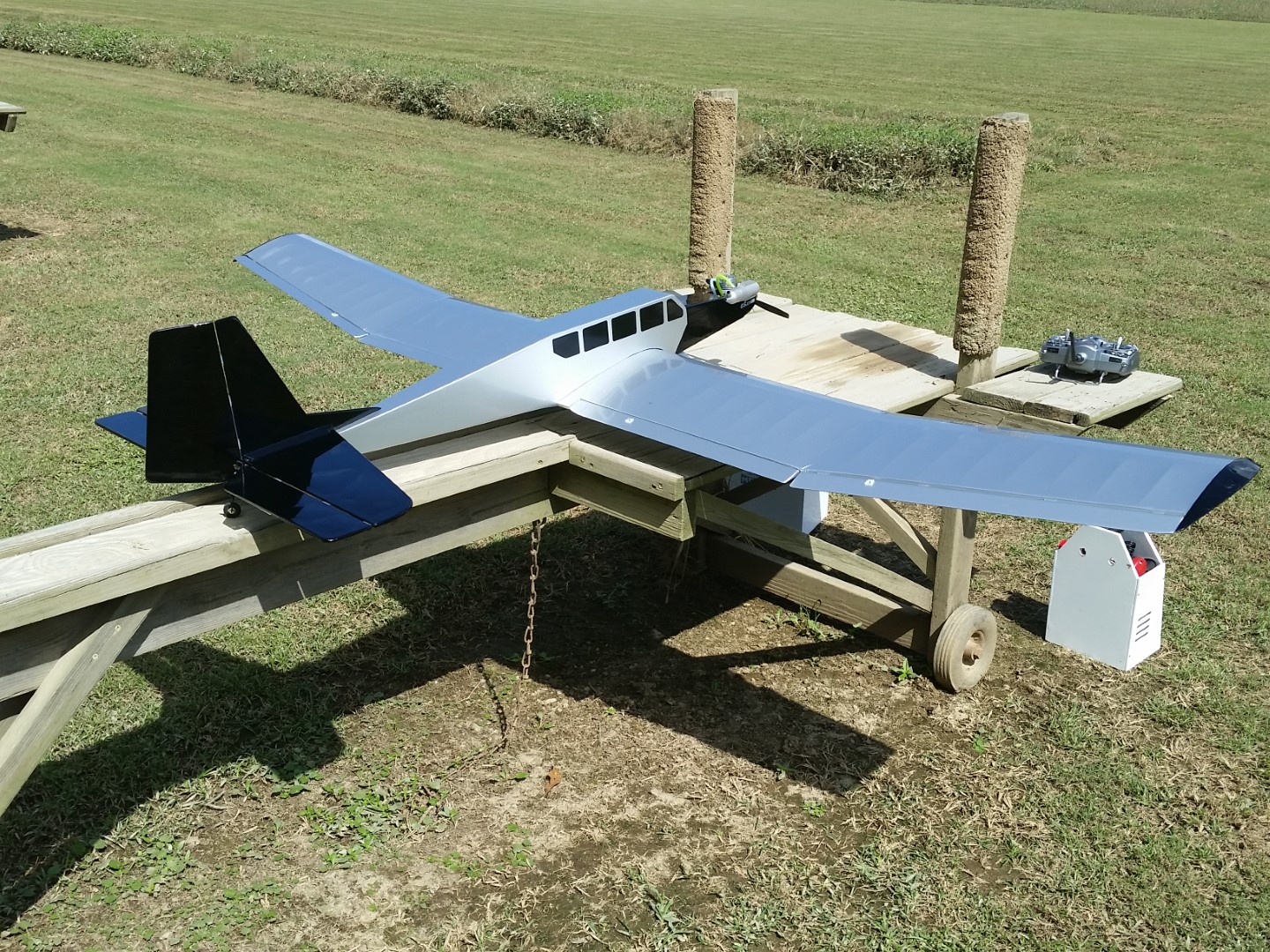
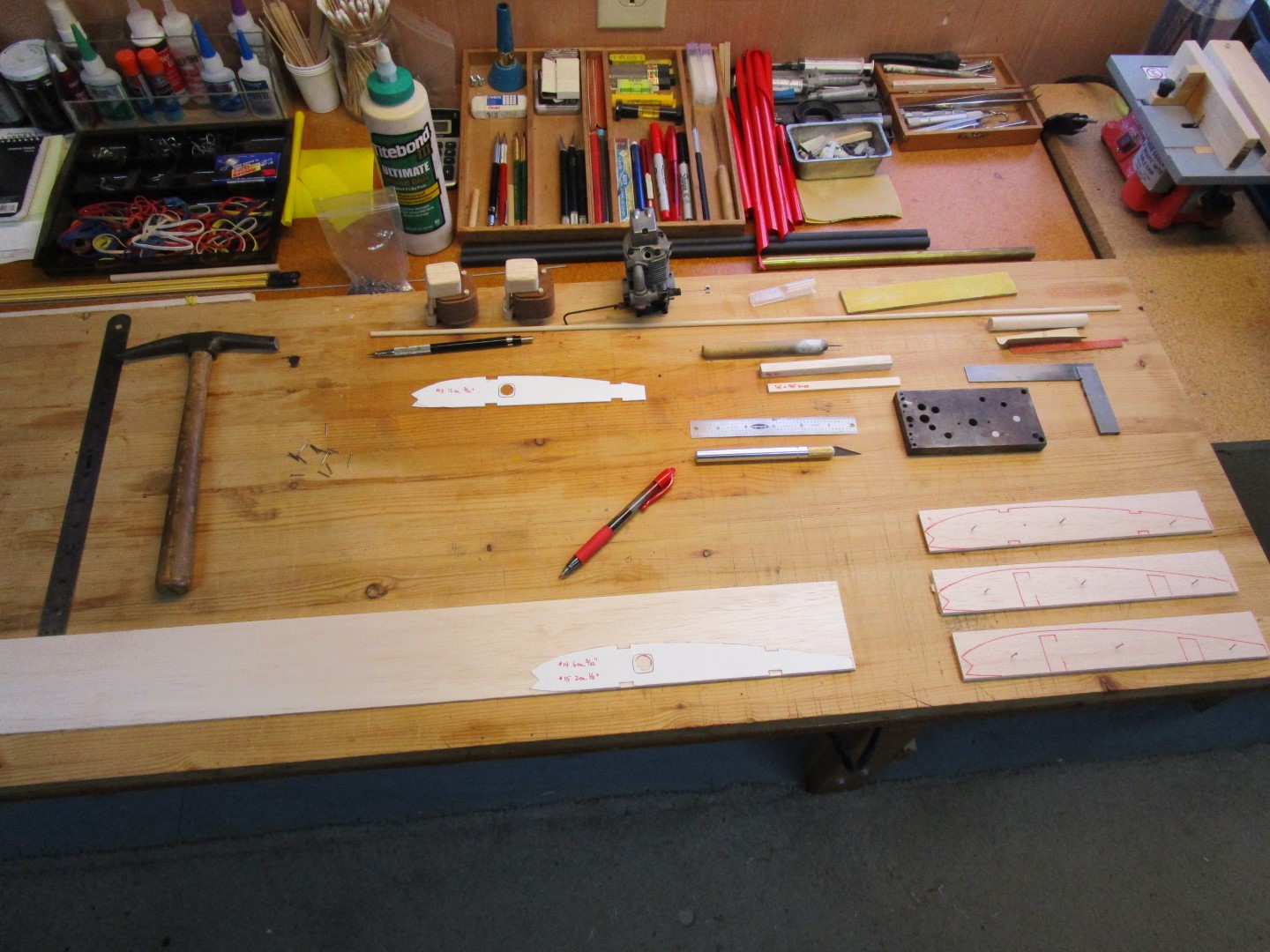





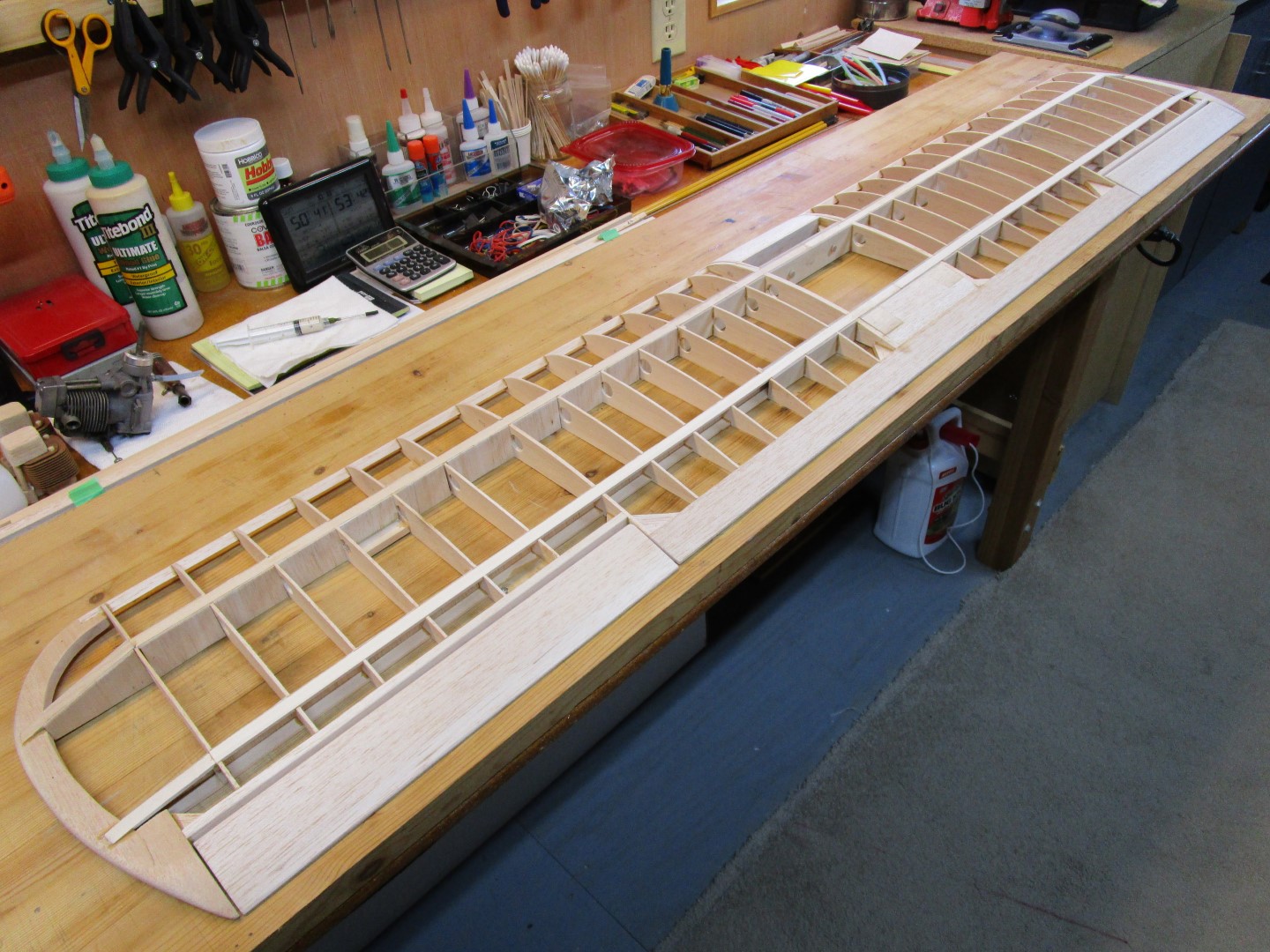
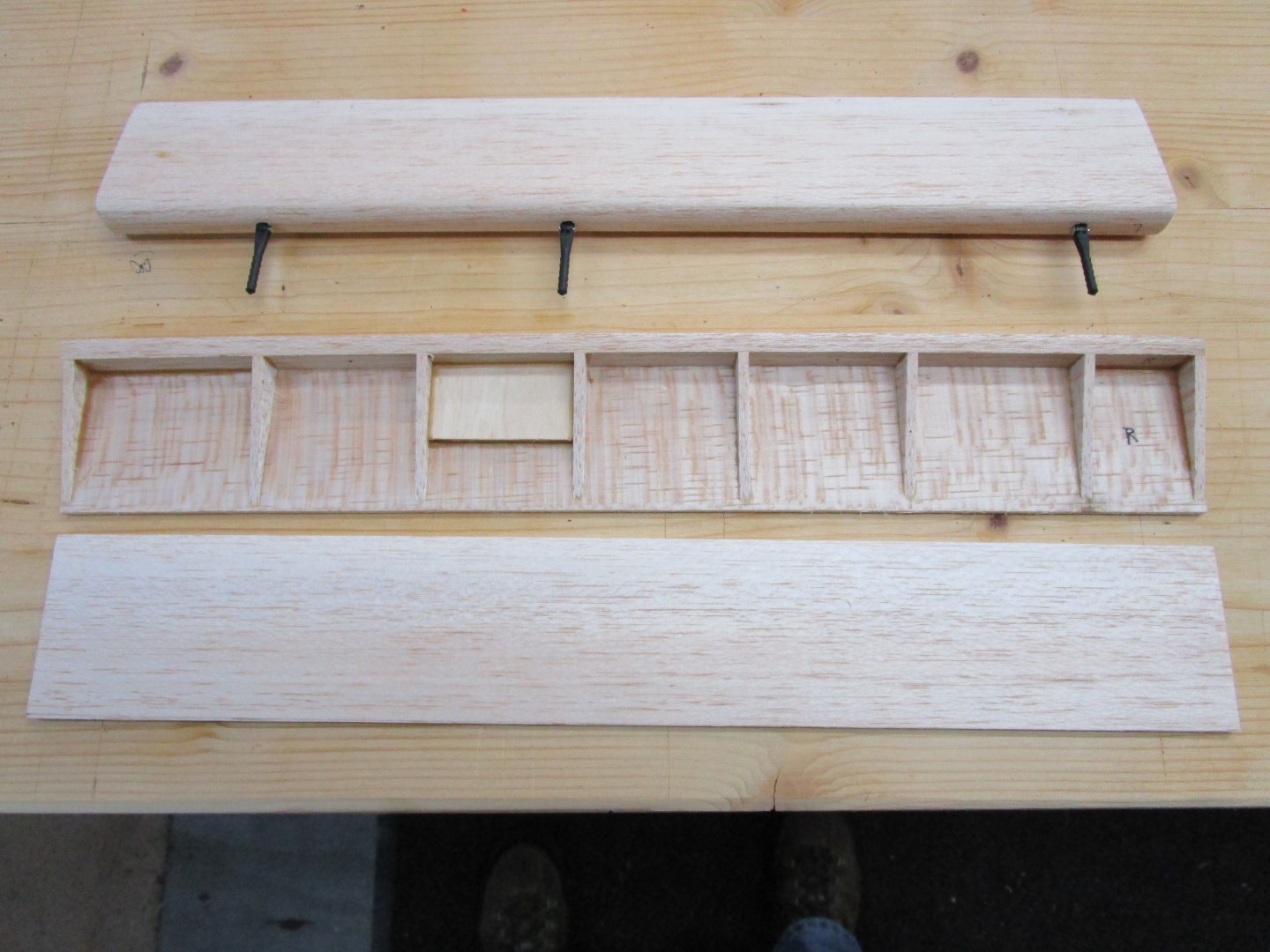



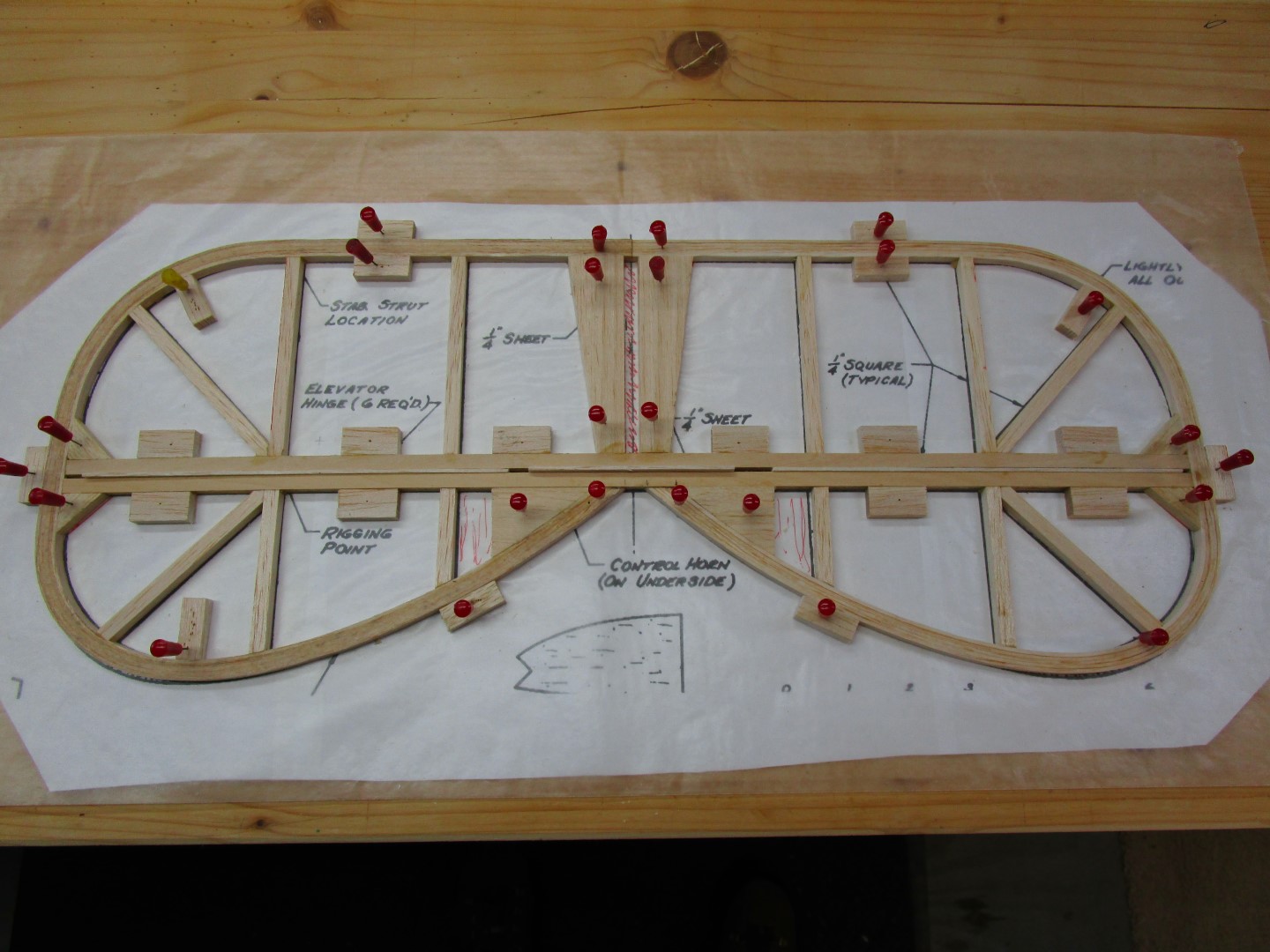

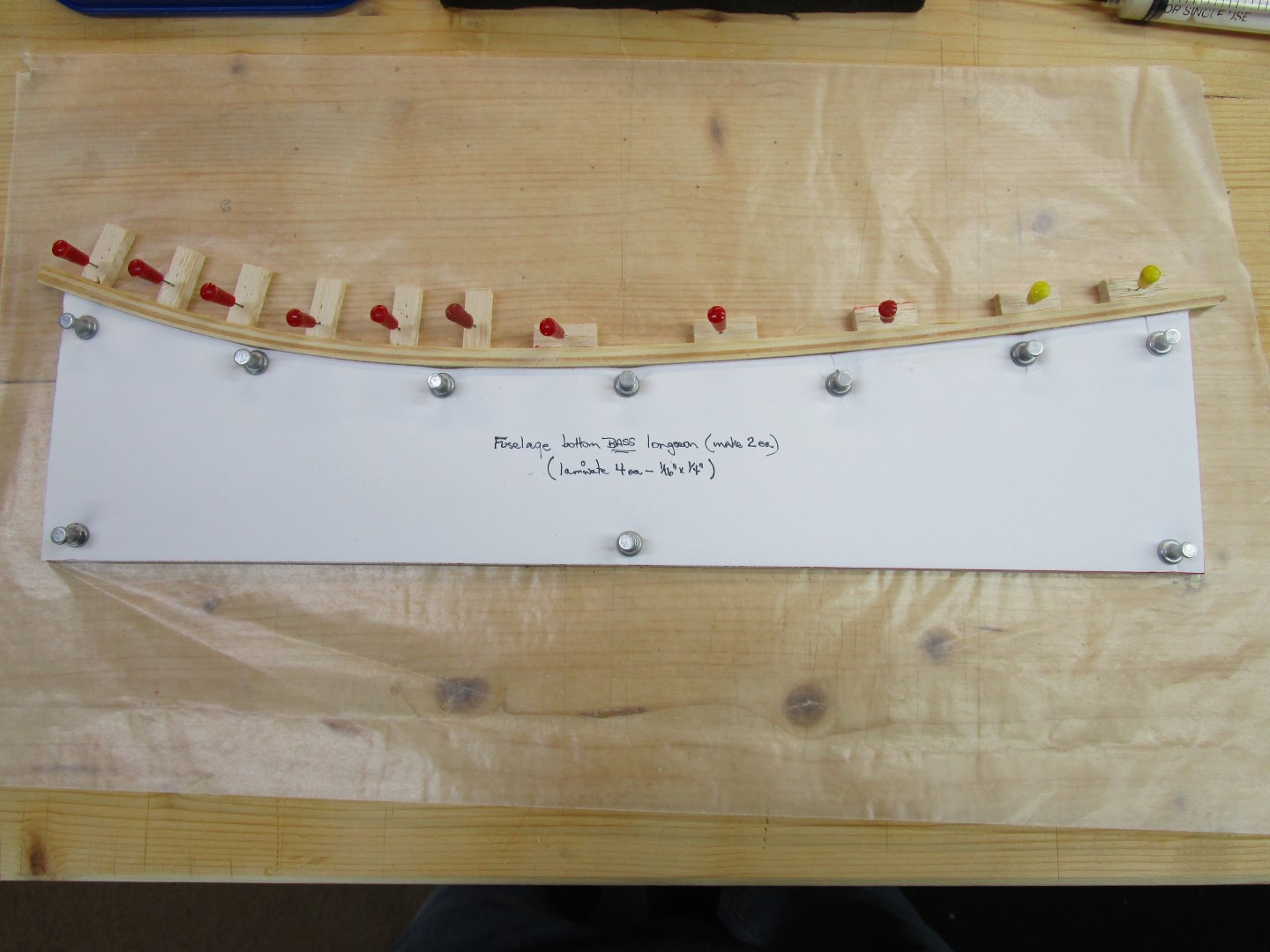



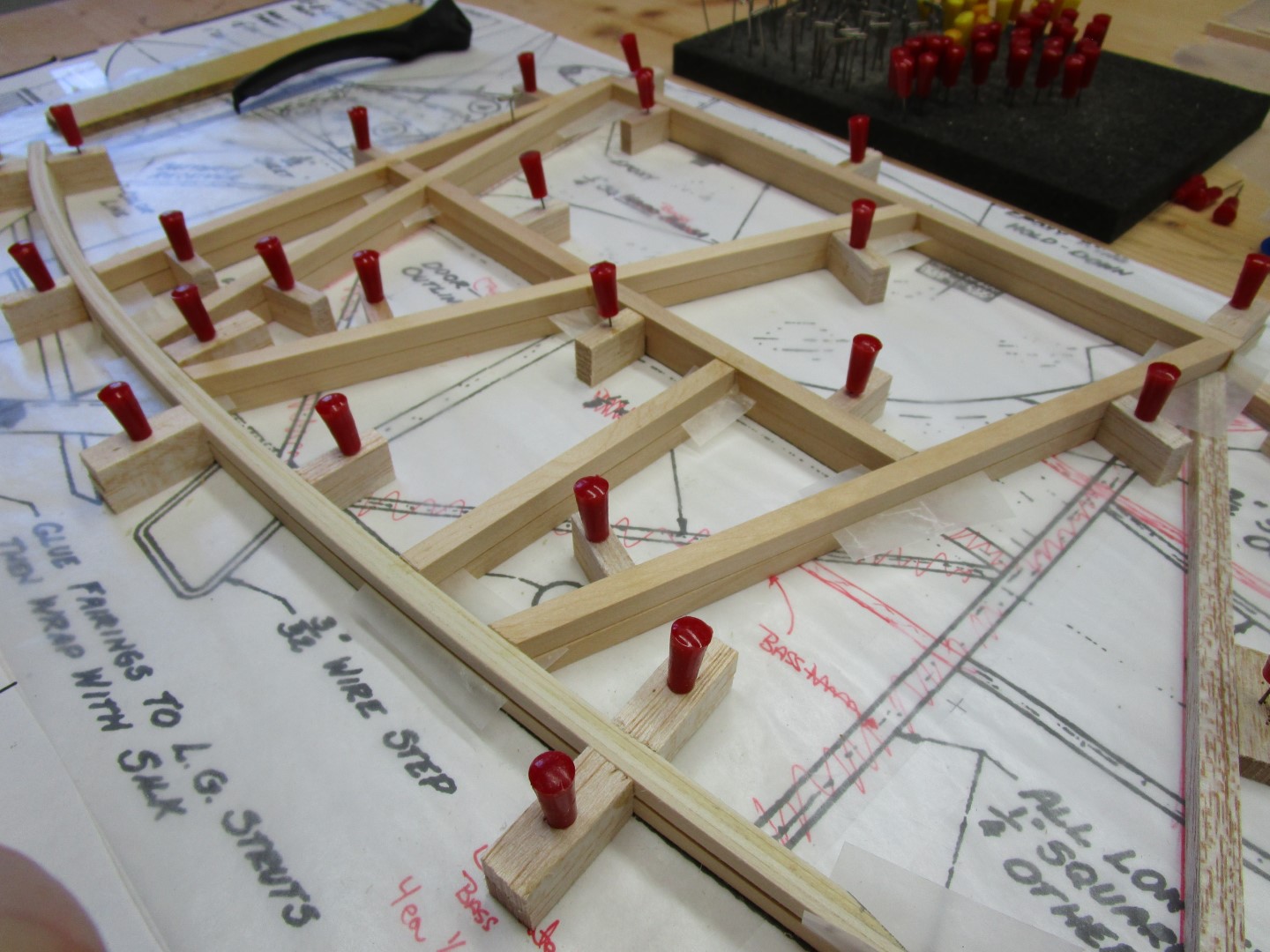






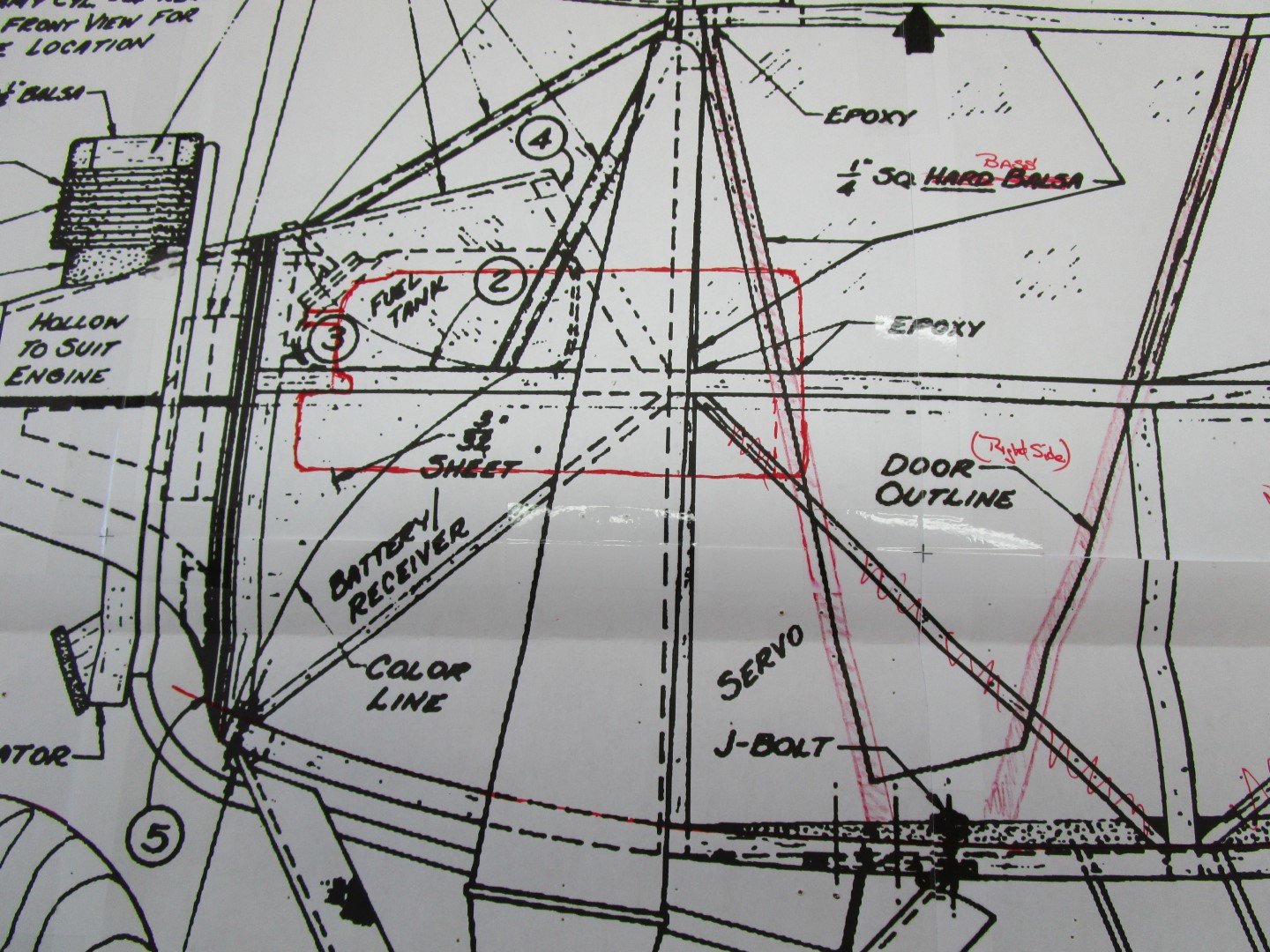




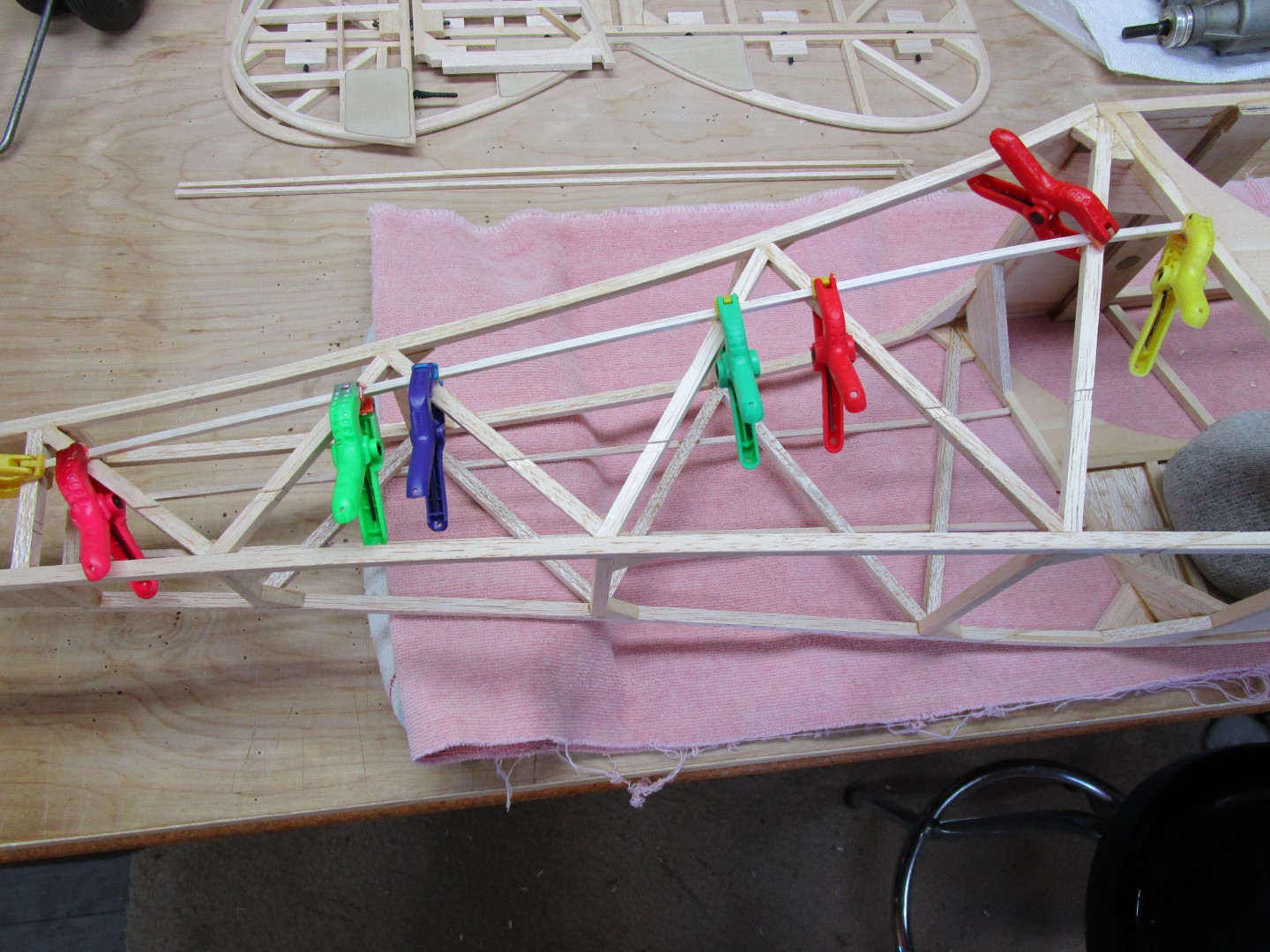

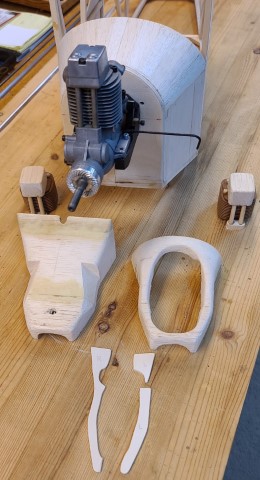


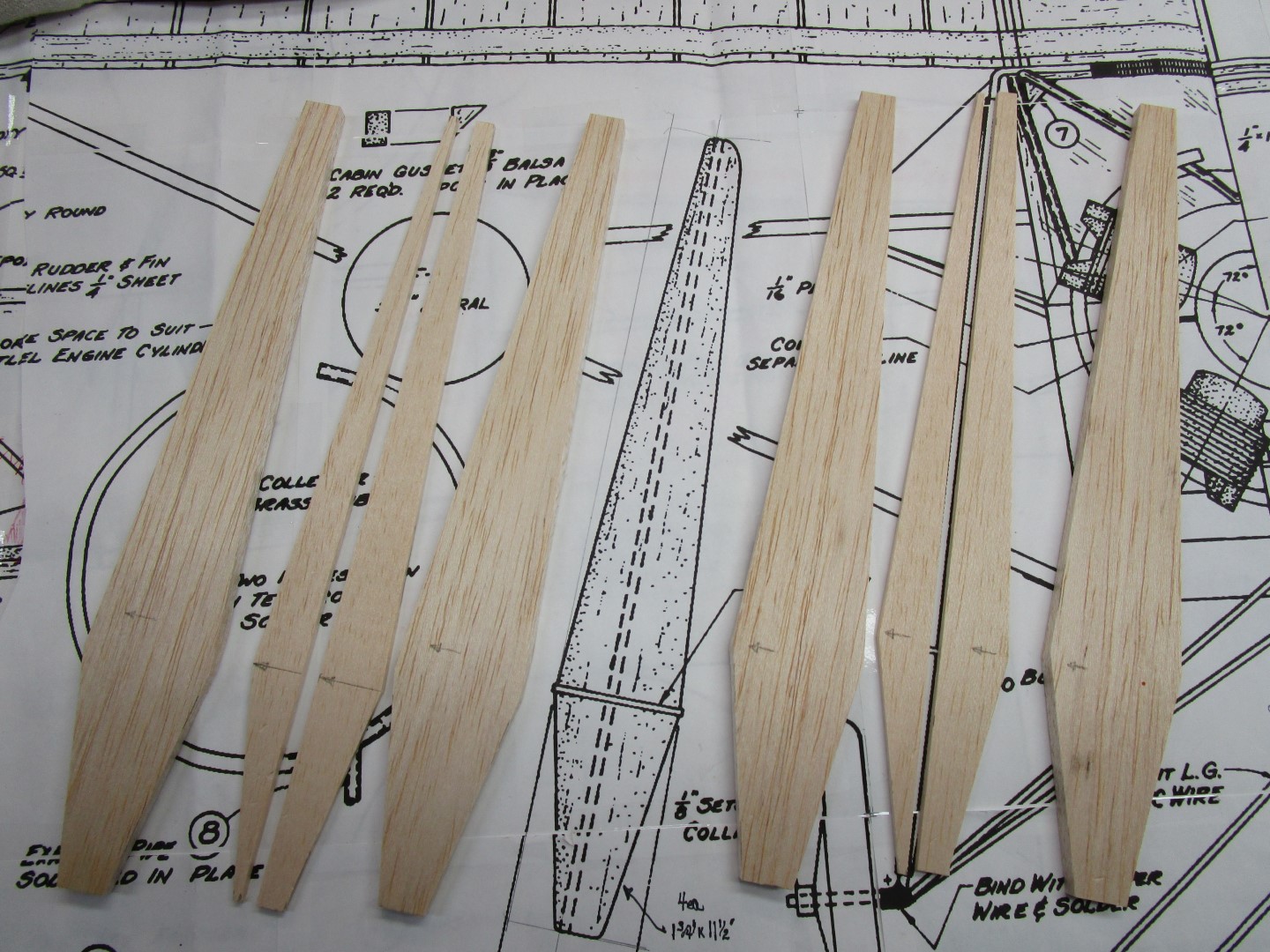

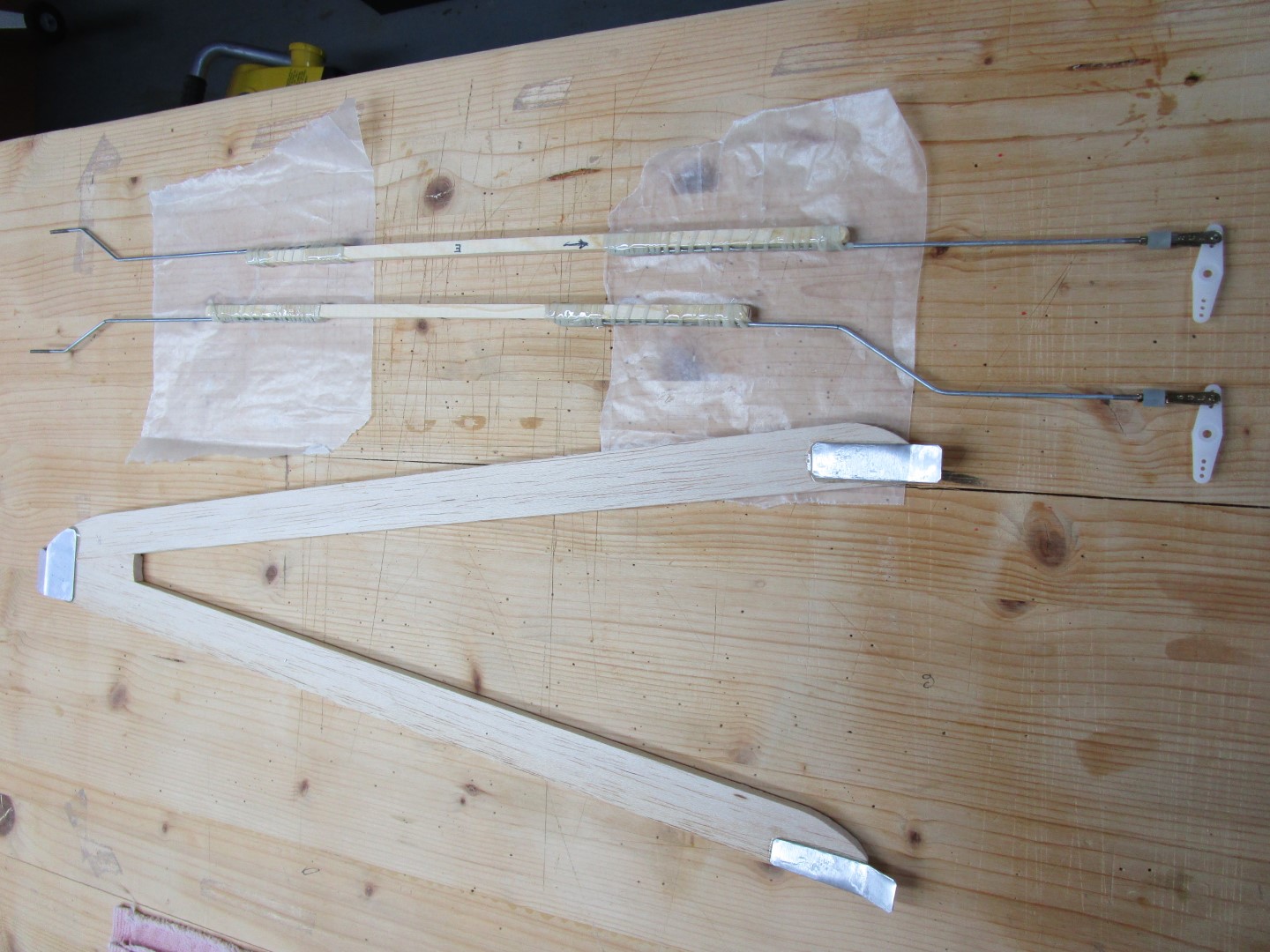
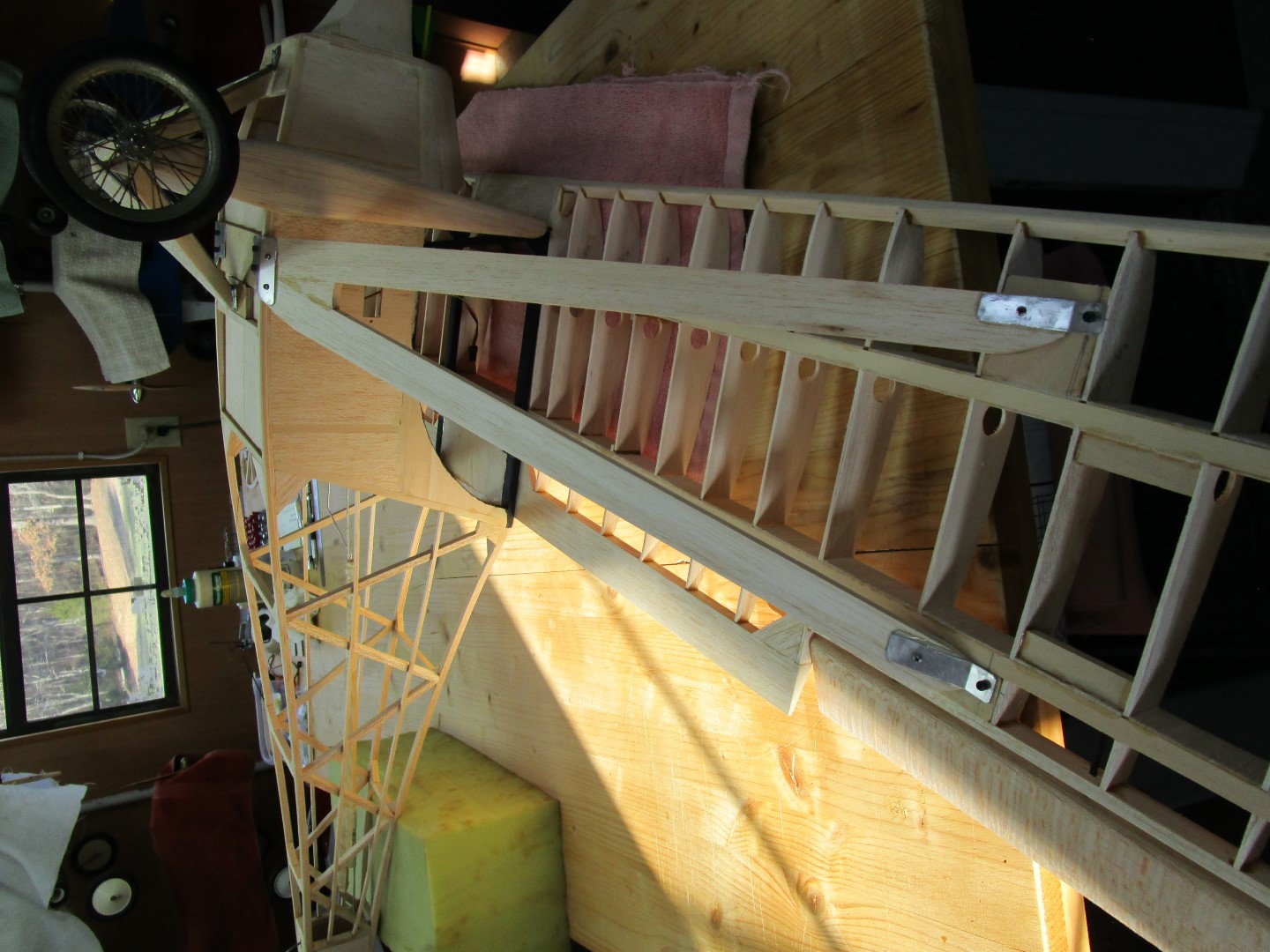












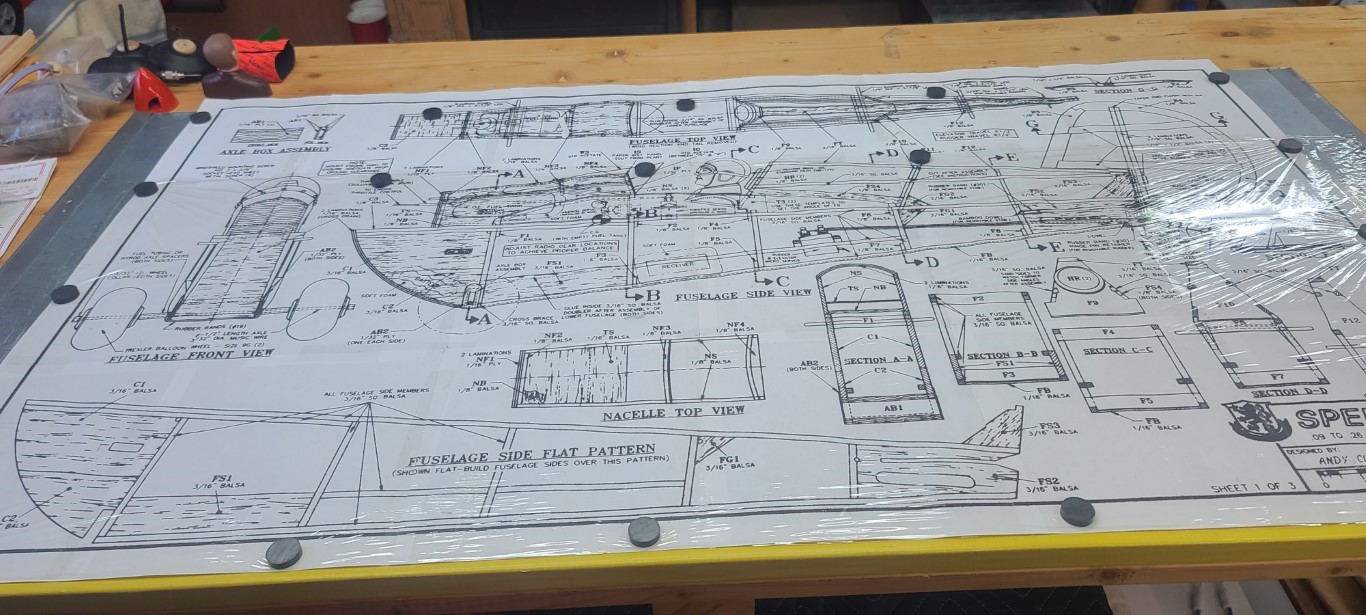
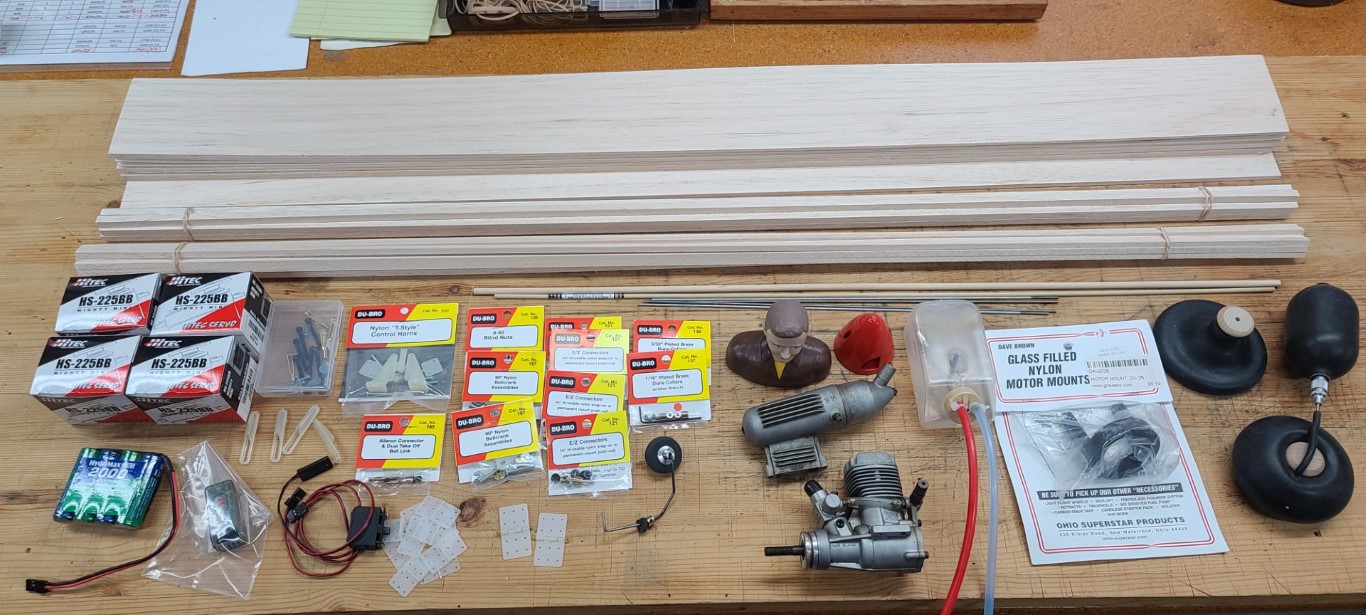
















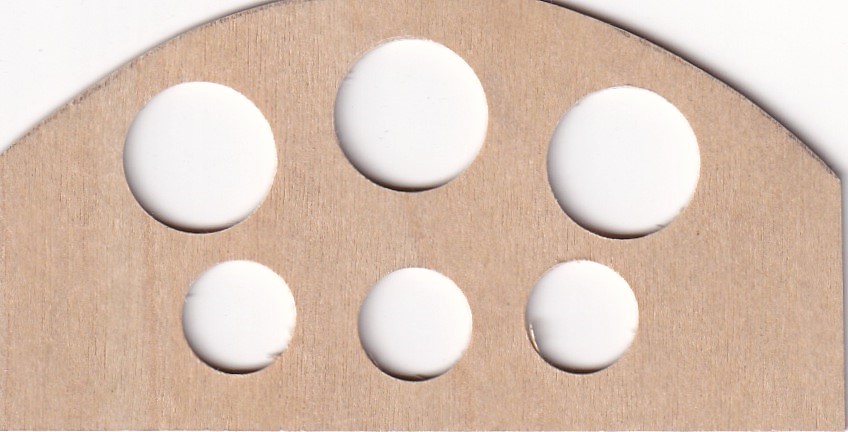









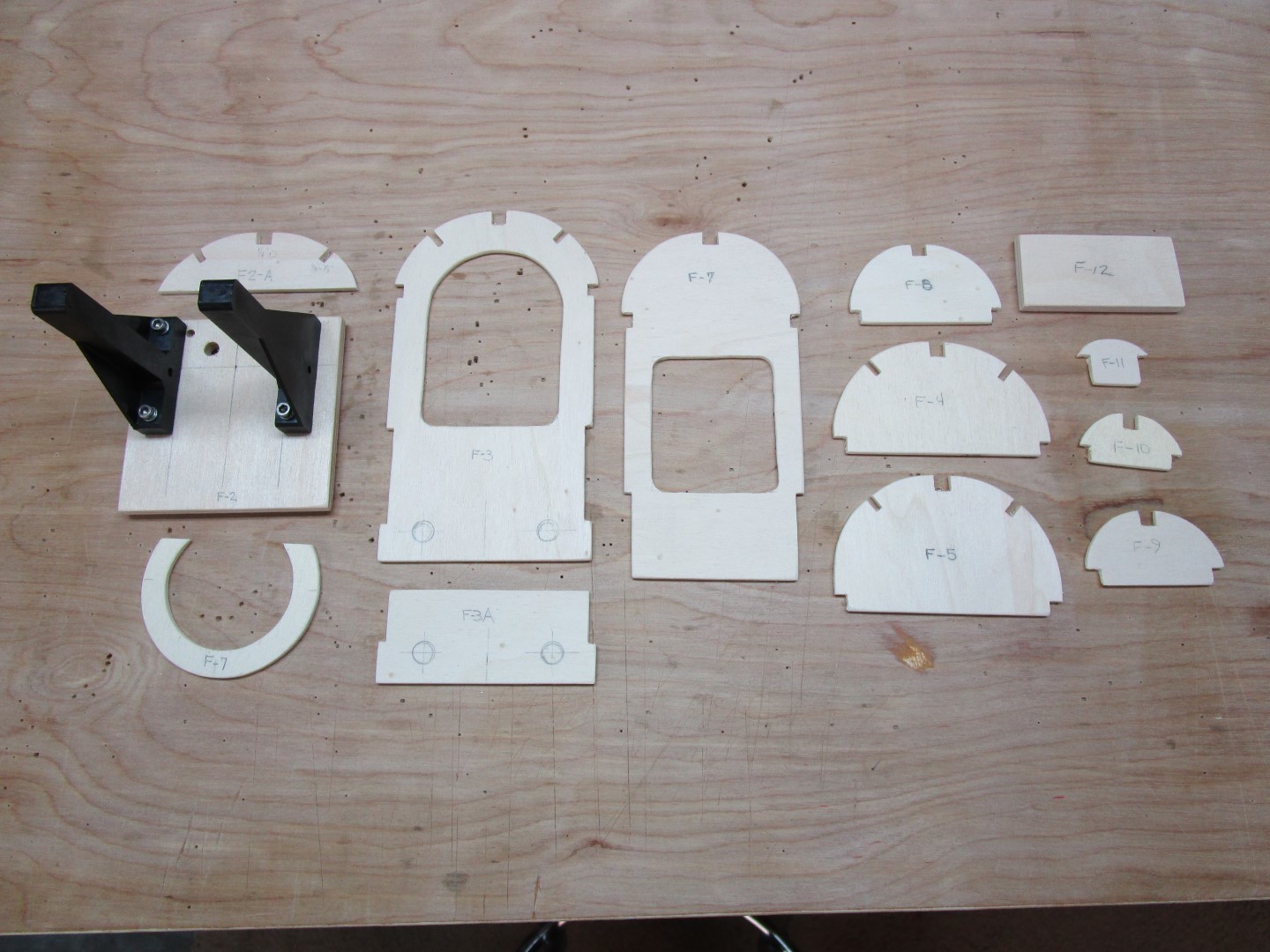
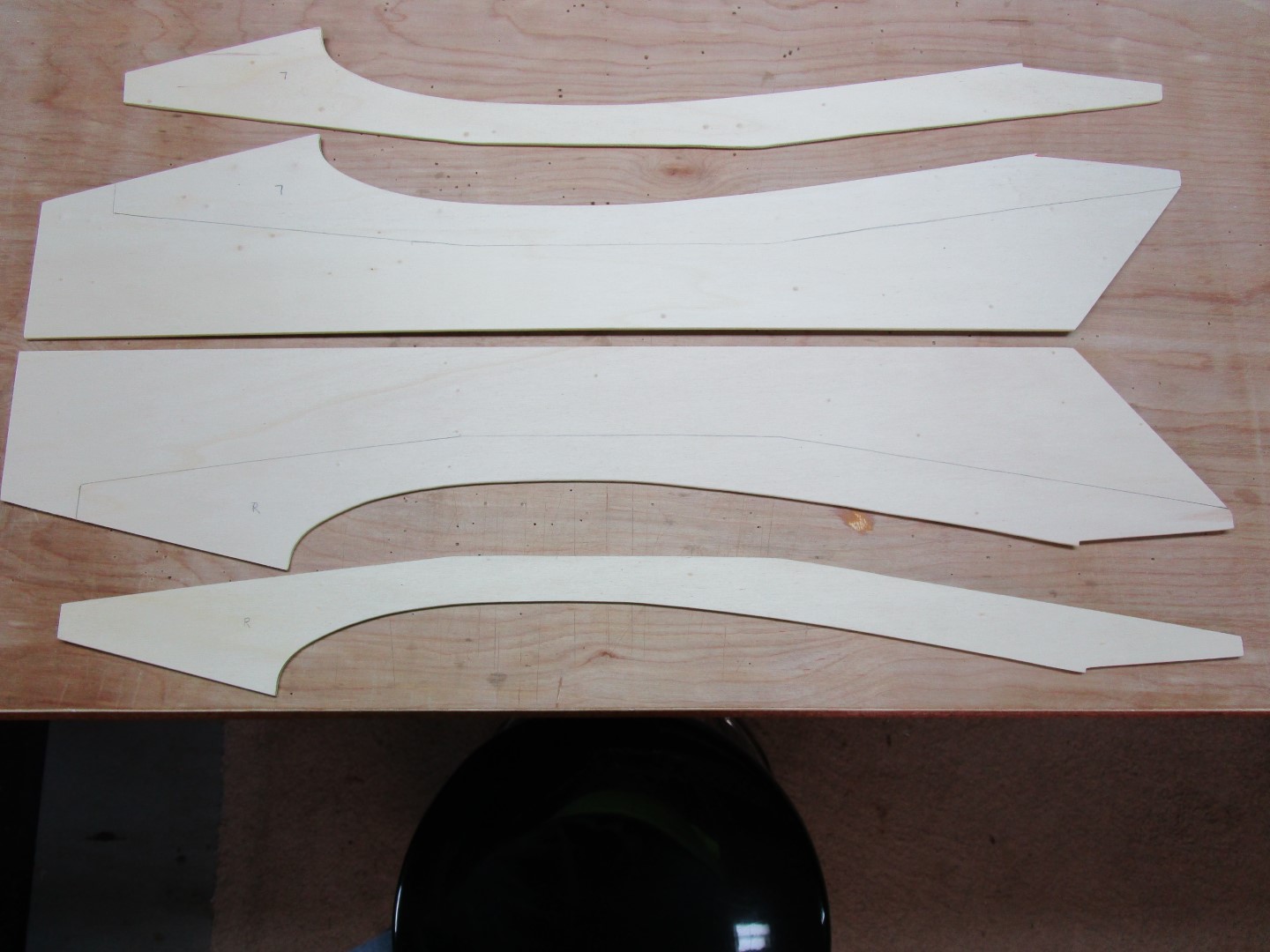
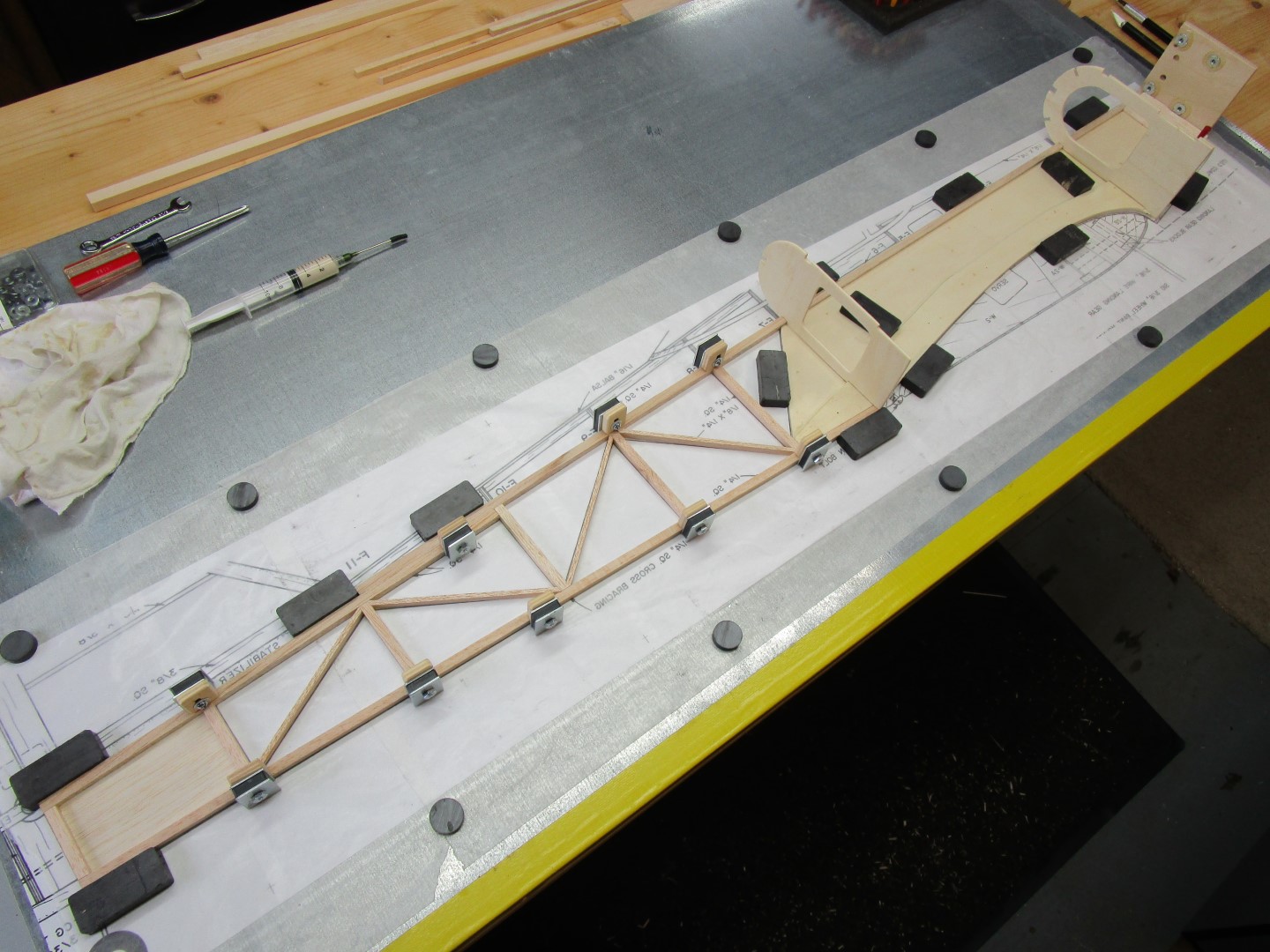



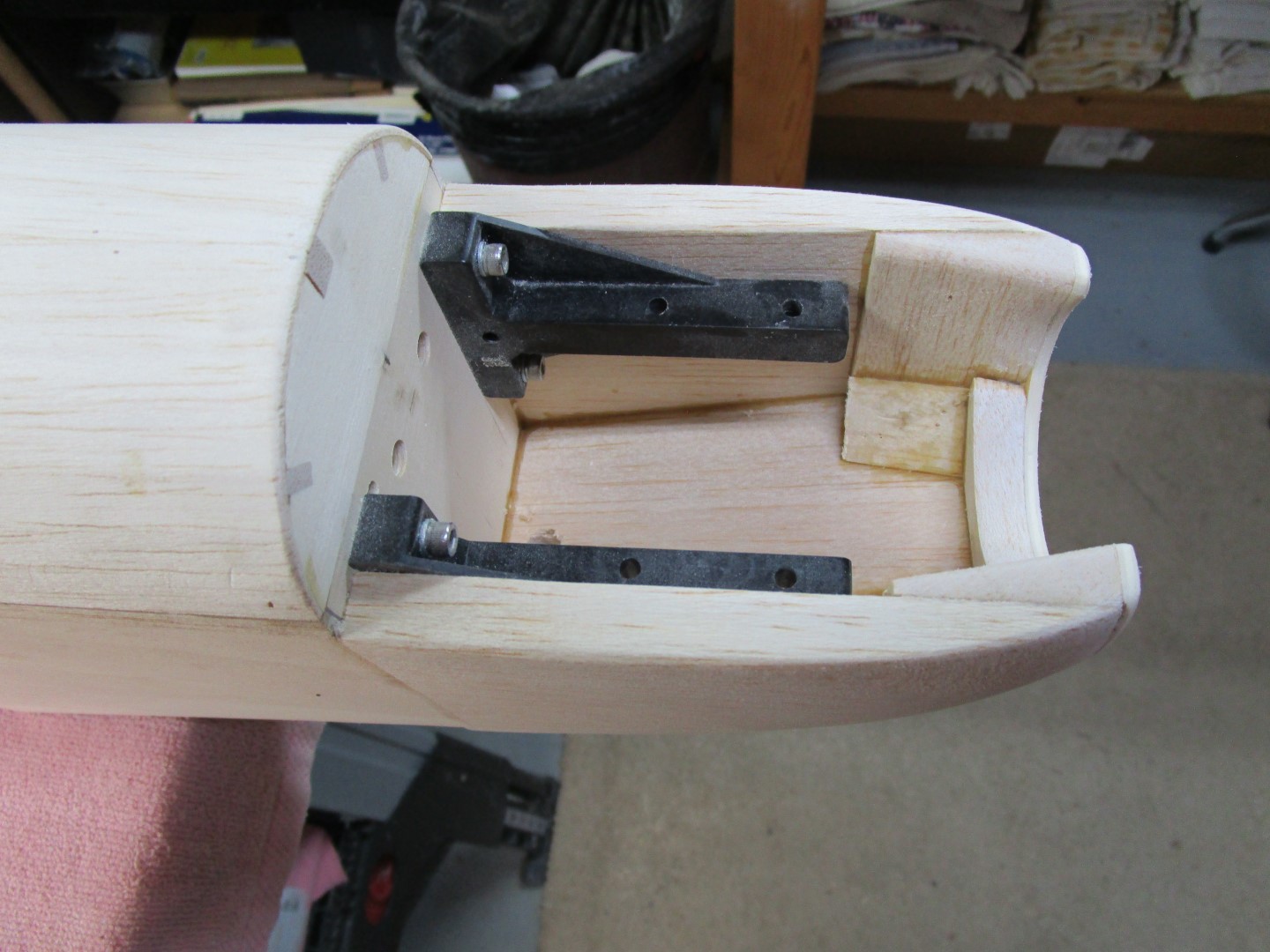
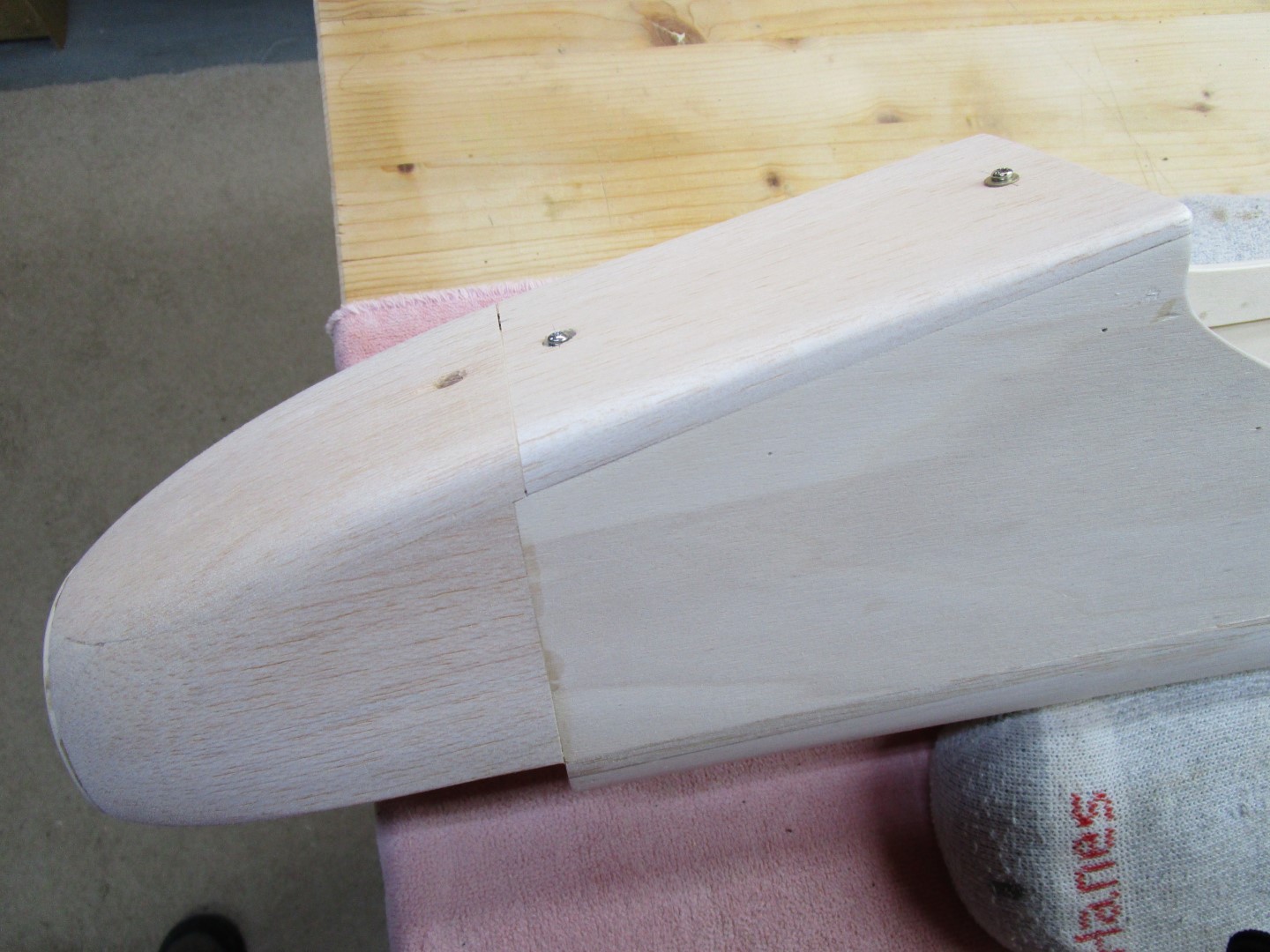






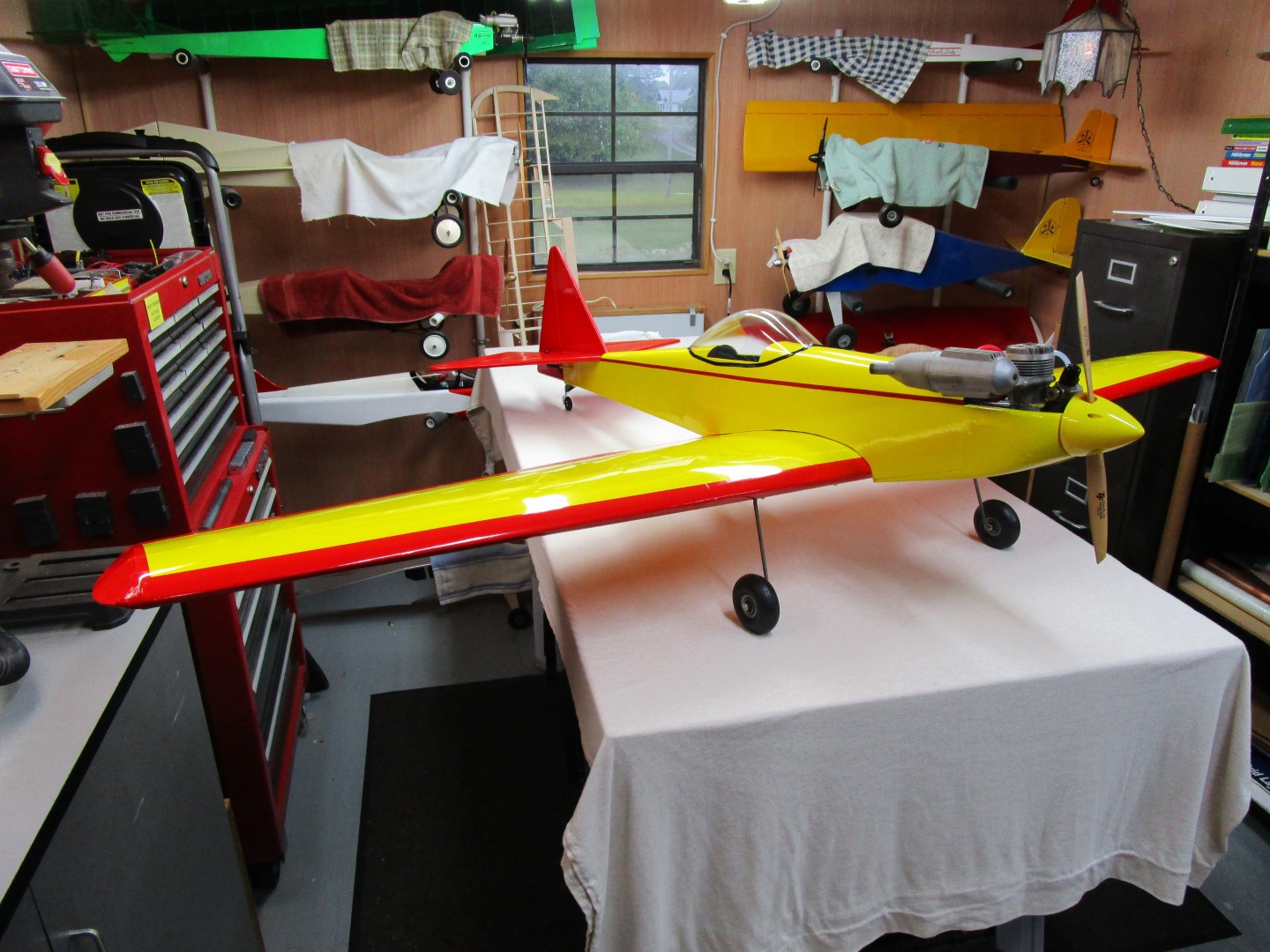
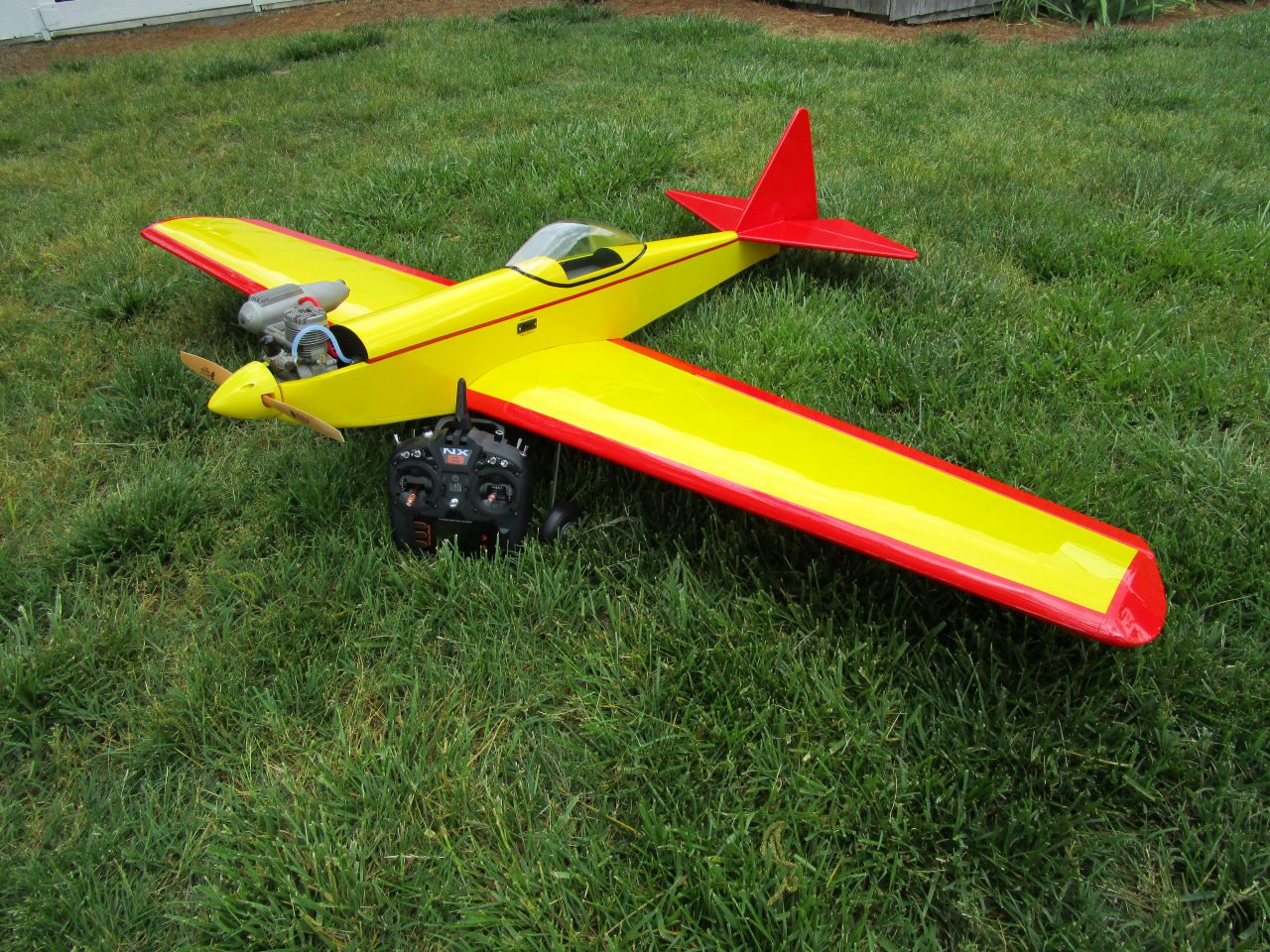

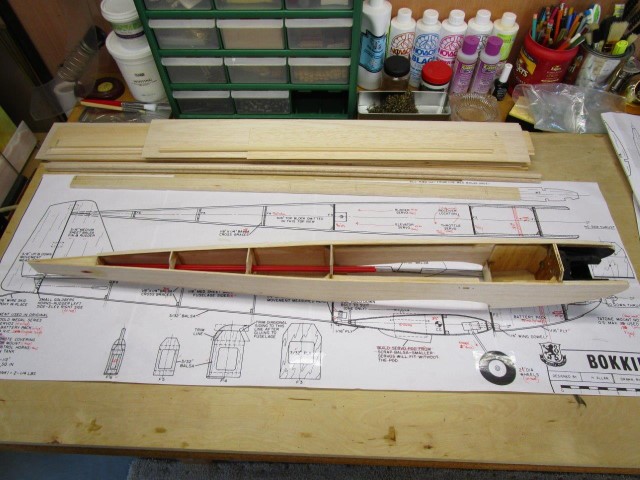





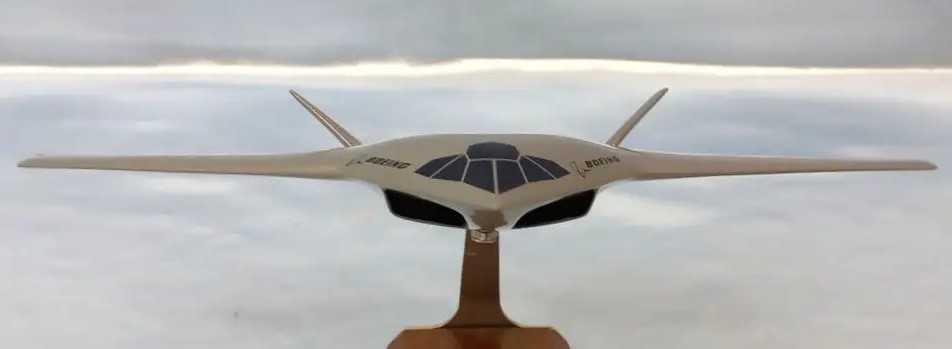


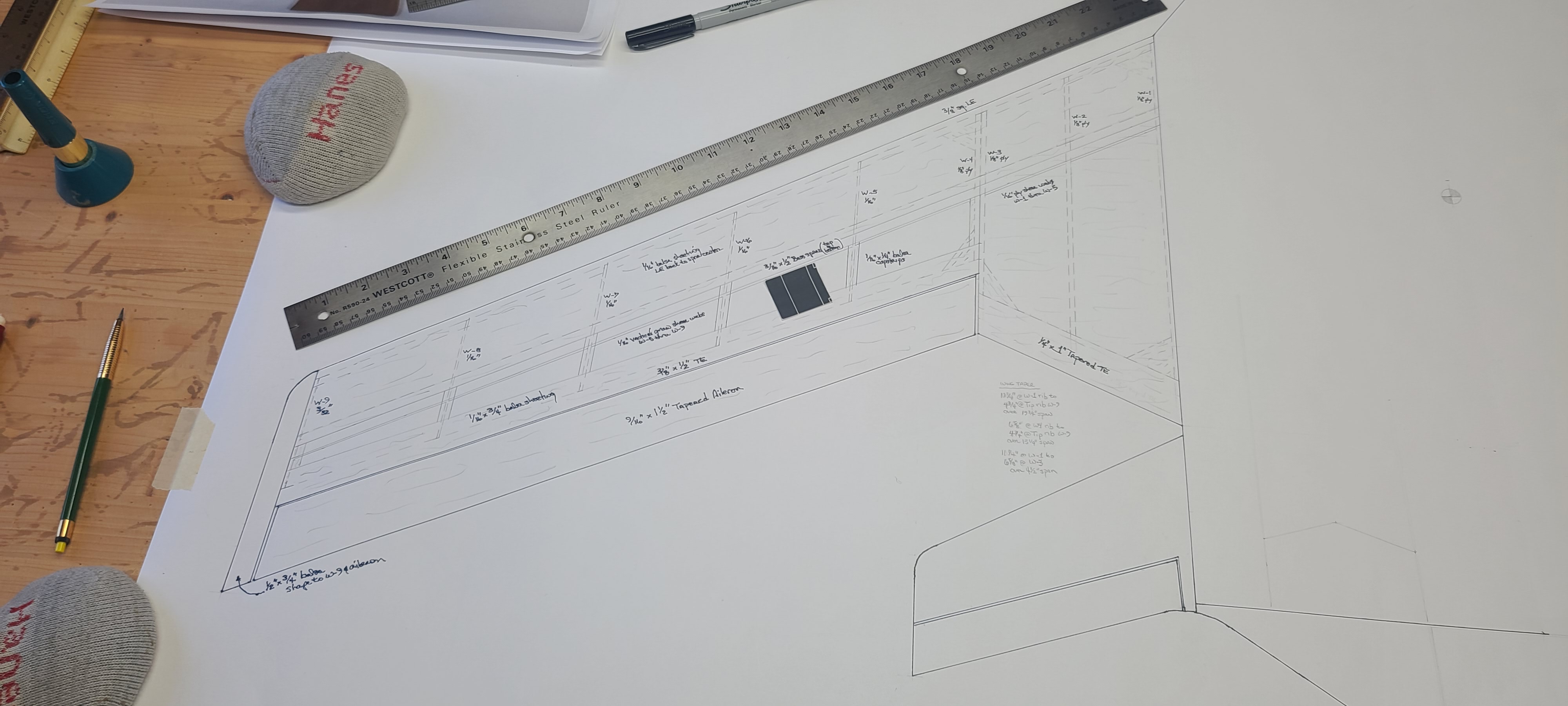



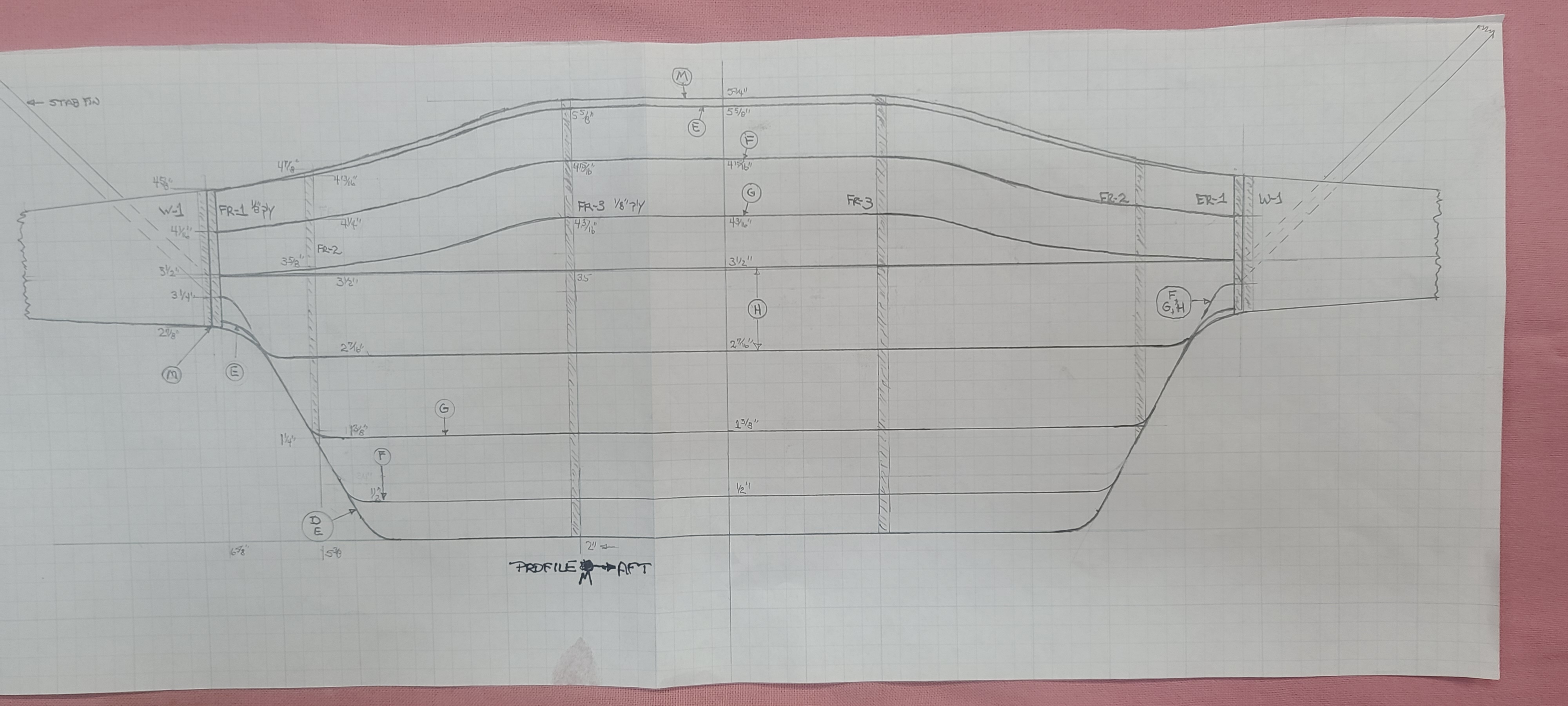

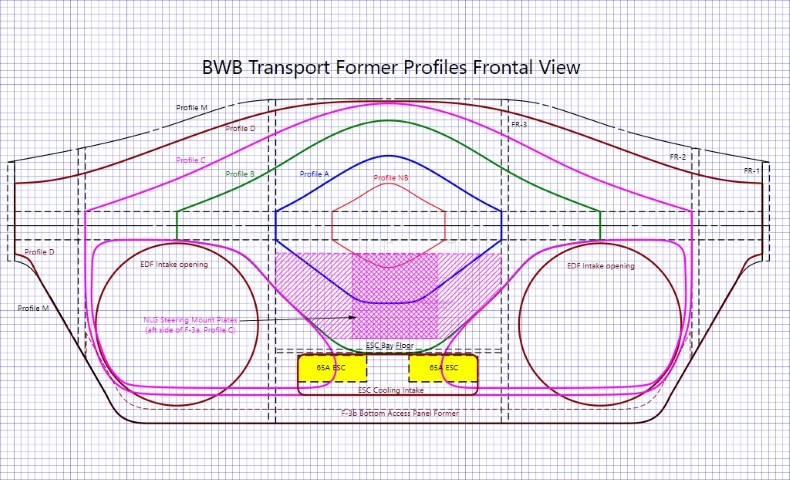
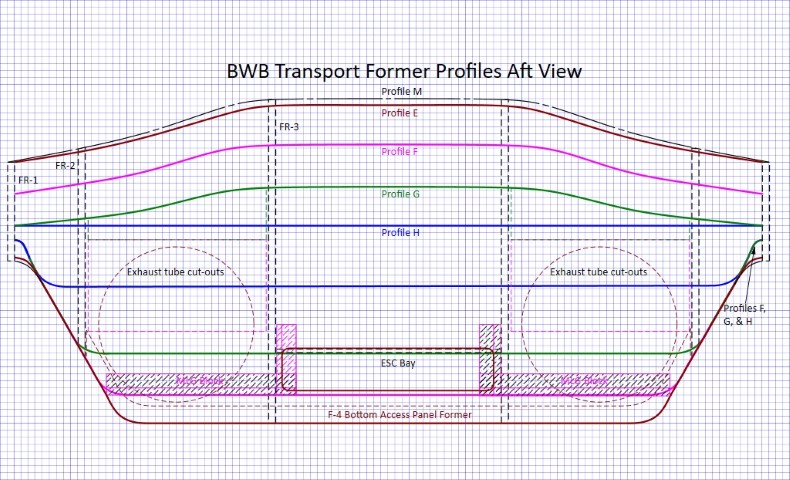

.jpg)
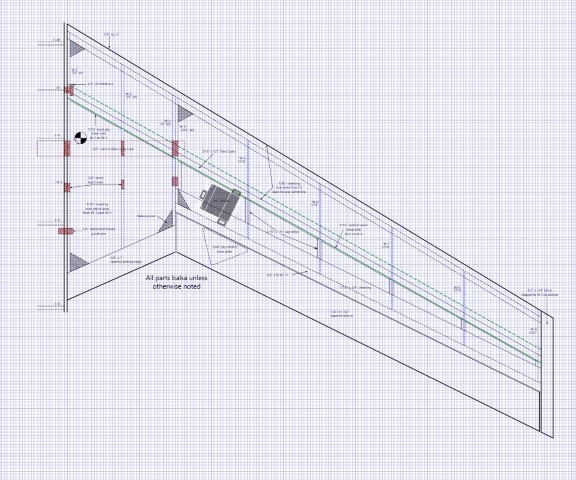








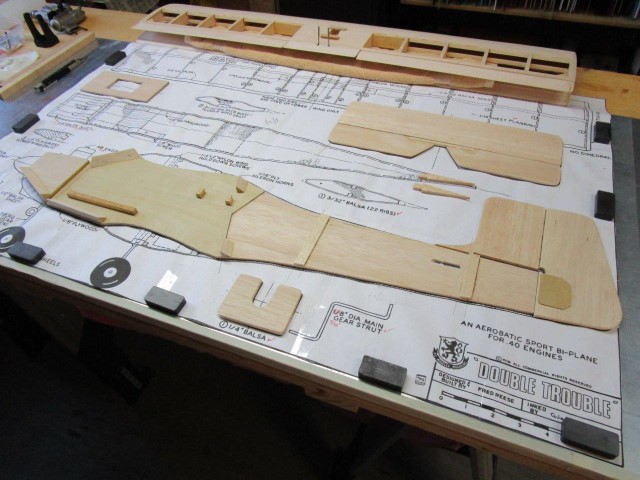
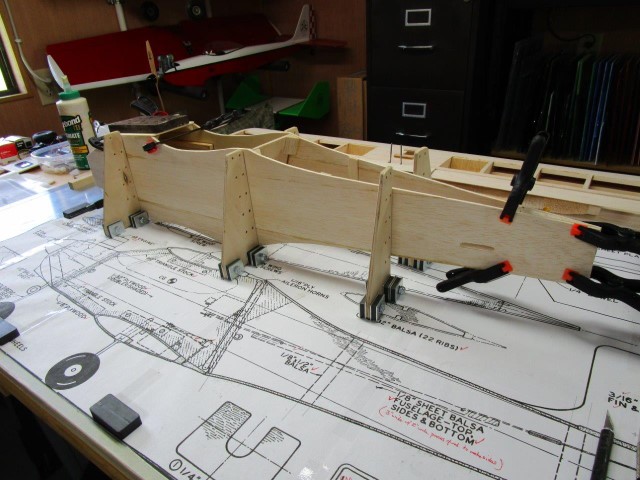
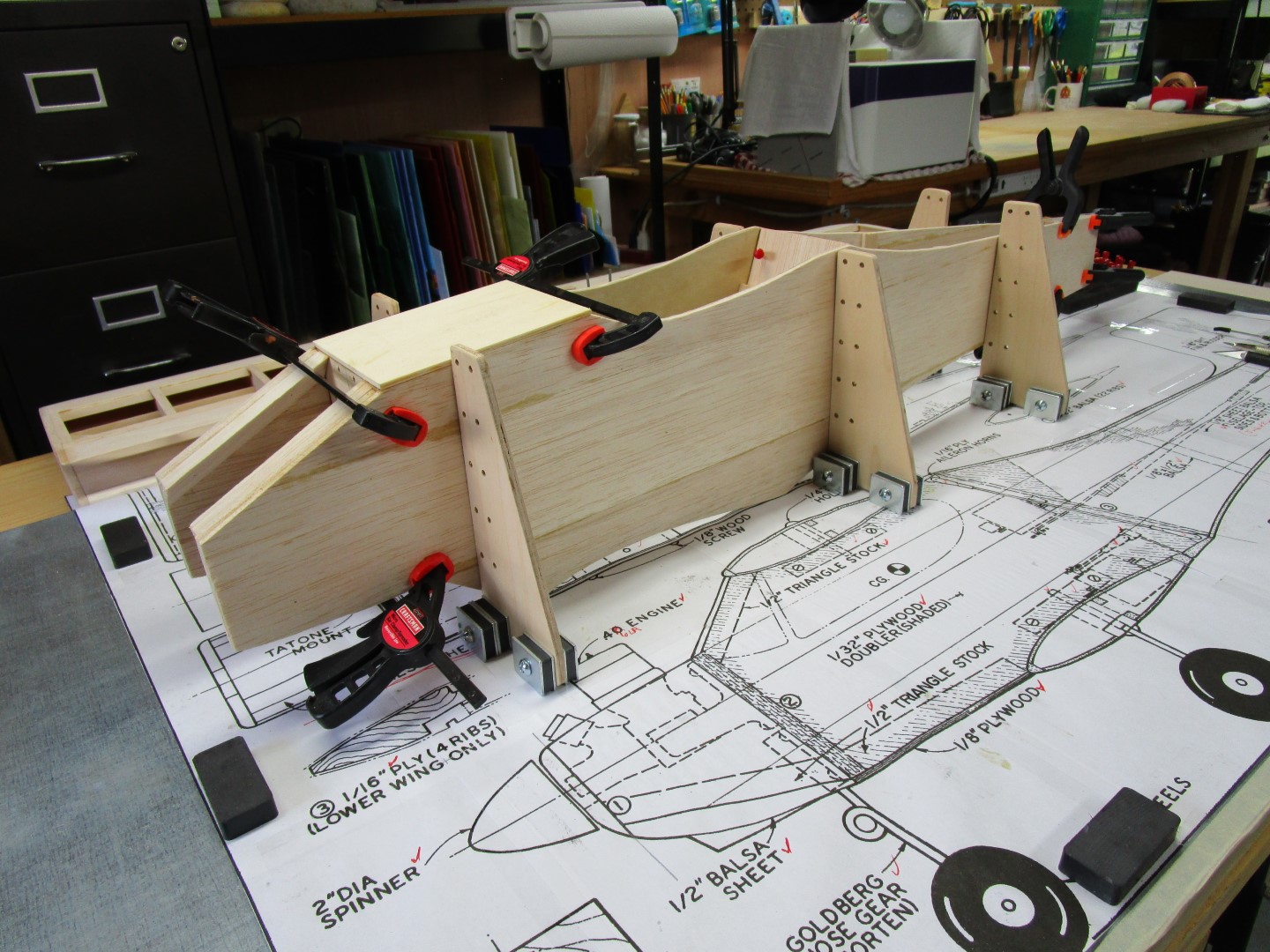

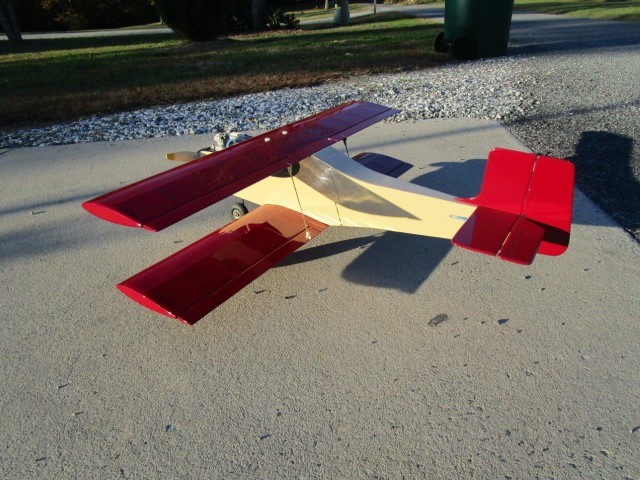

.jpg)
.jpg)
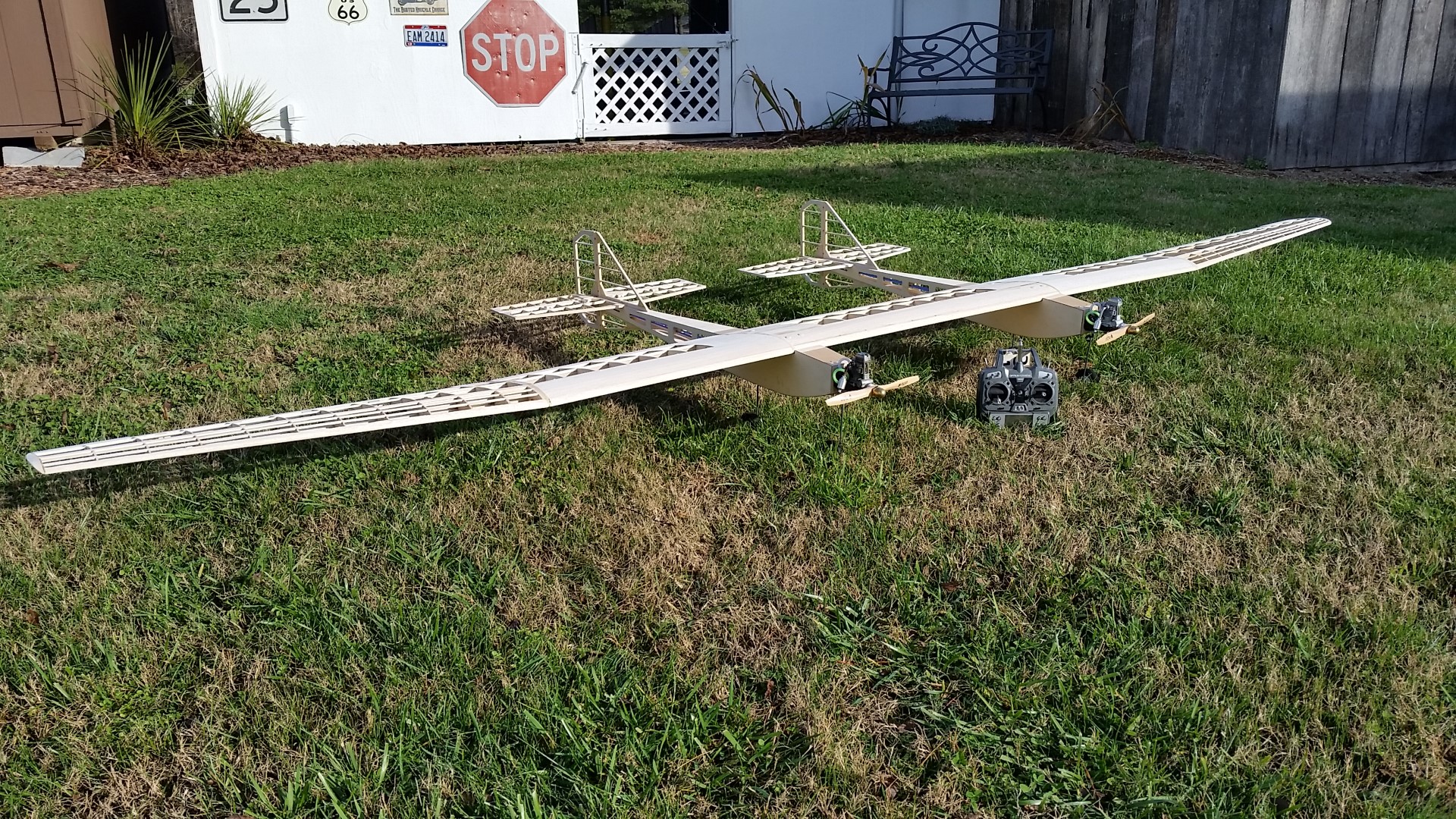











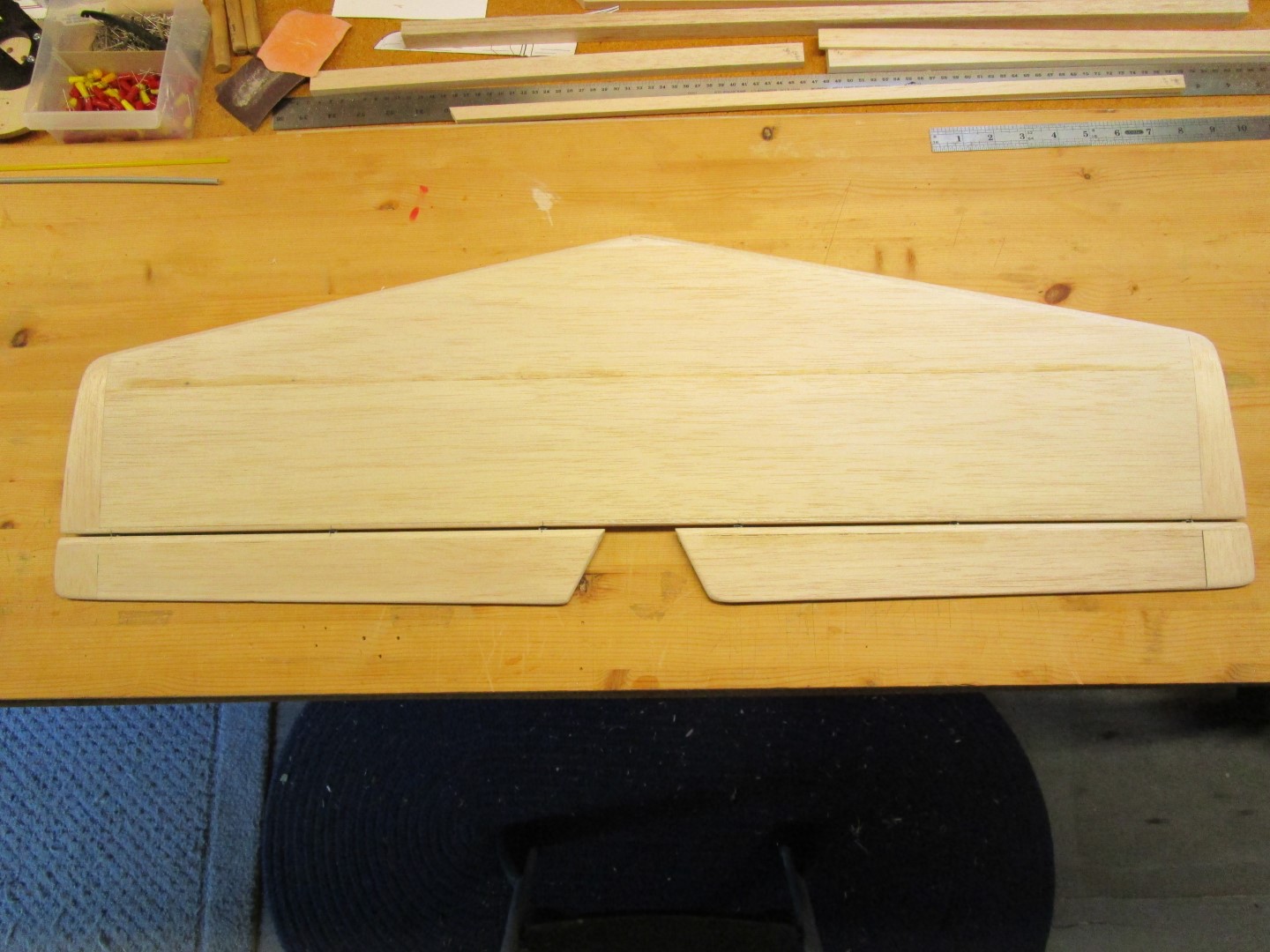
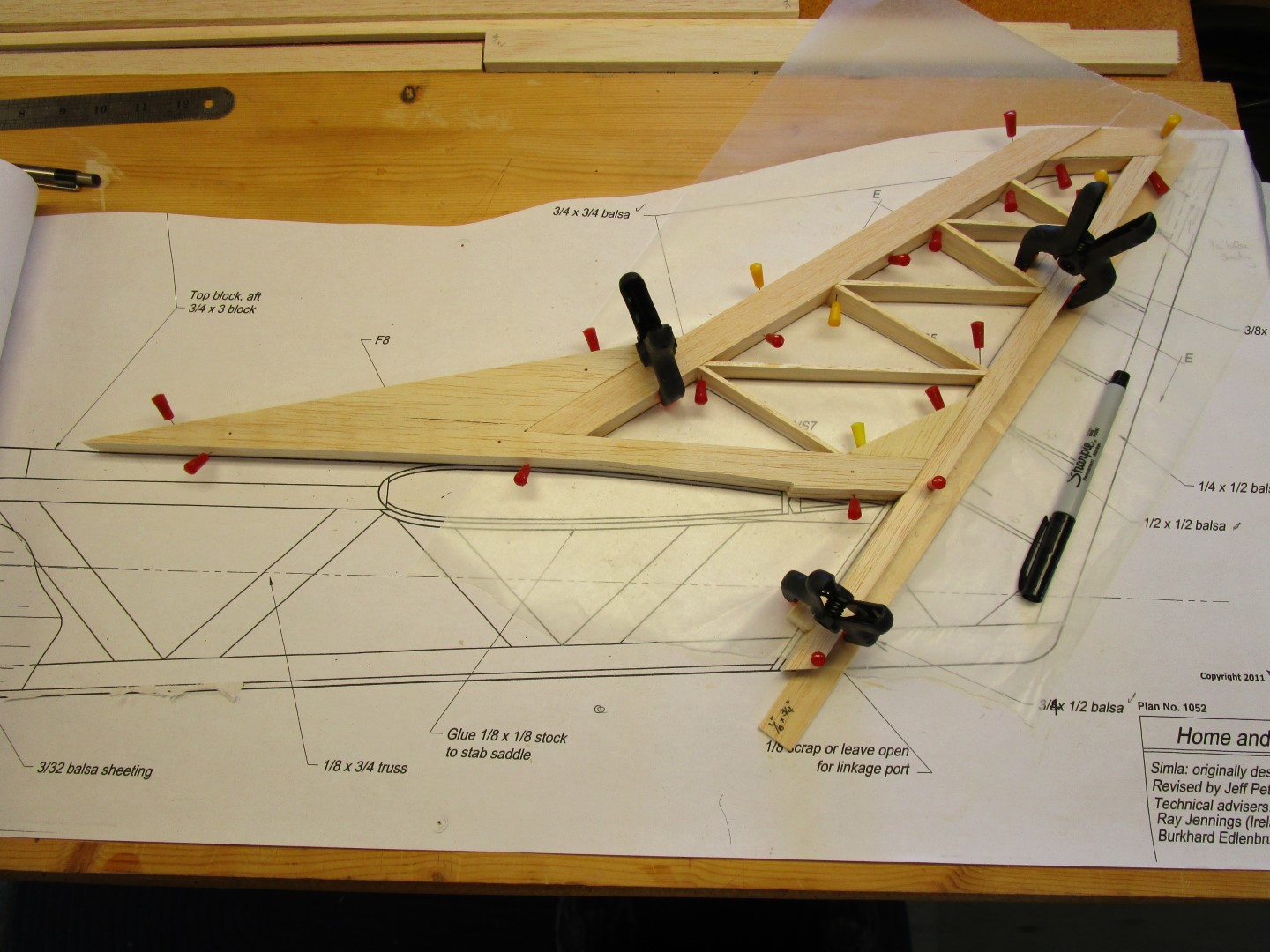


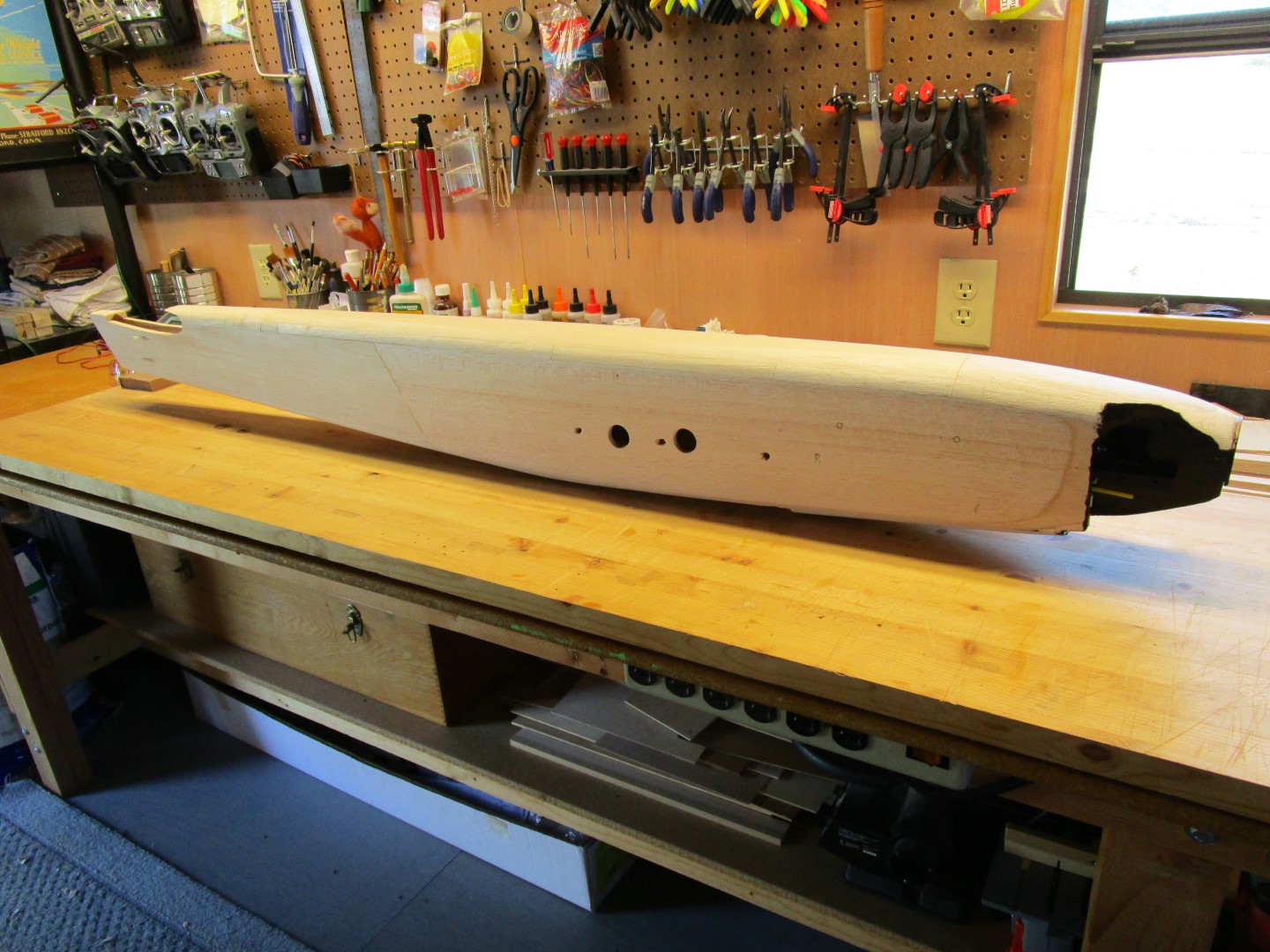
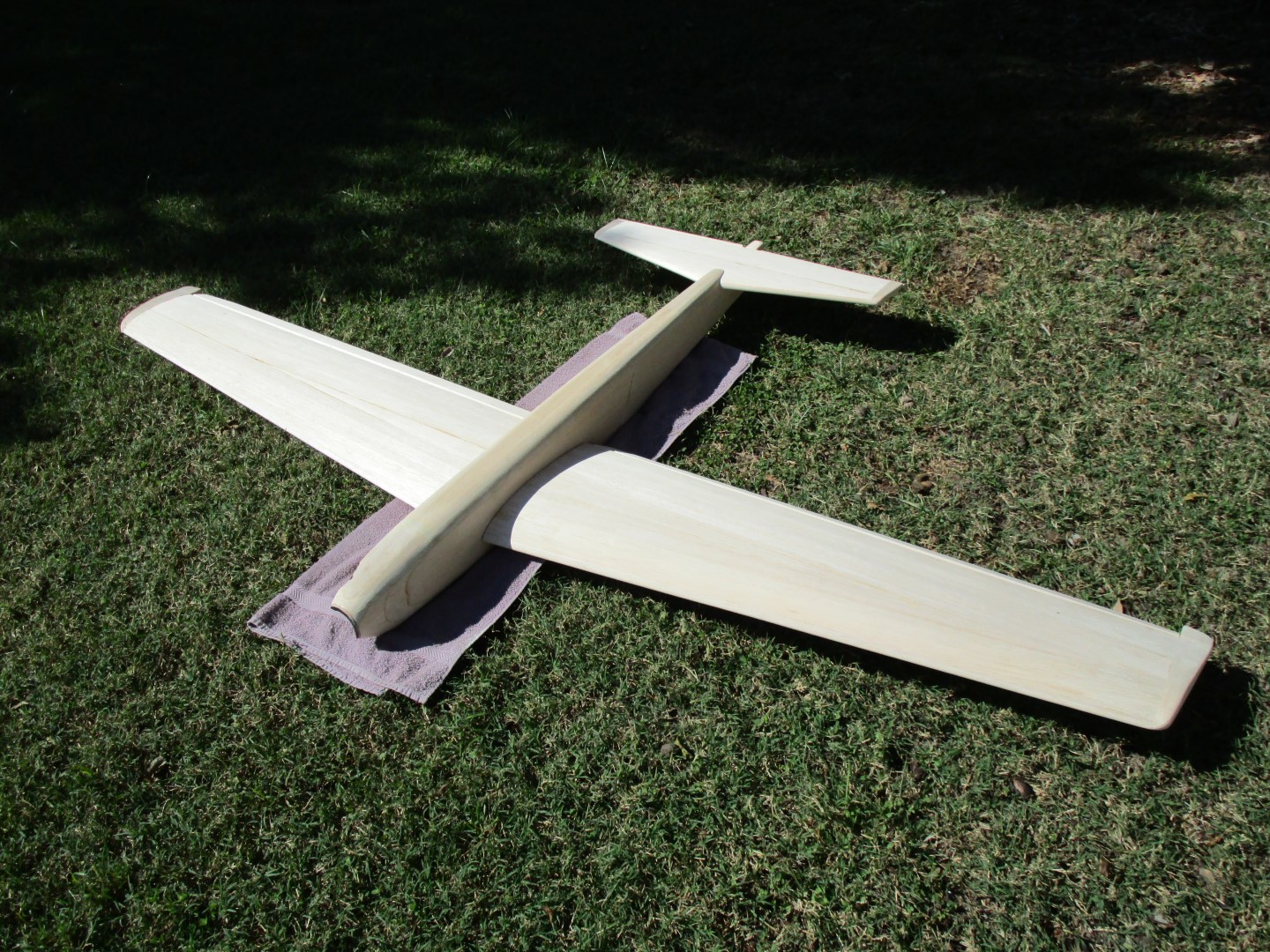
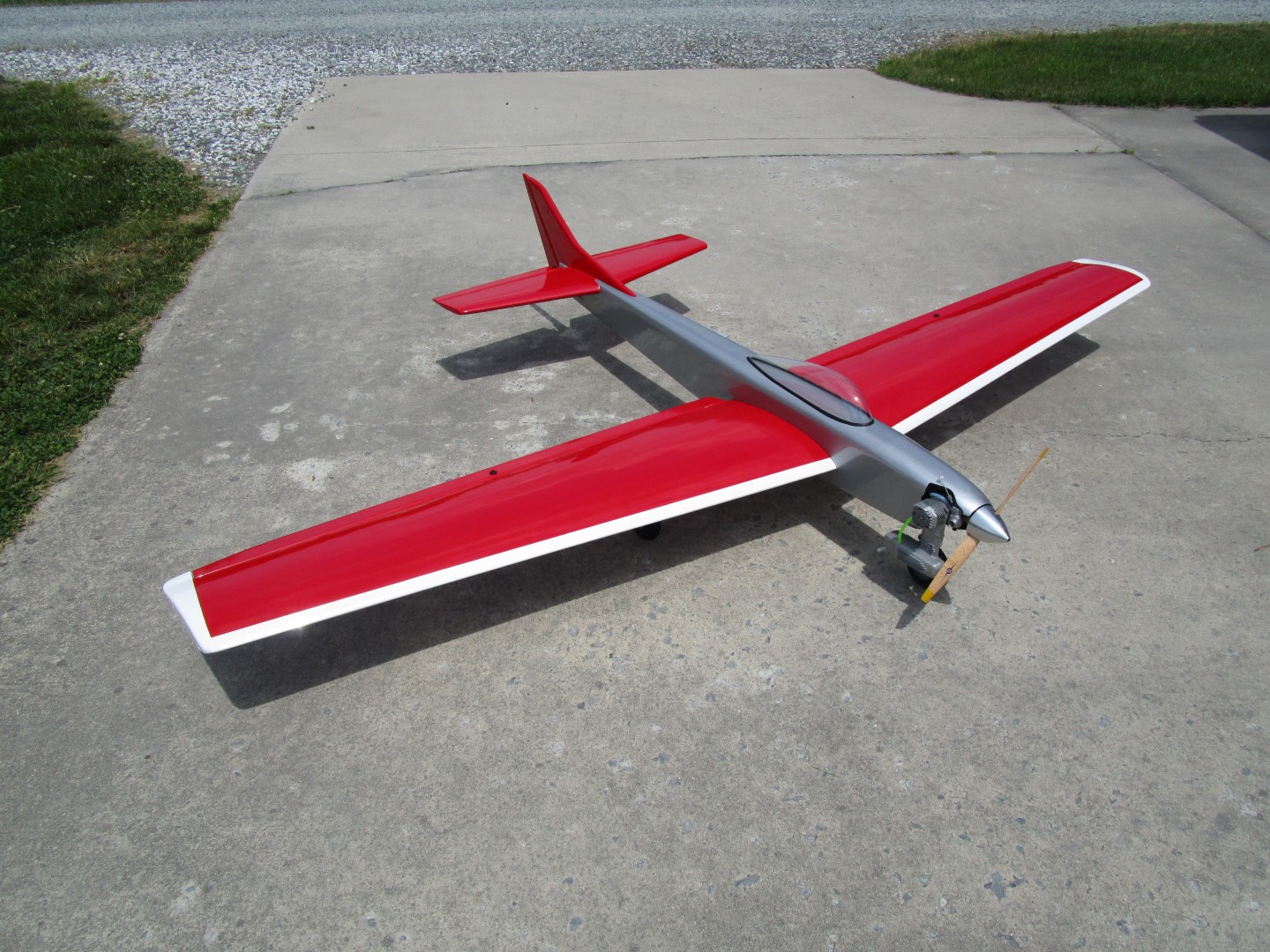







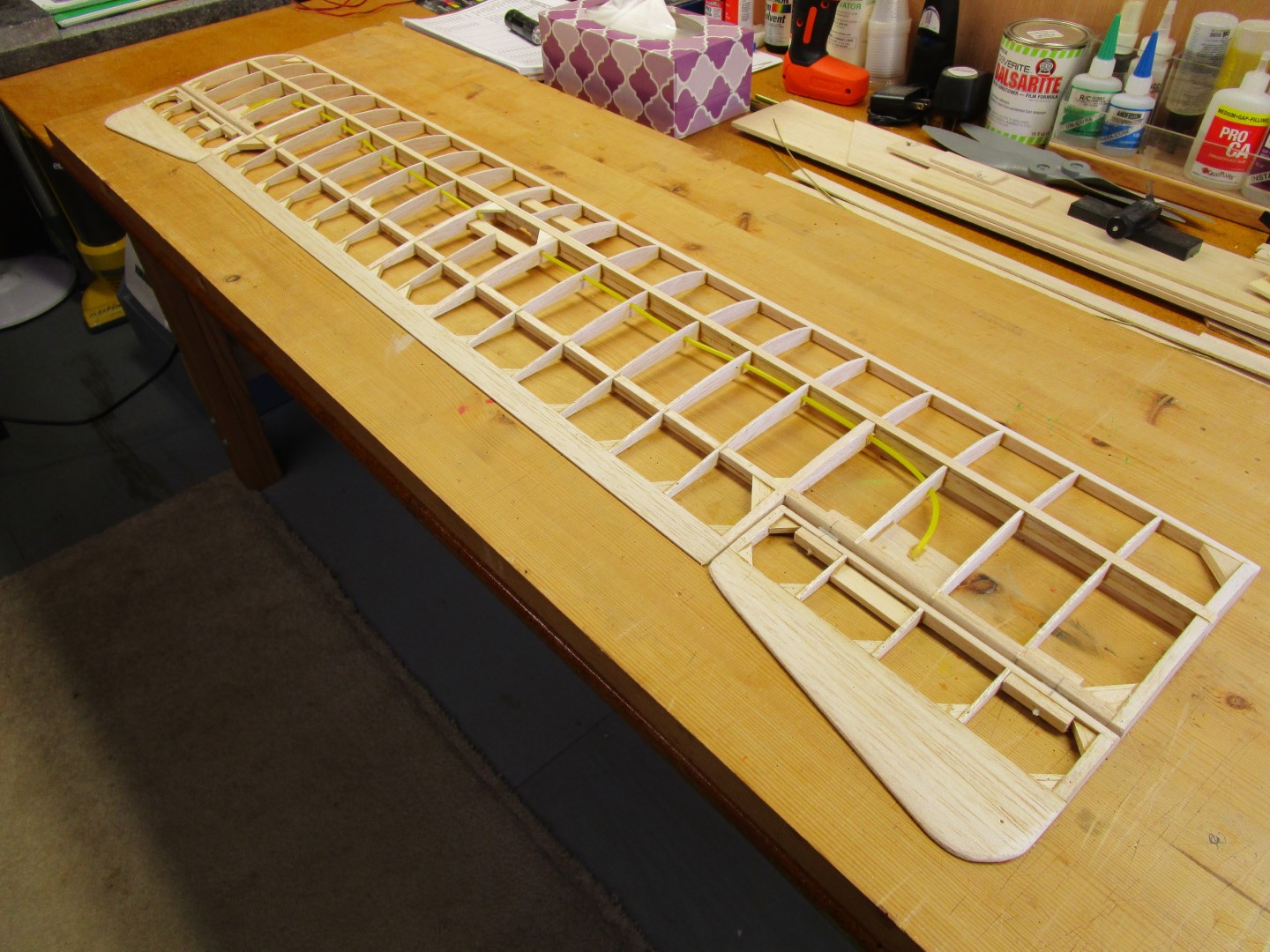


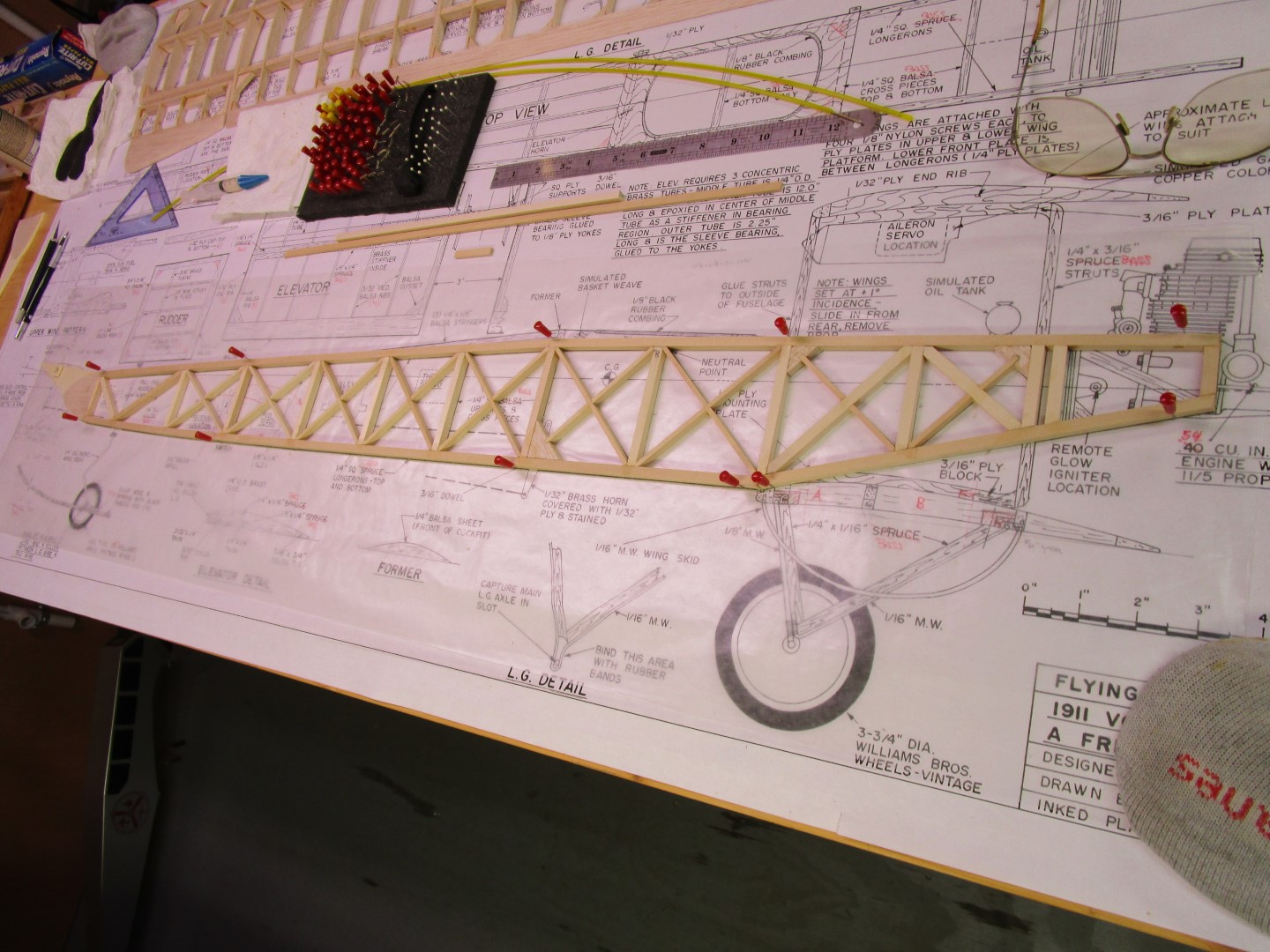







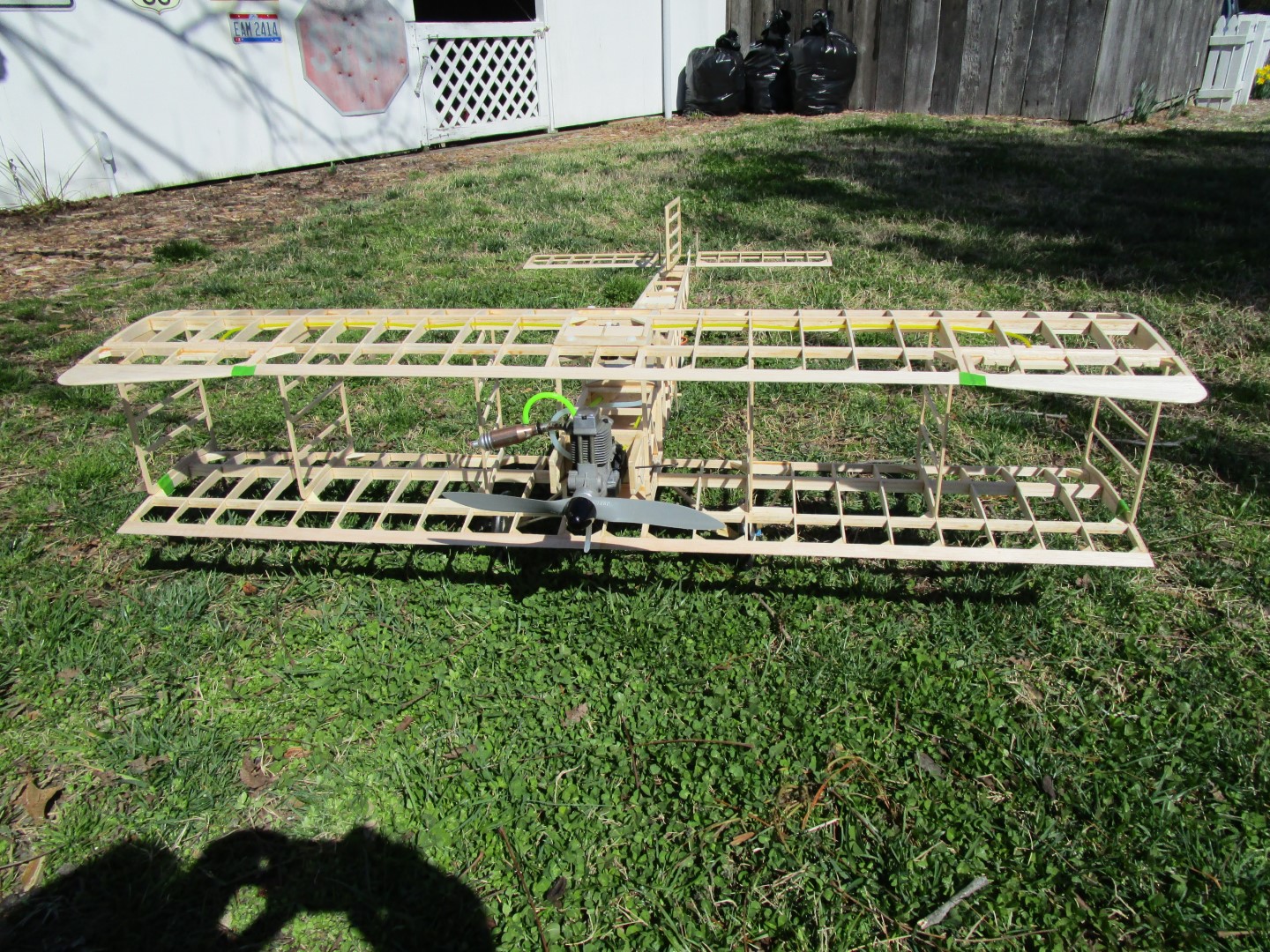
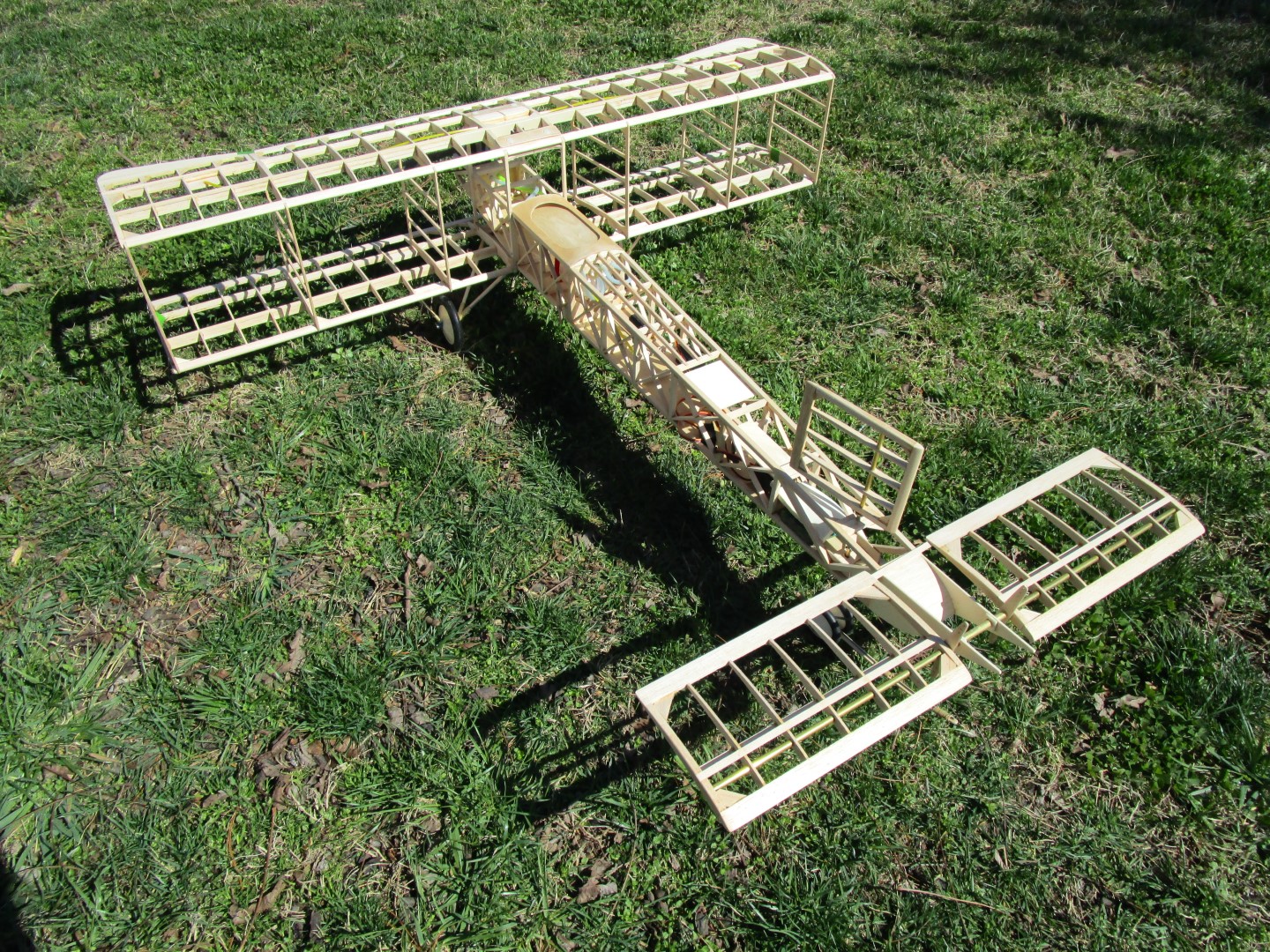
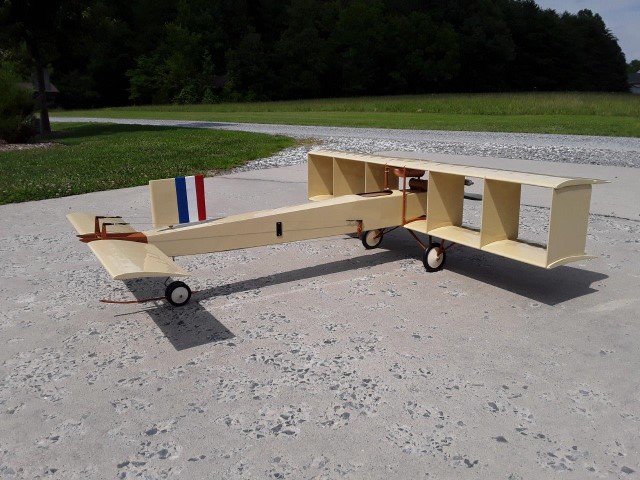





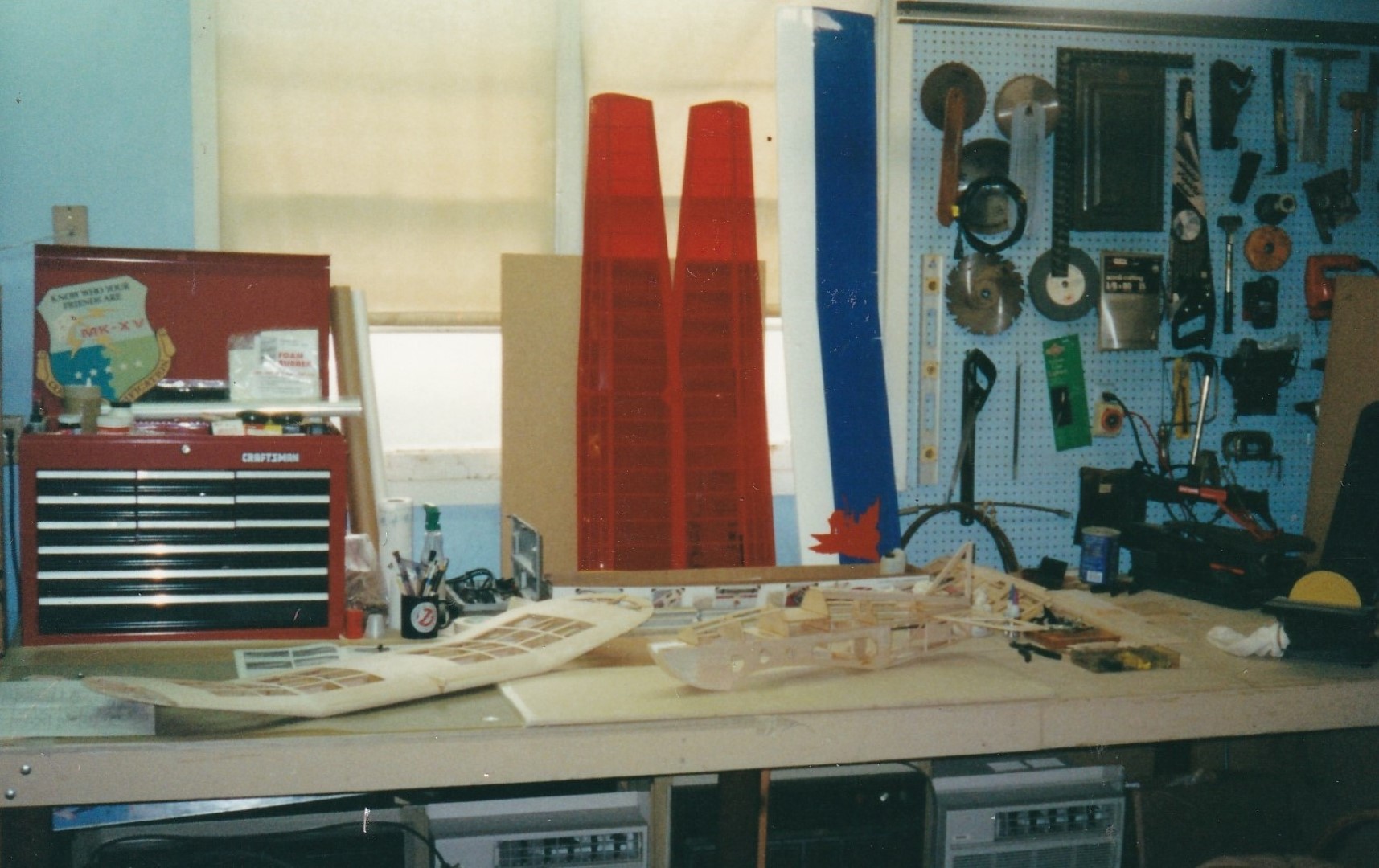
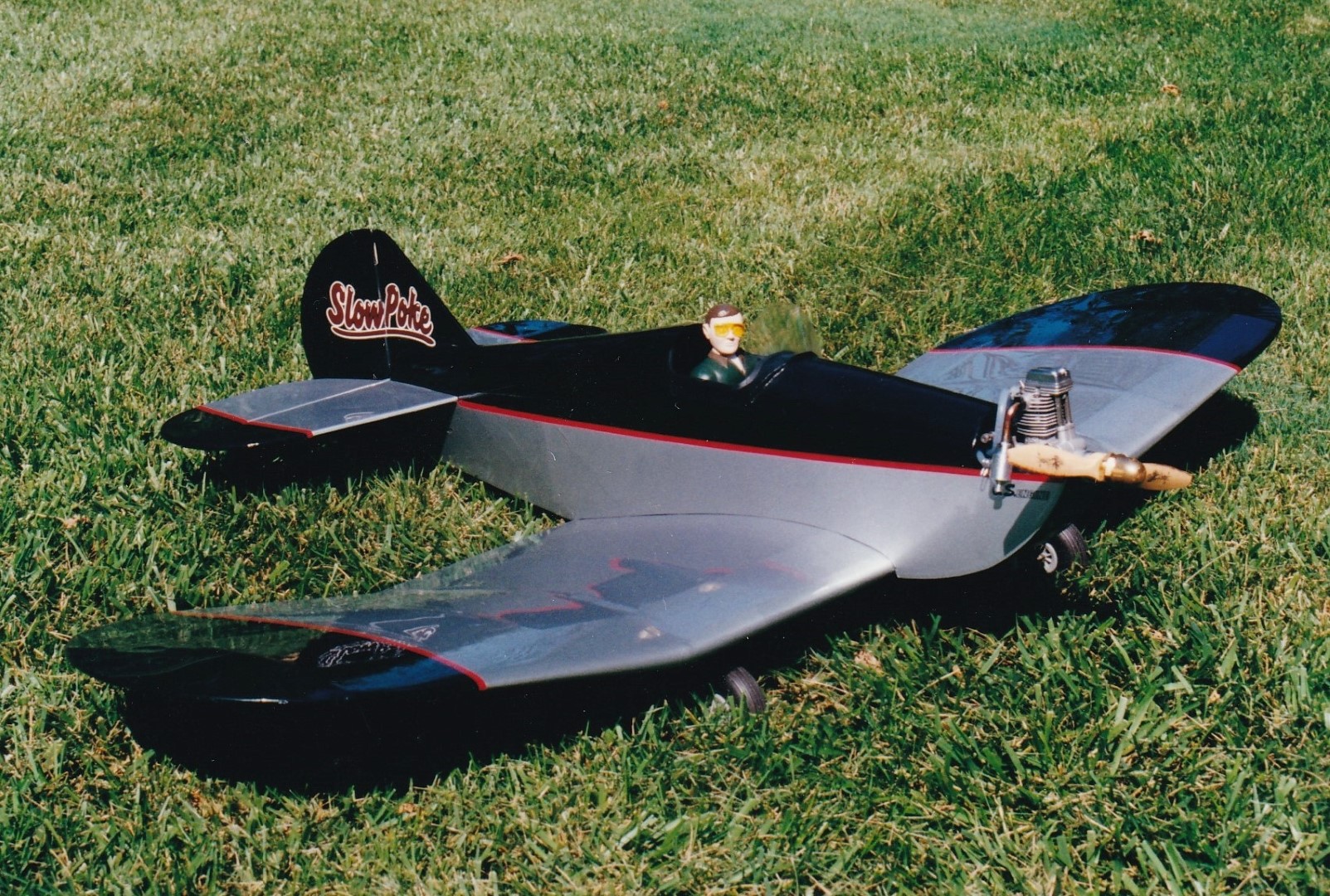












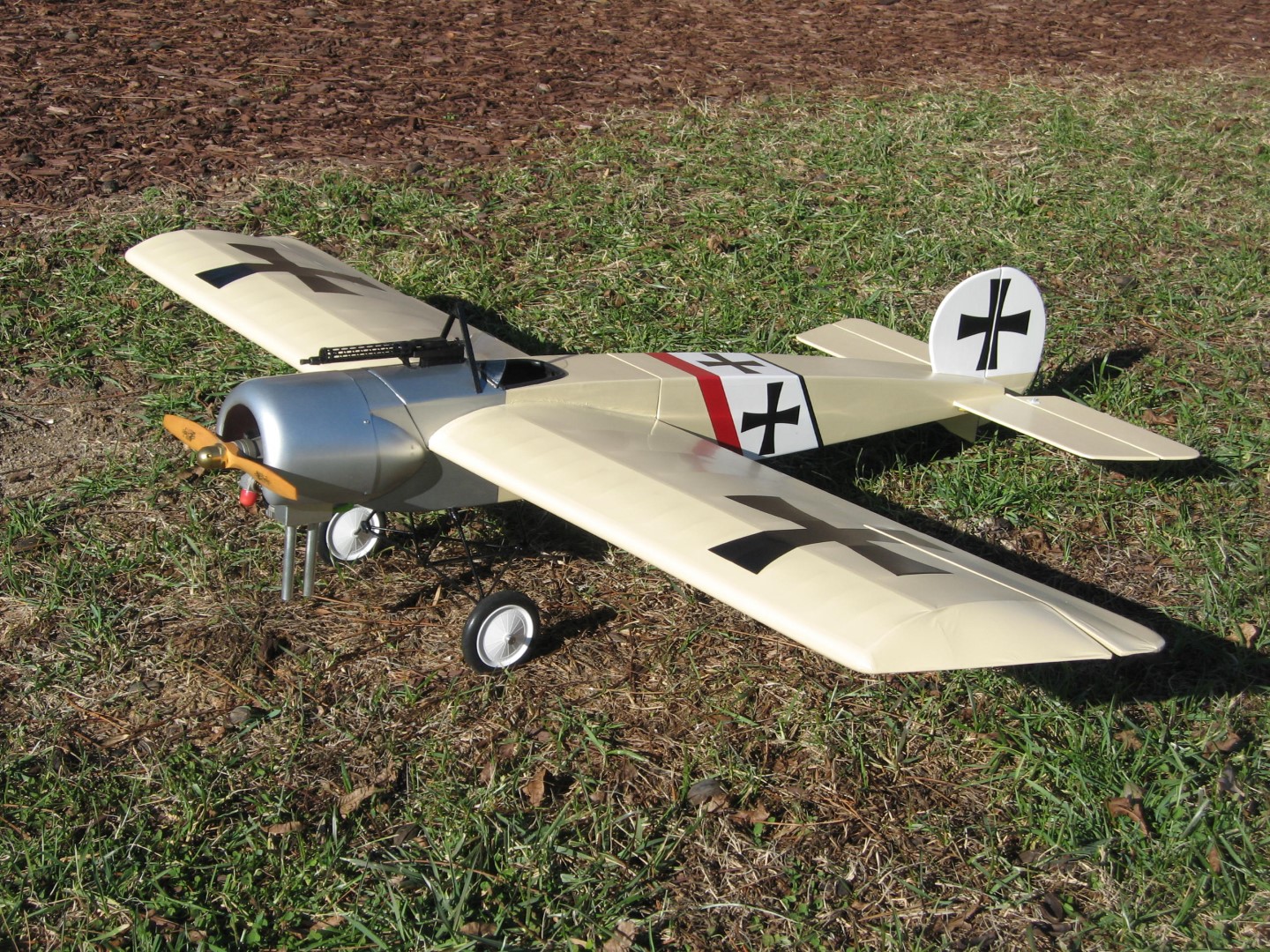



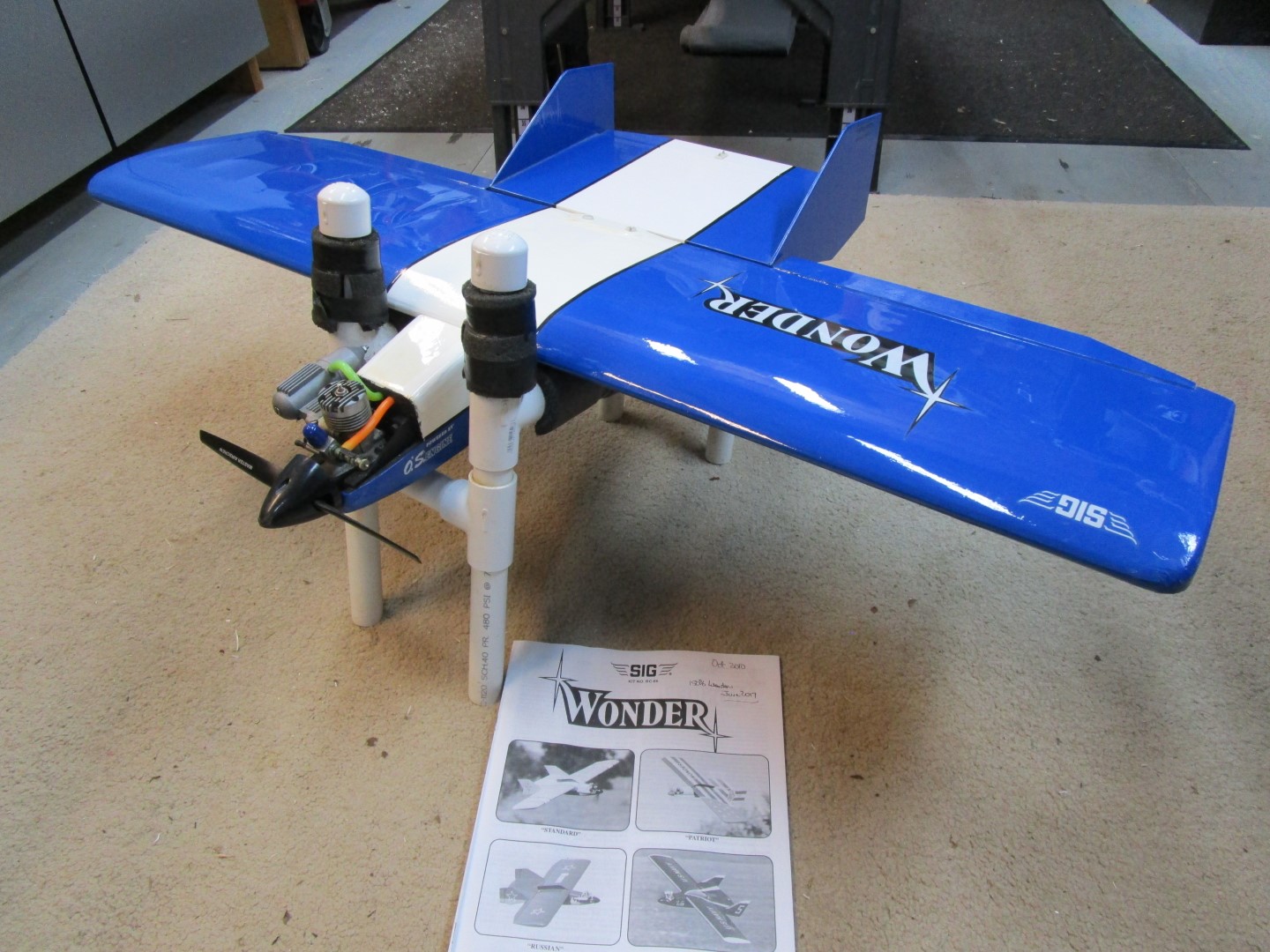
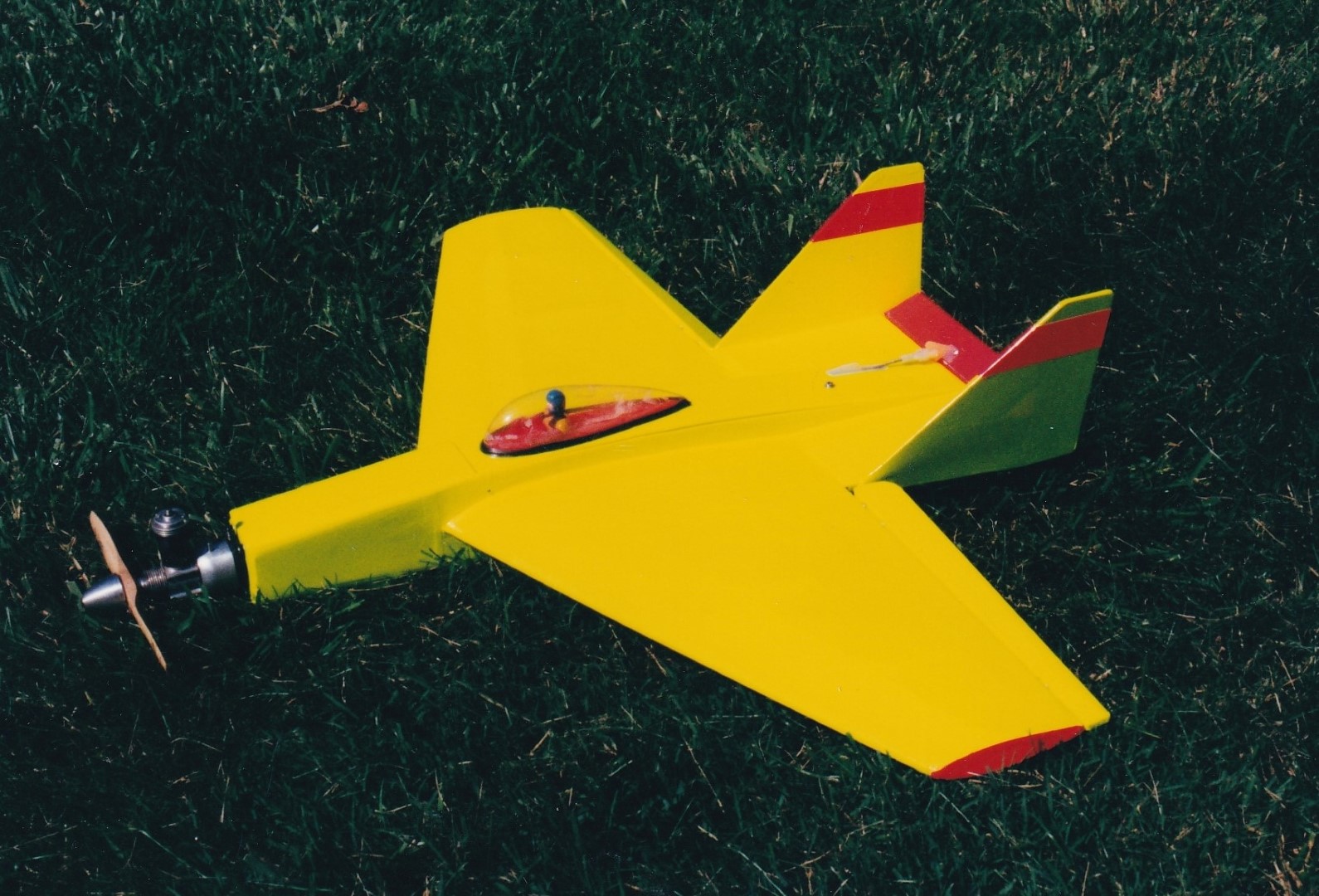
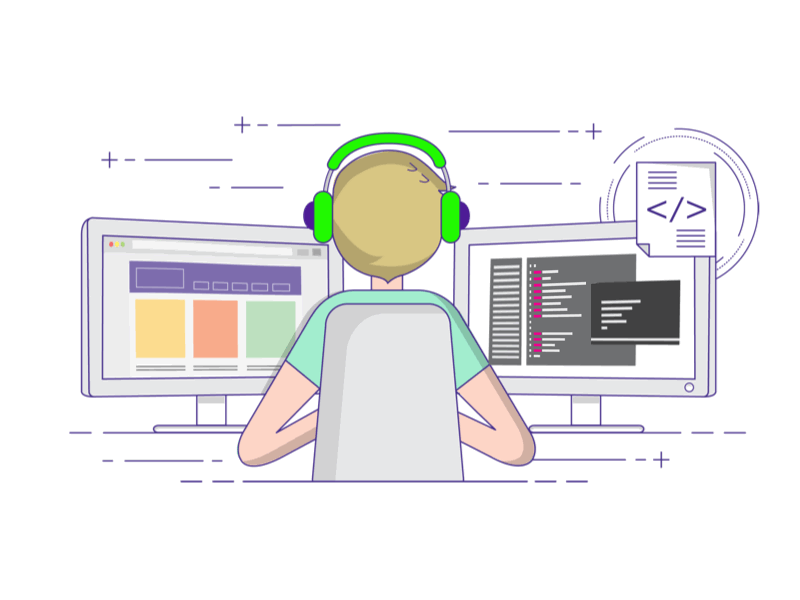 All HTML & CSS Coded by Larry
All HTML & CSS Coded by Larry